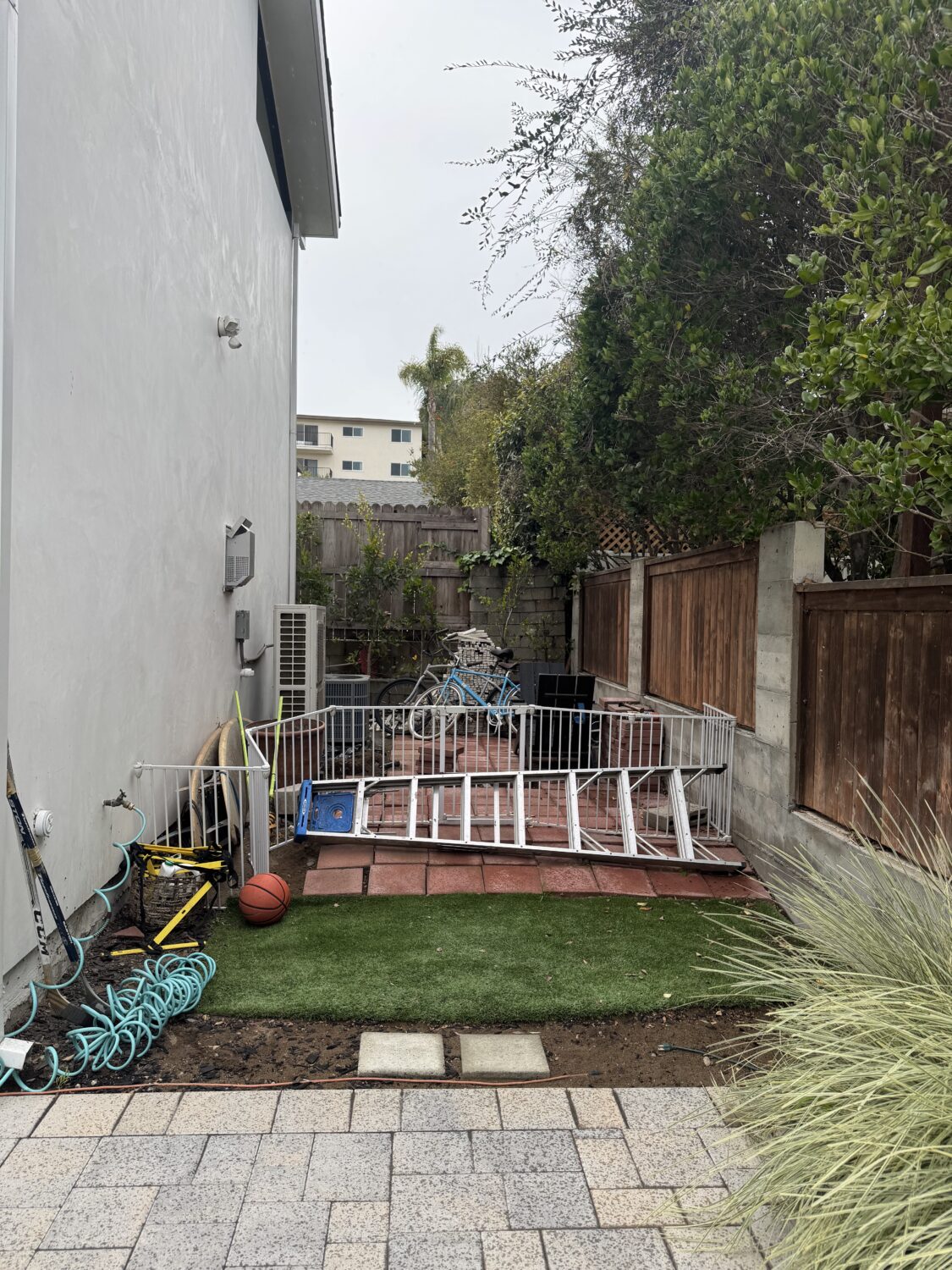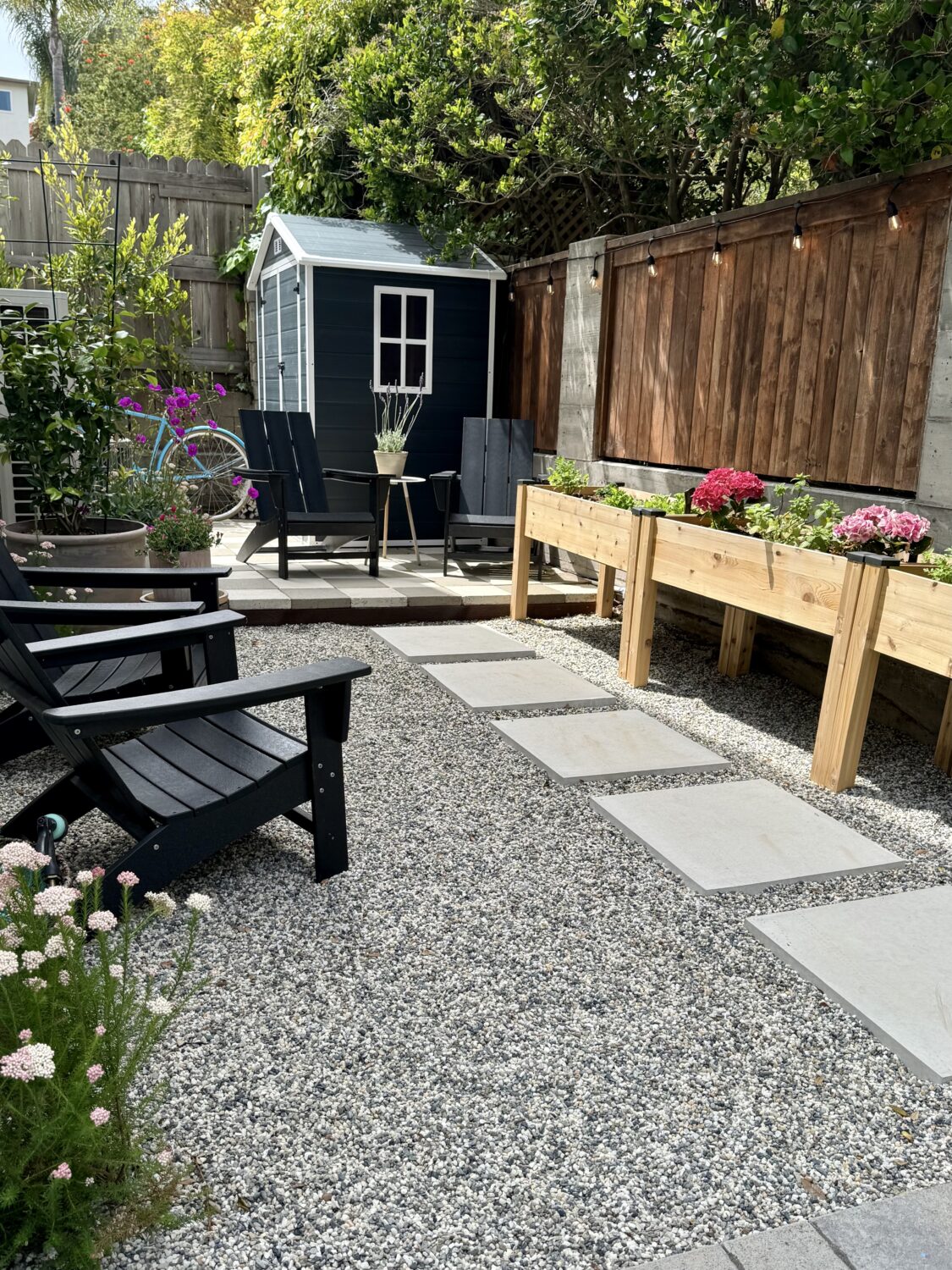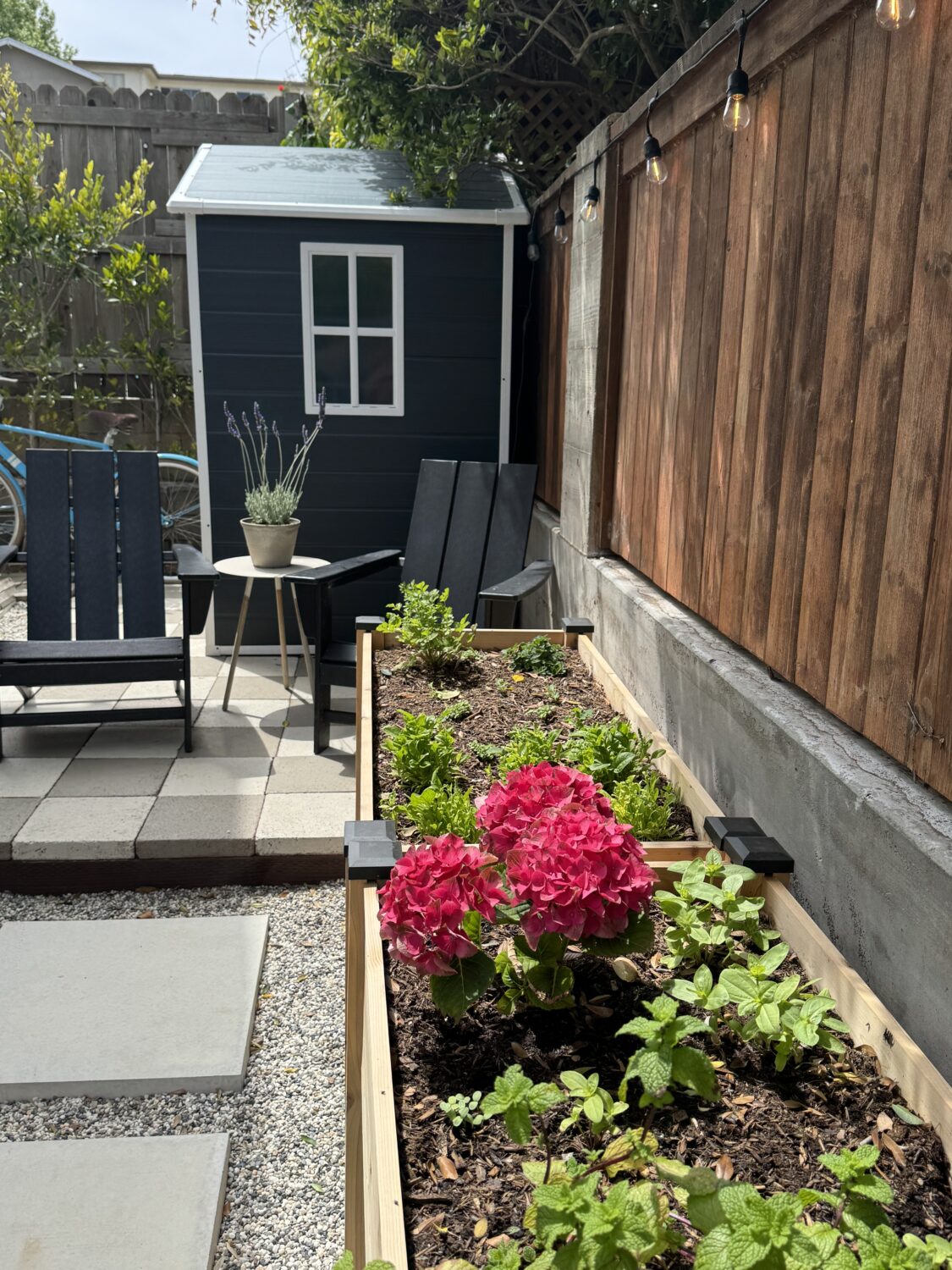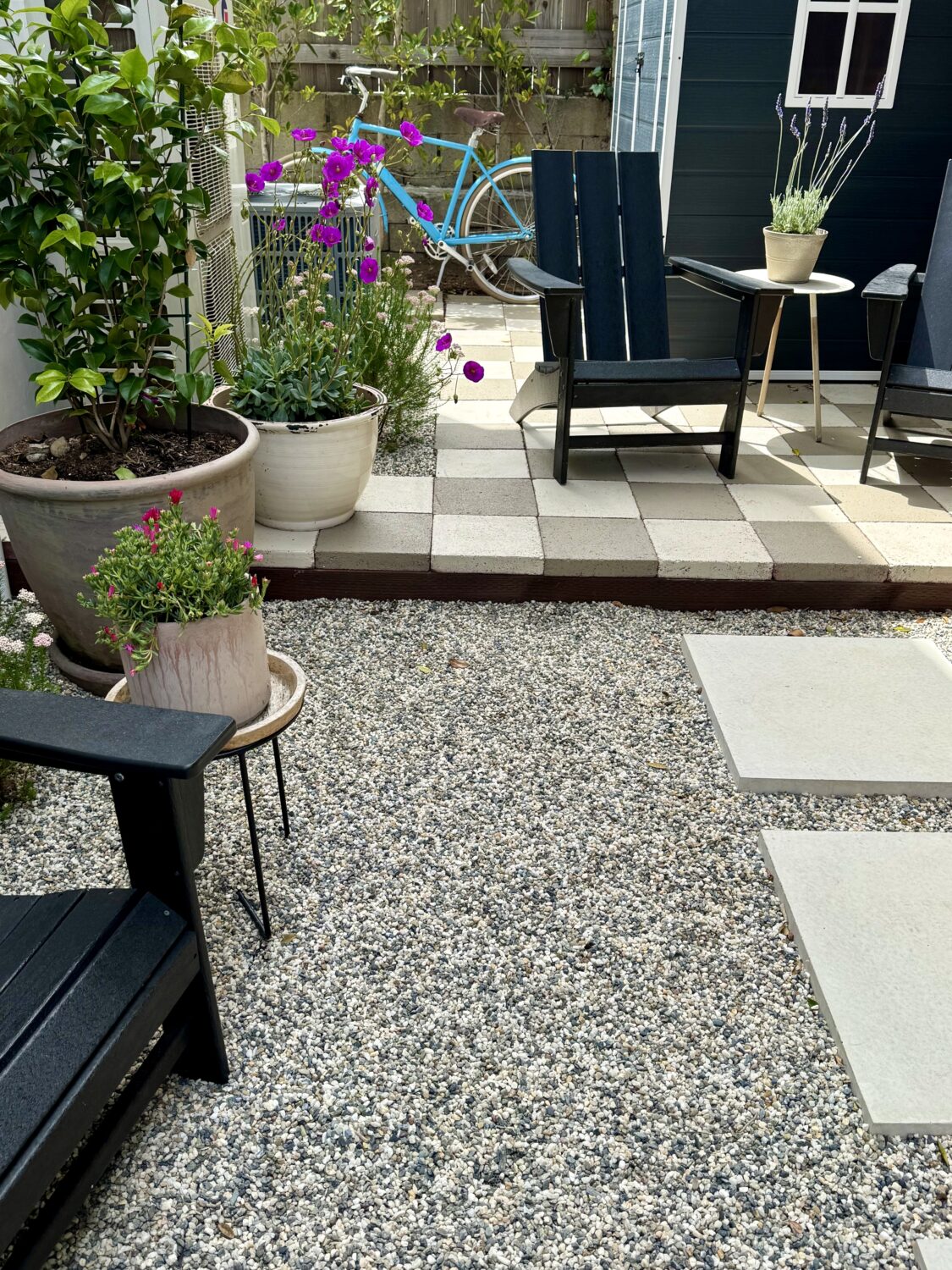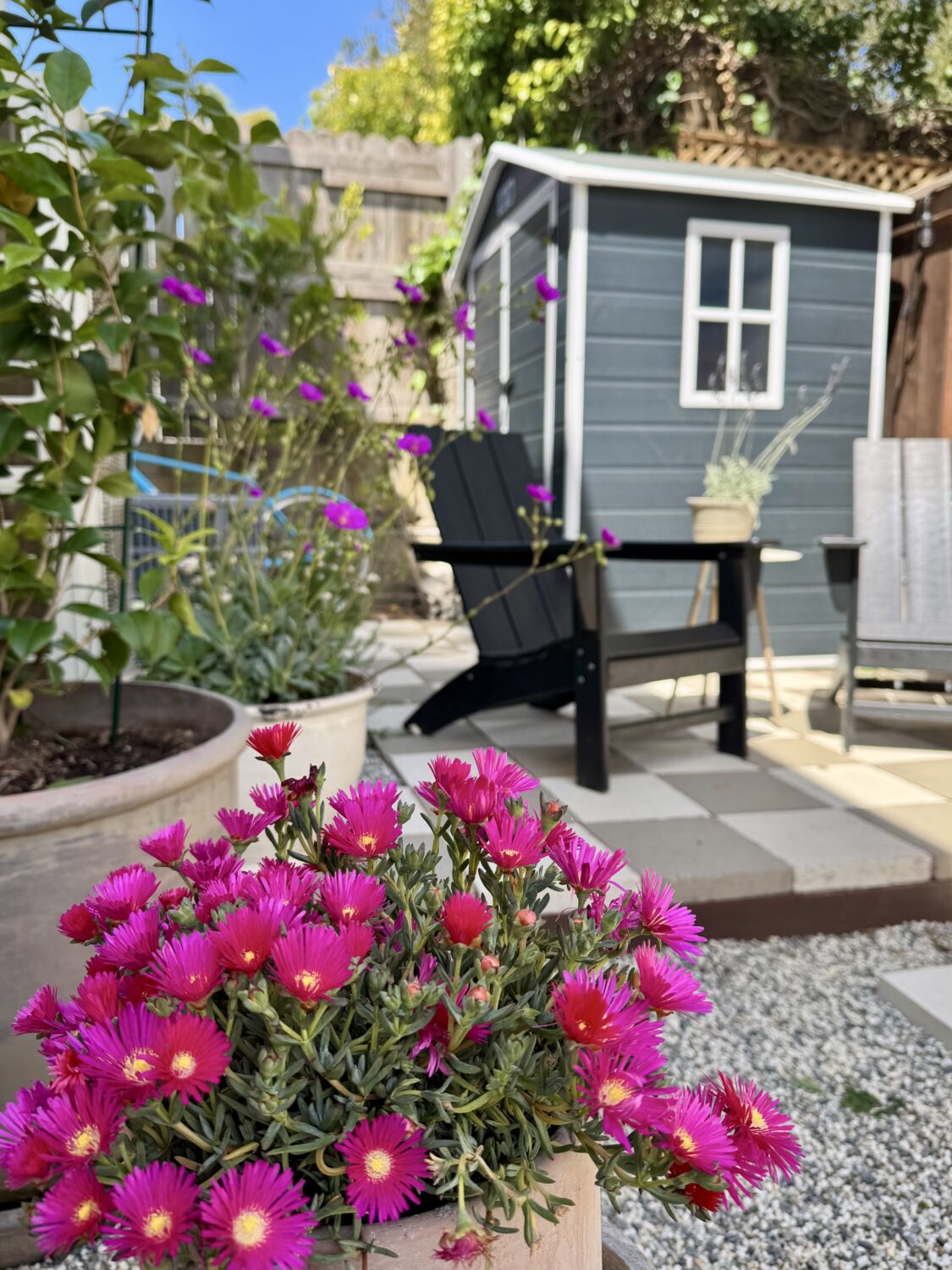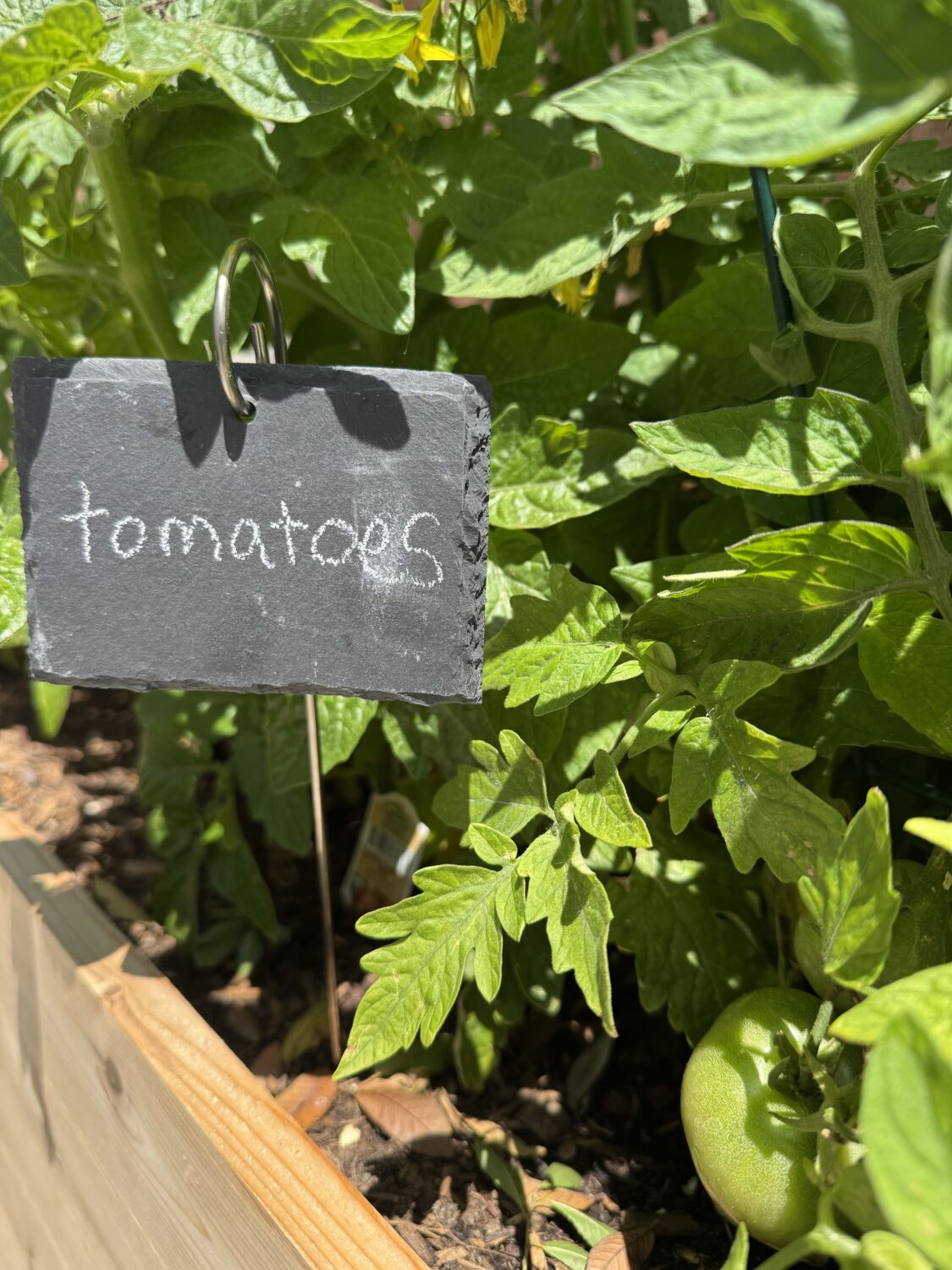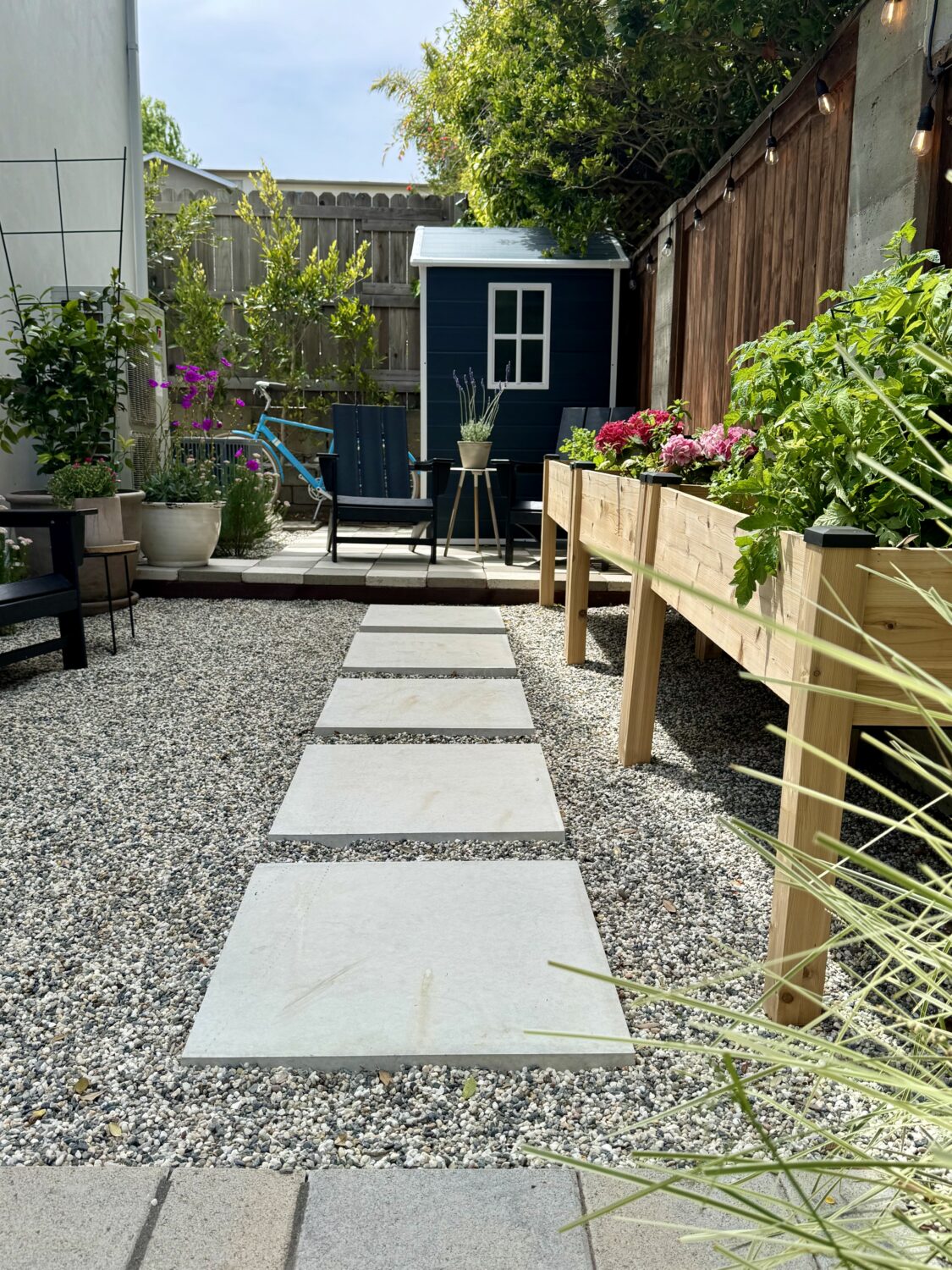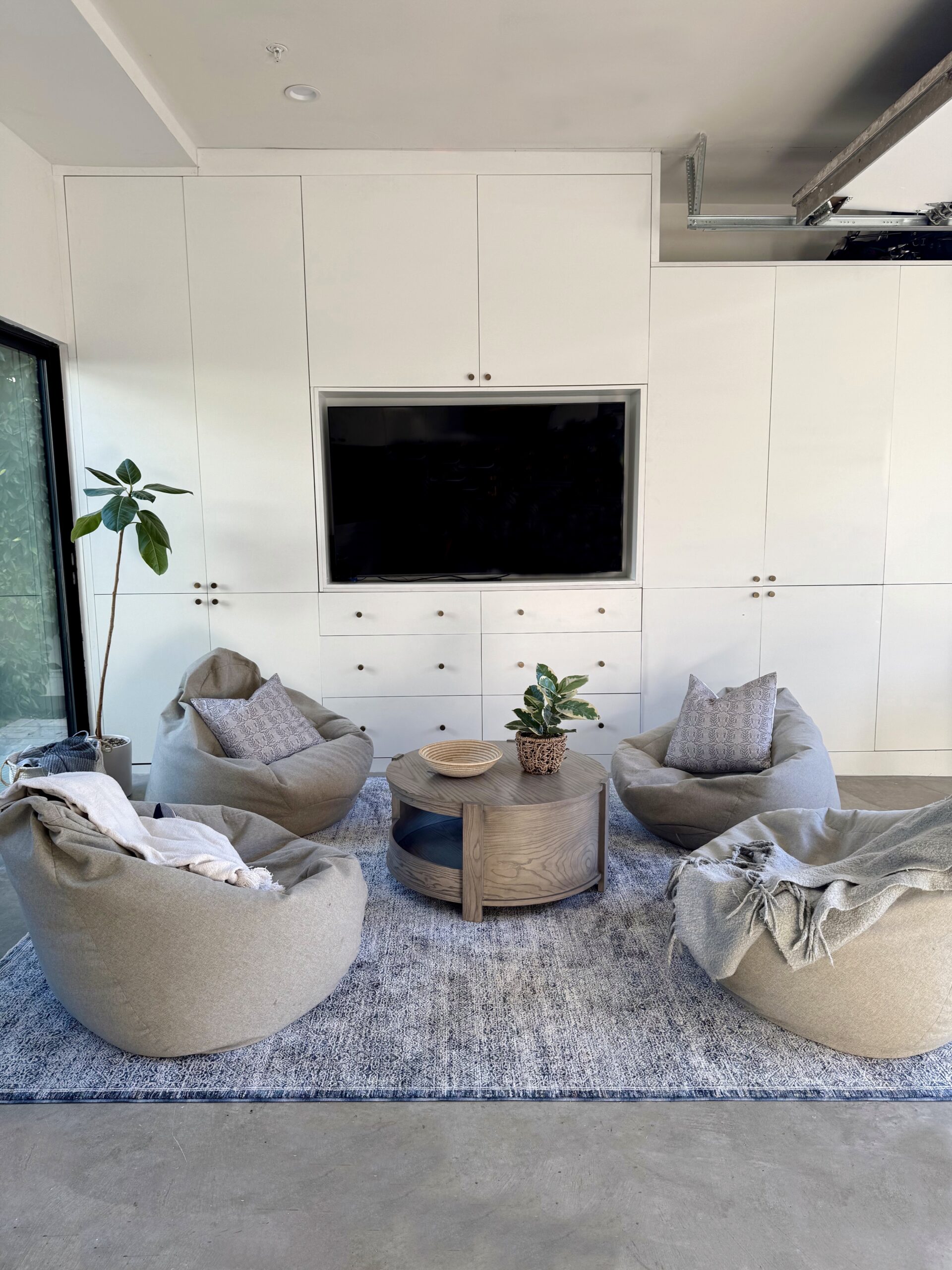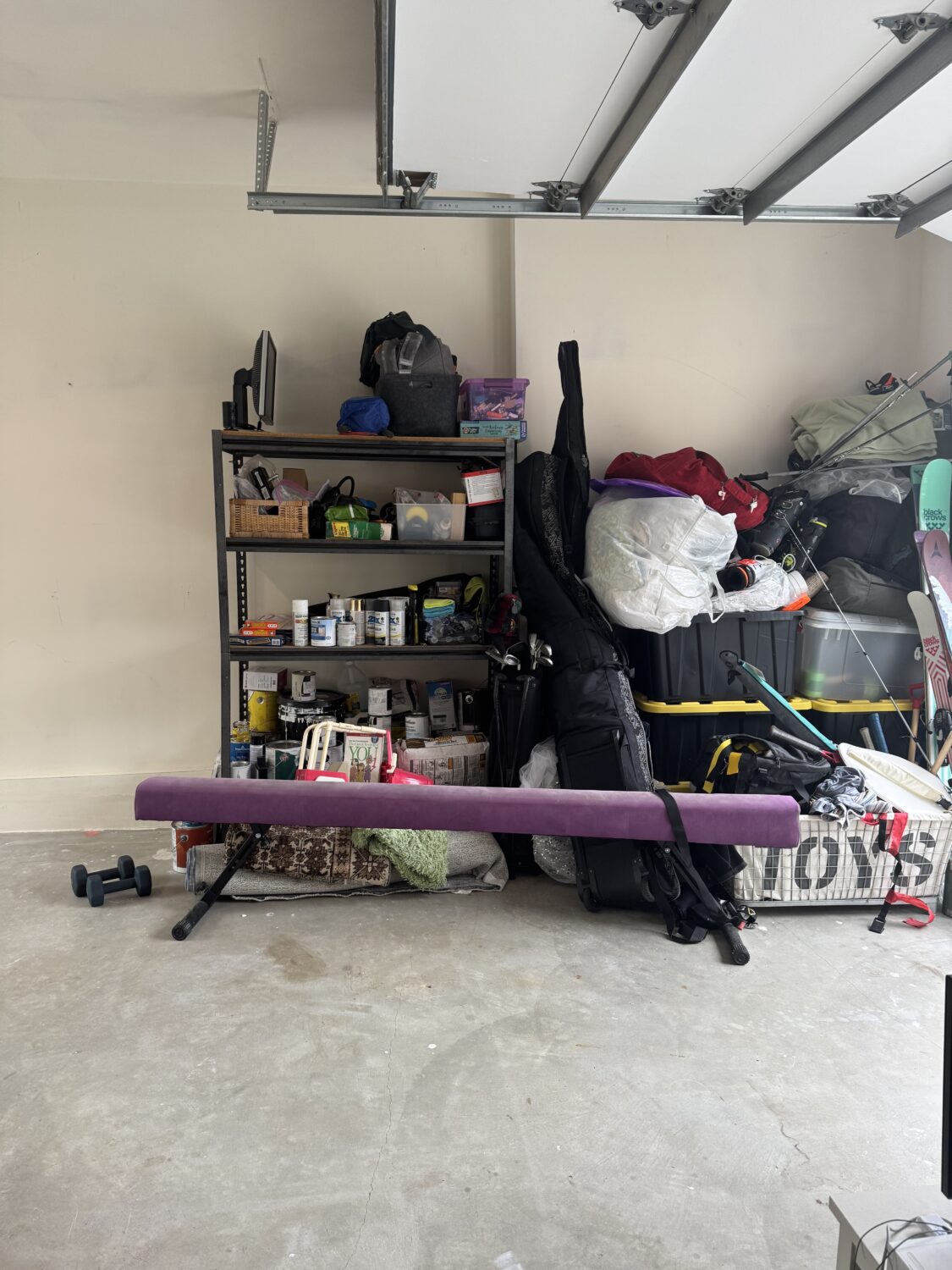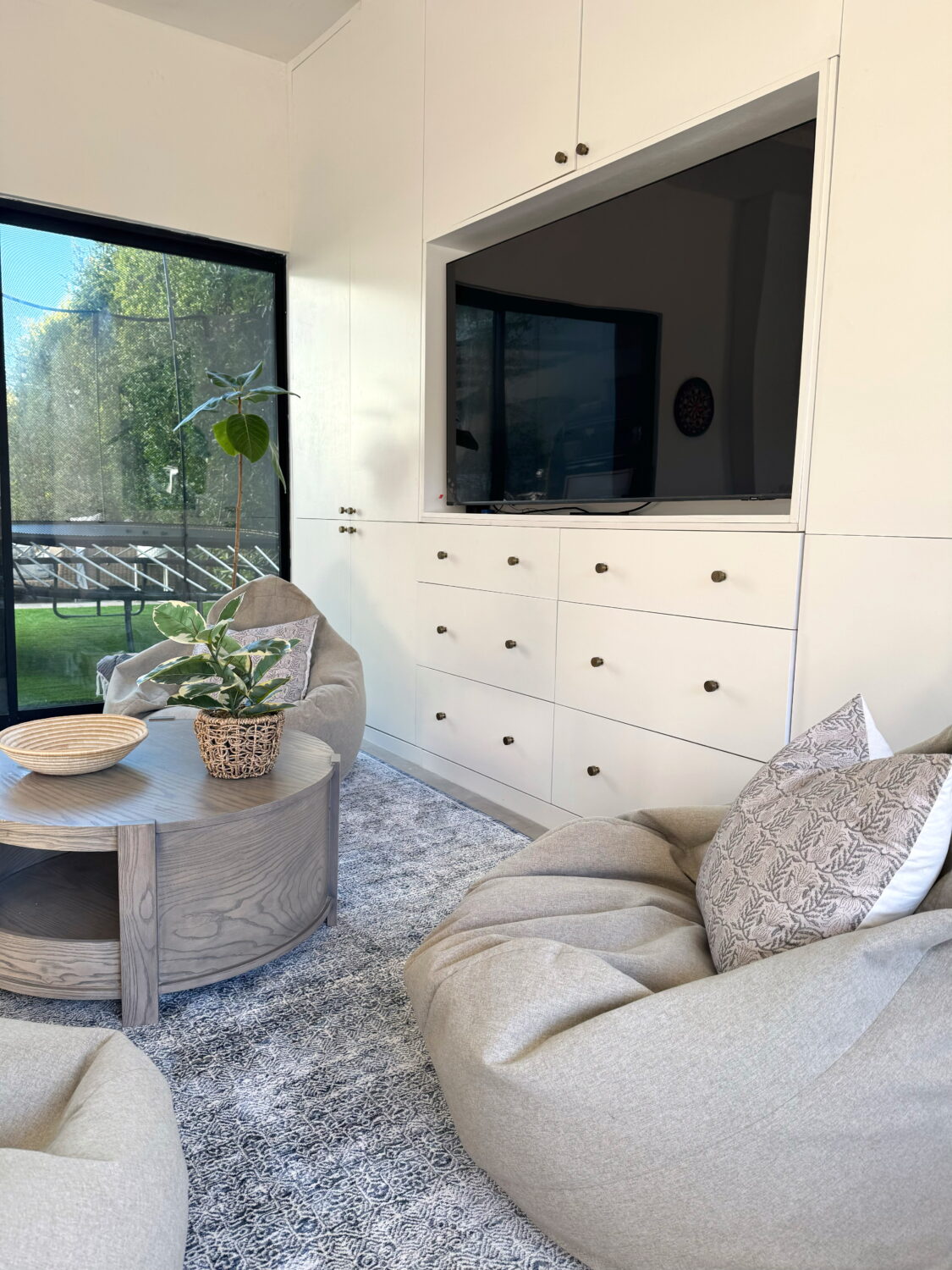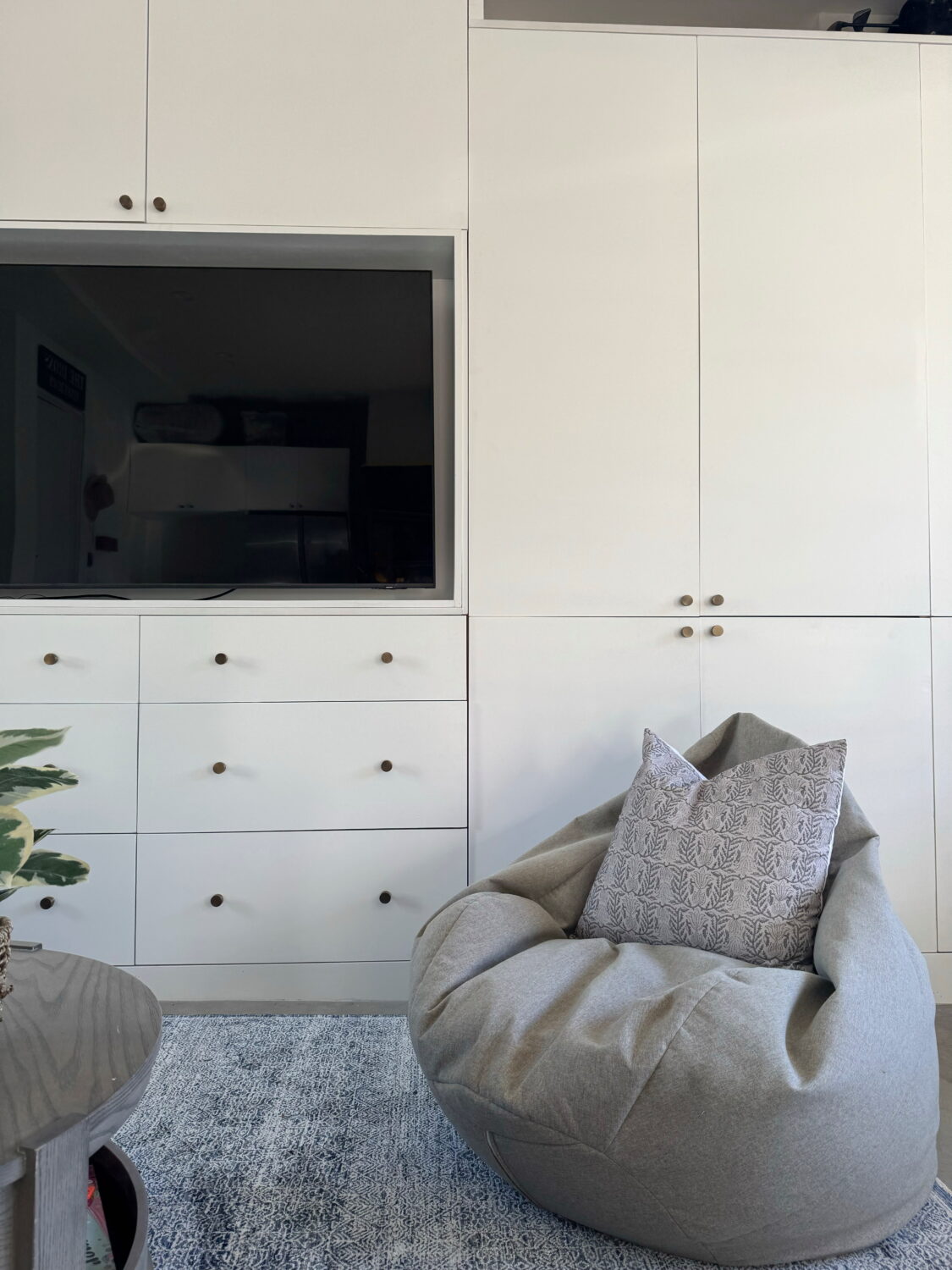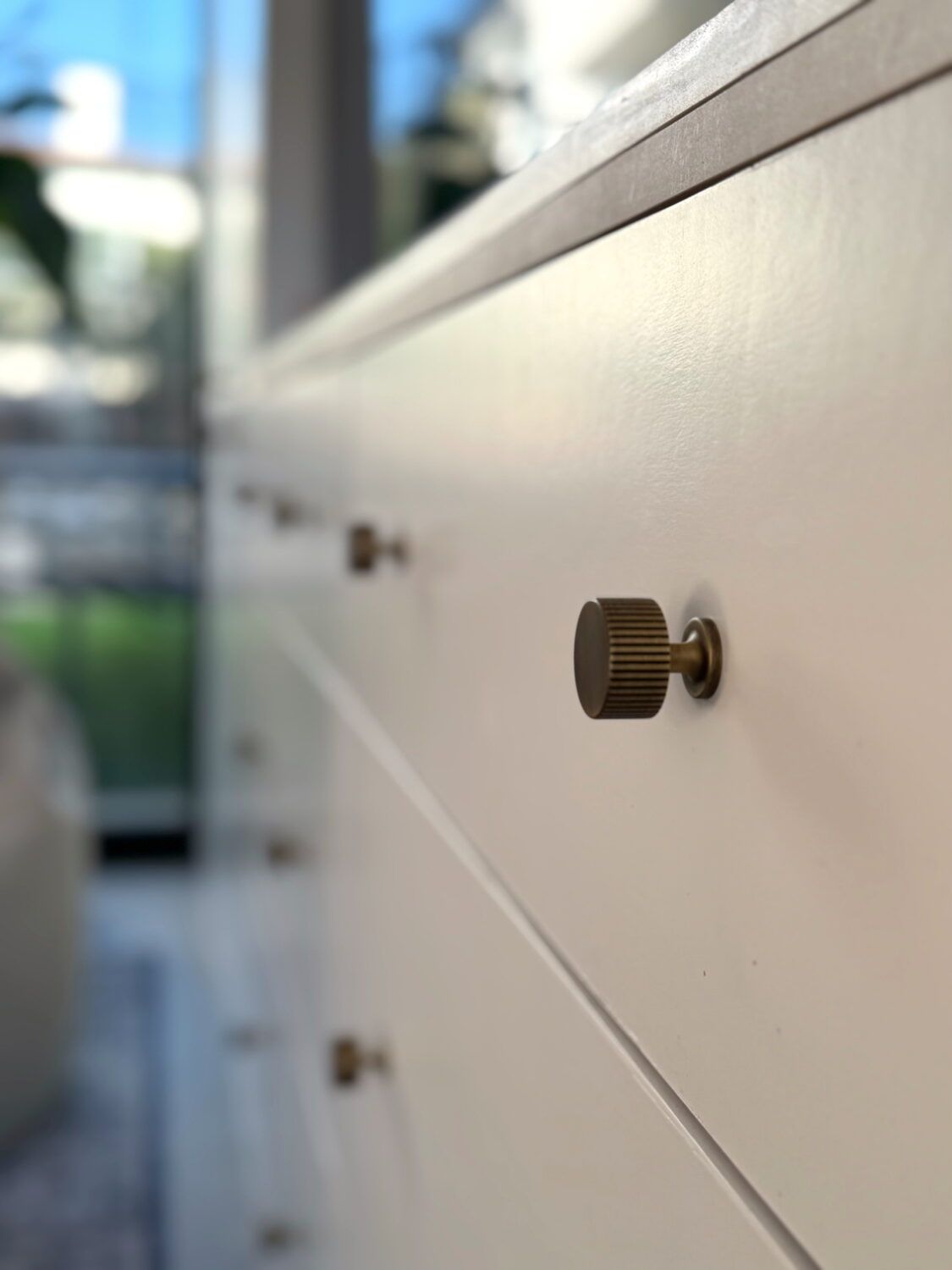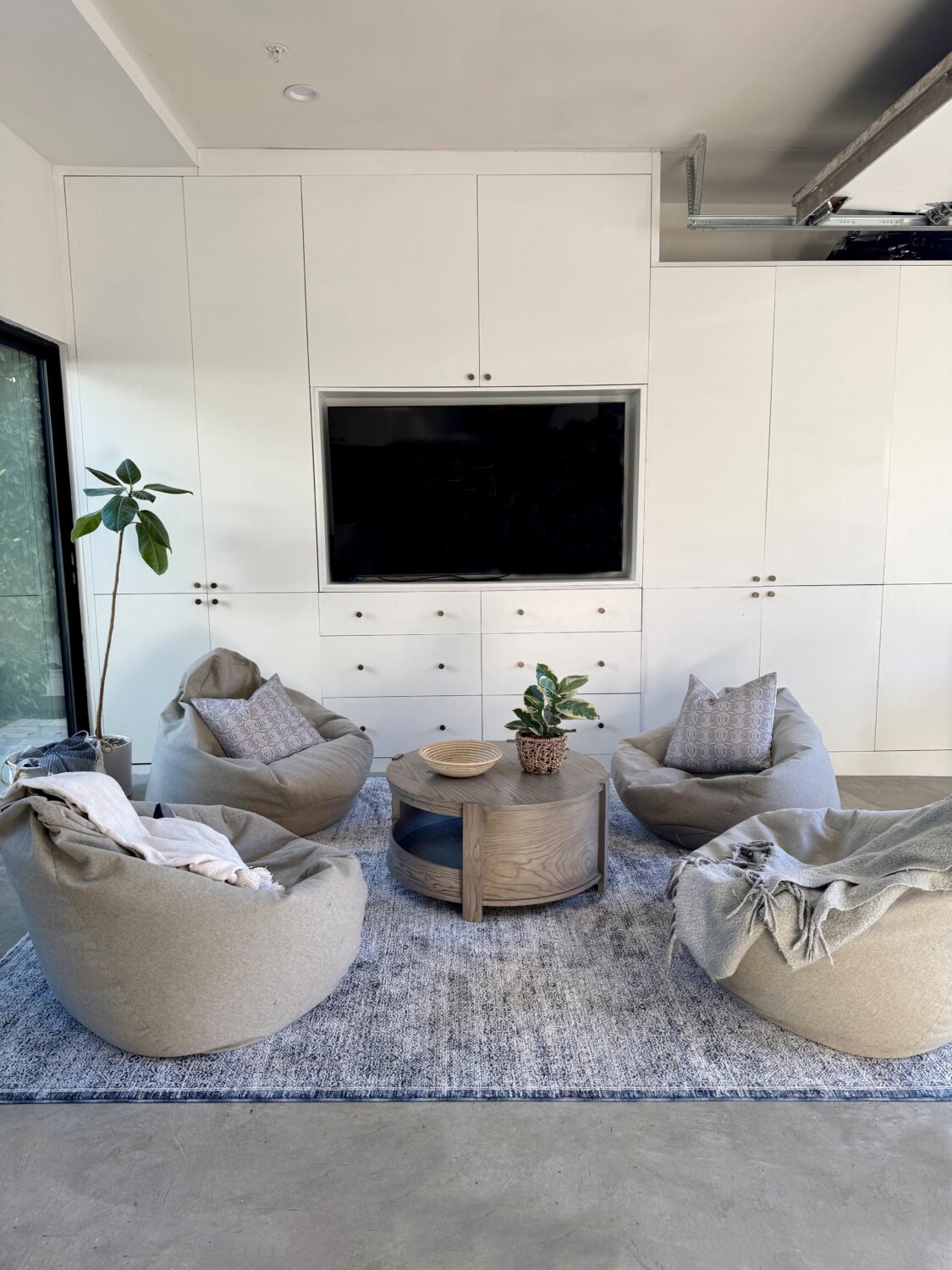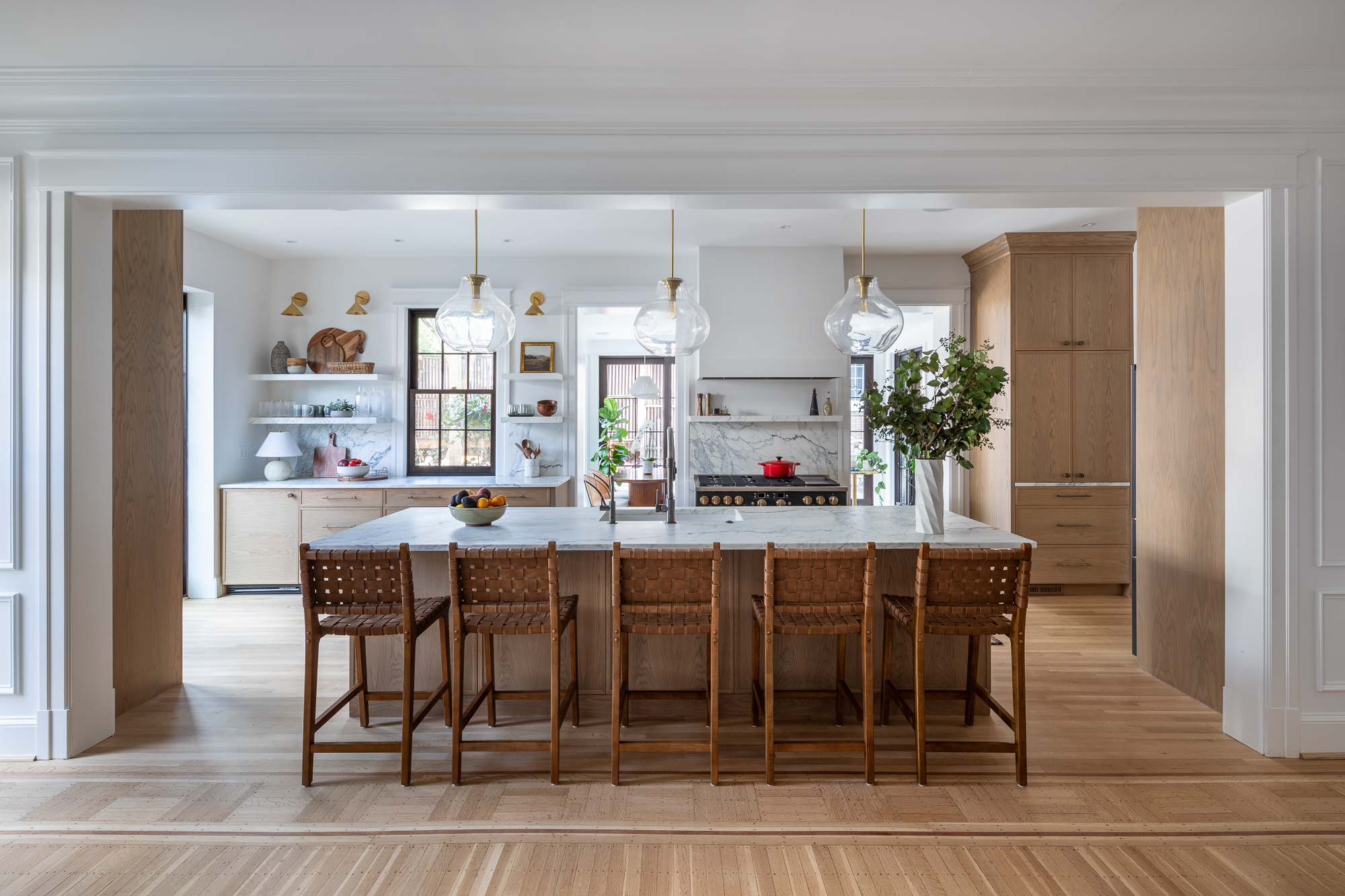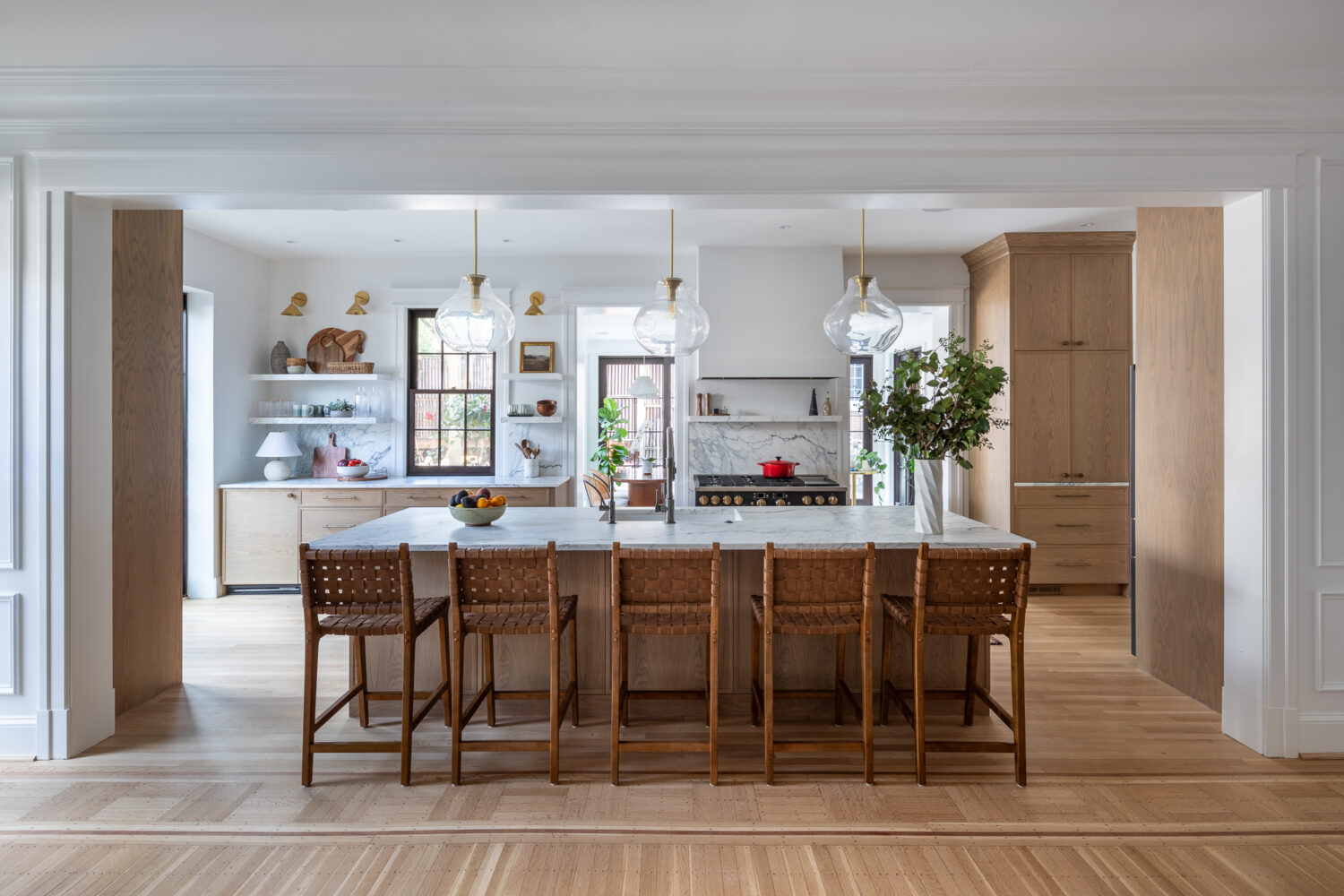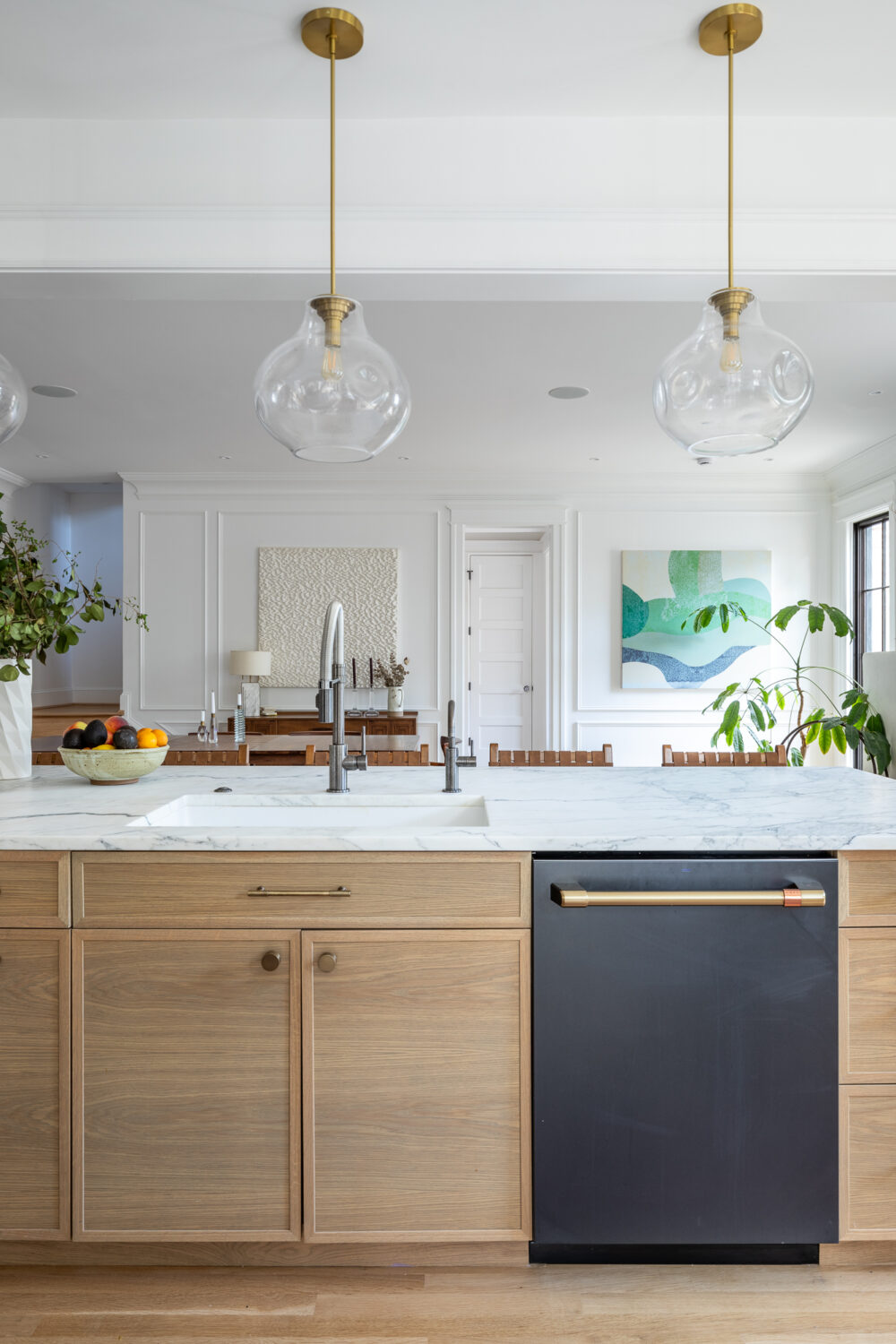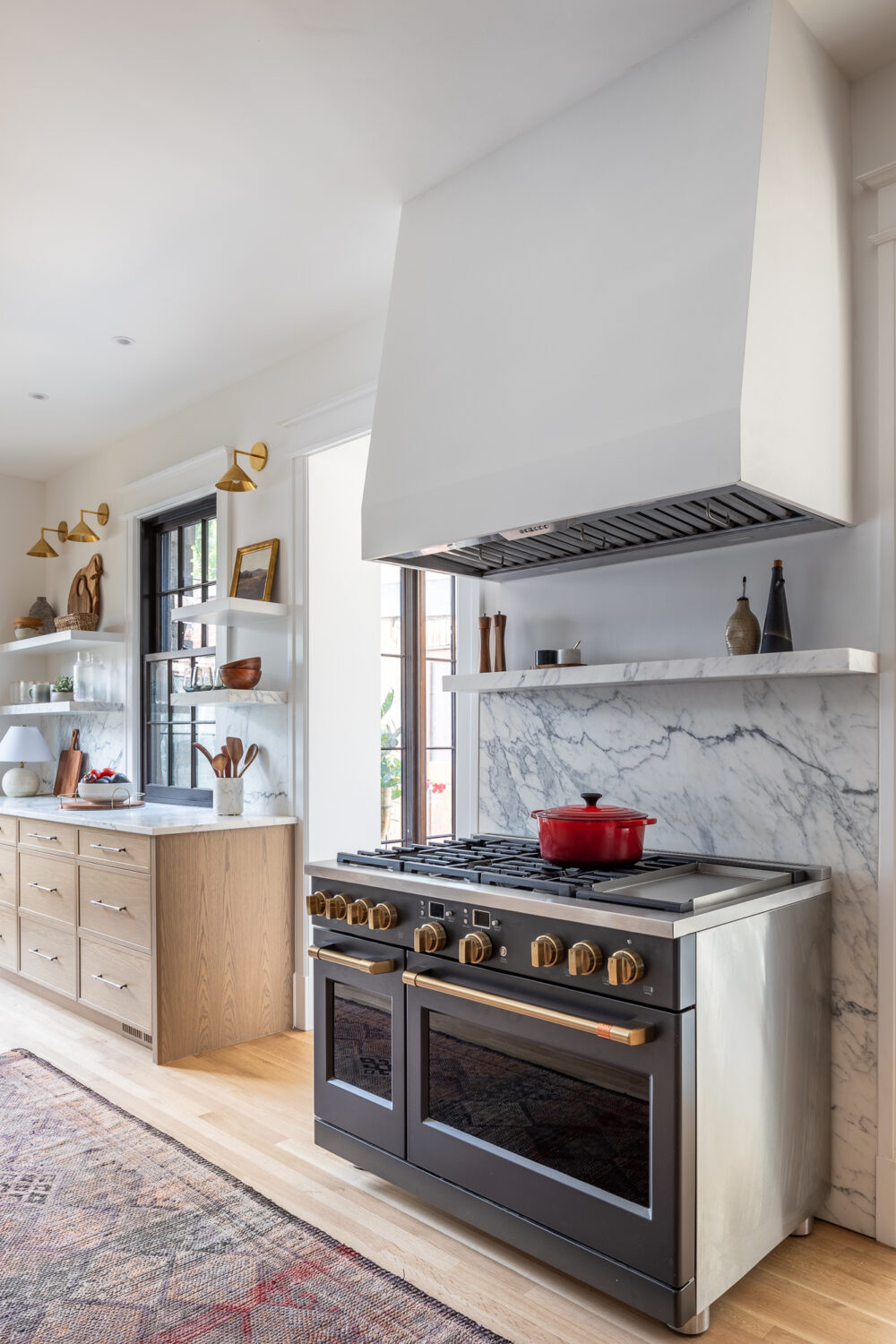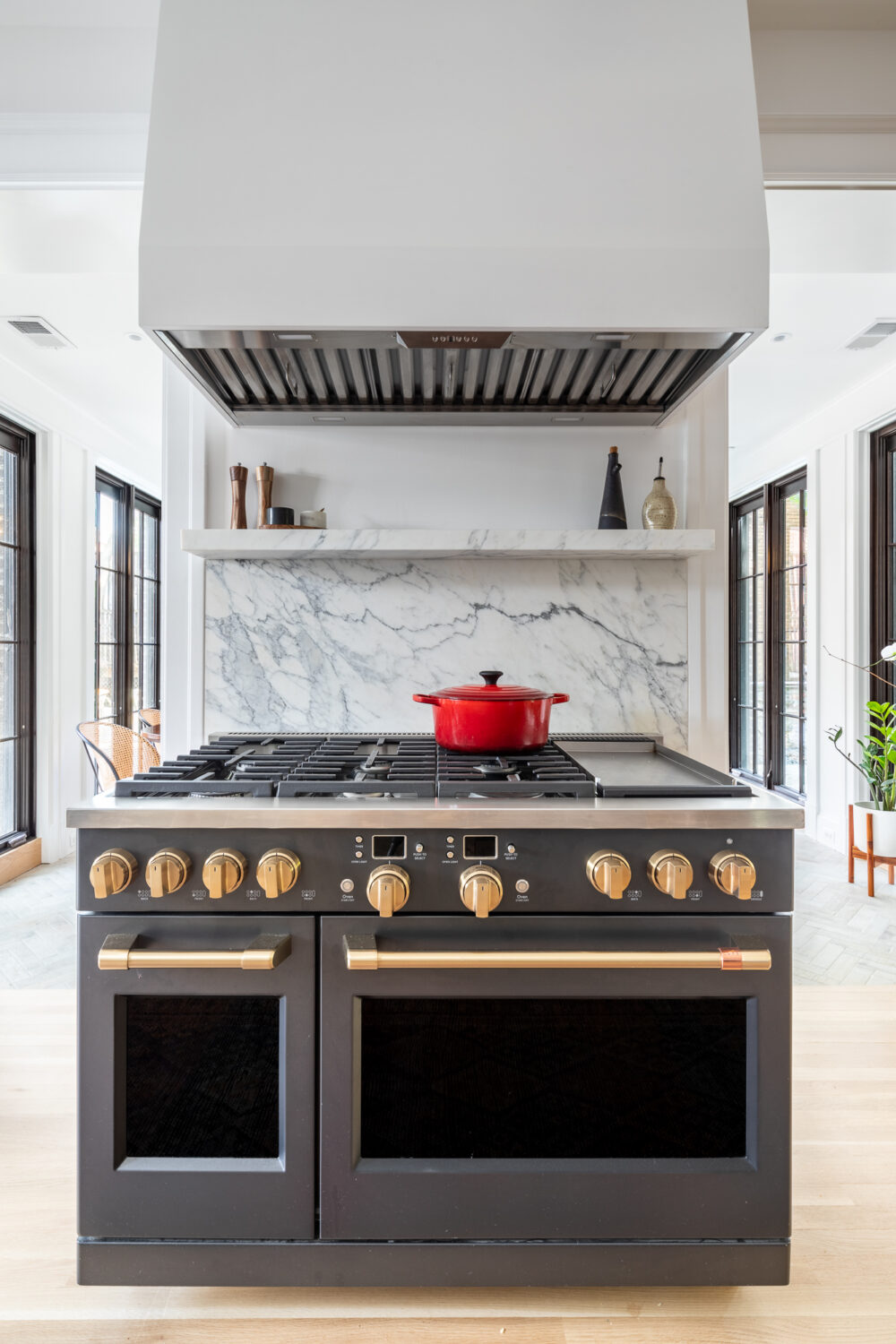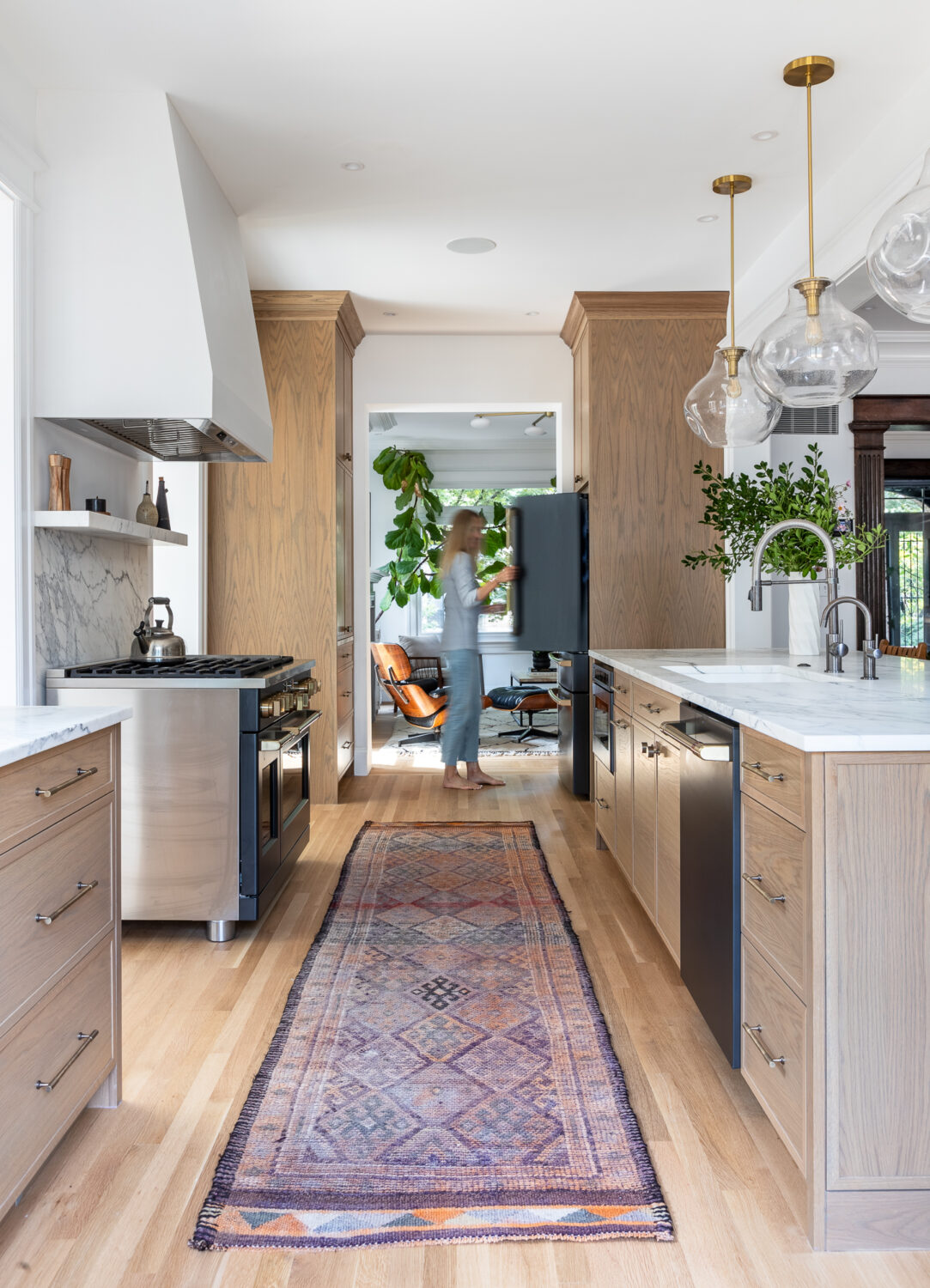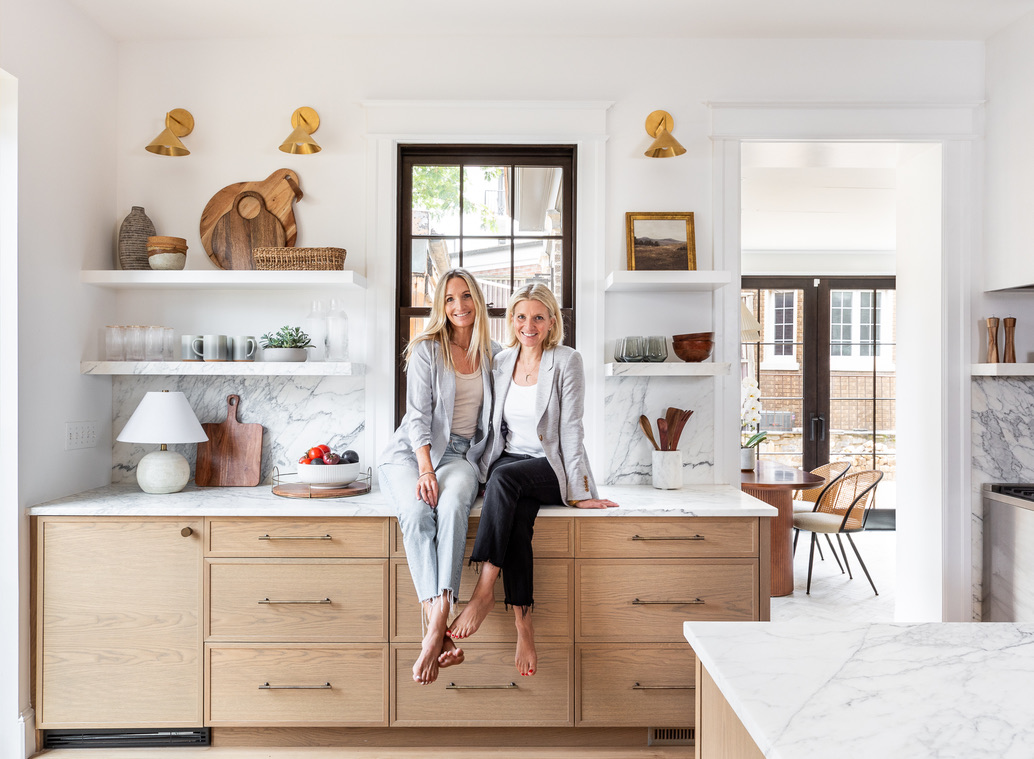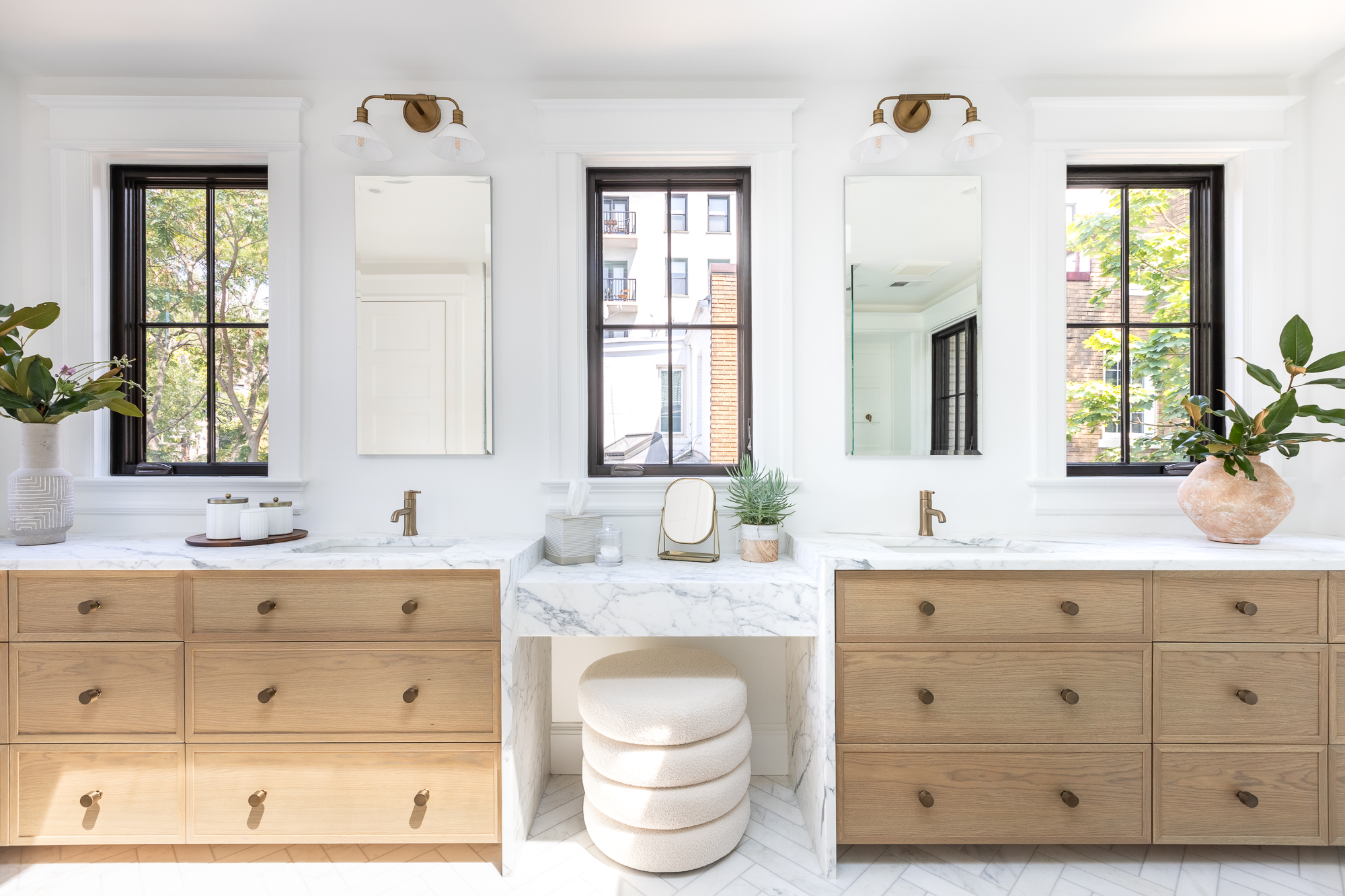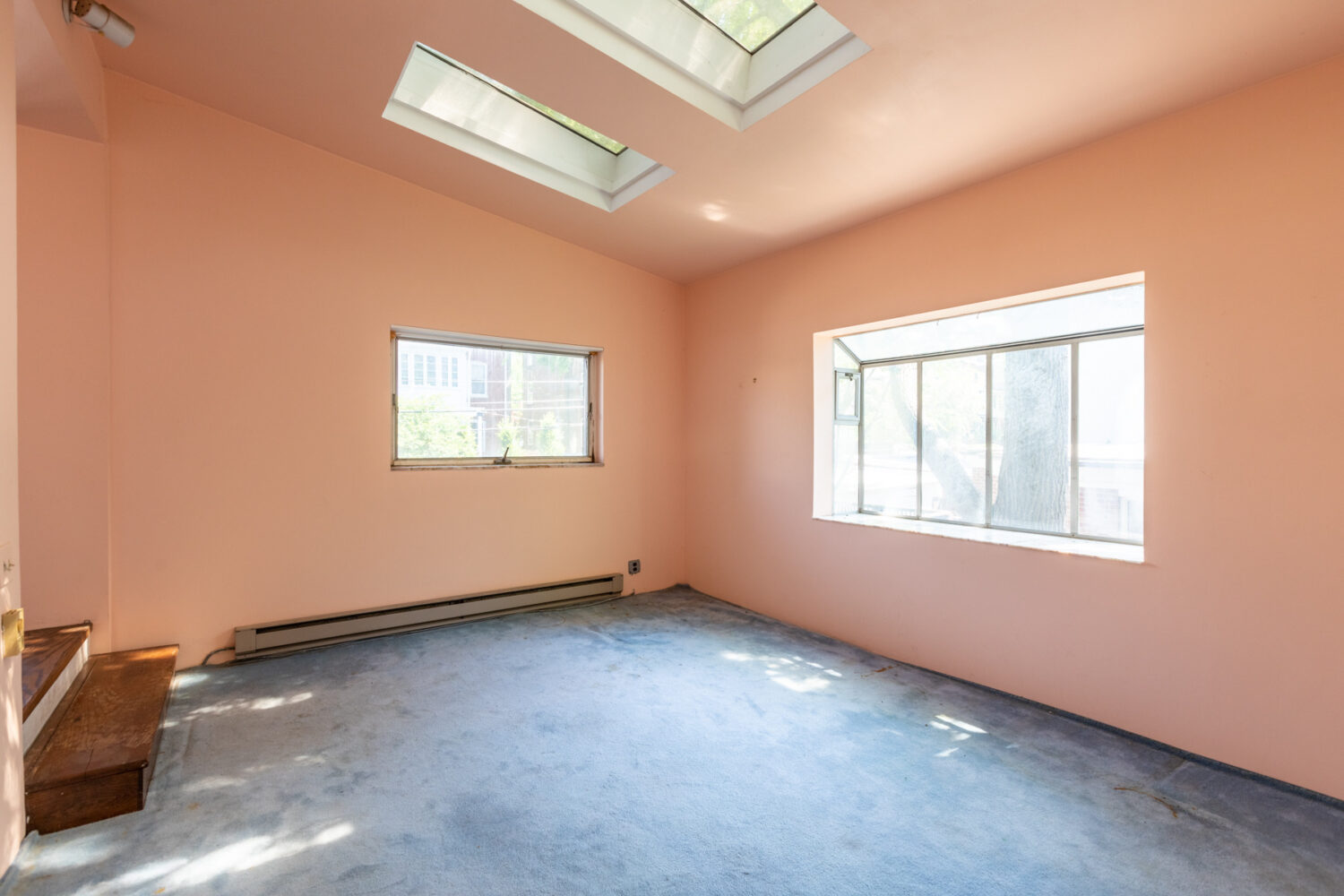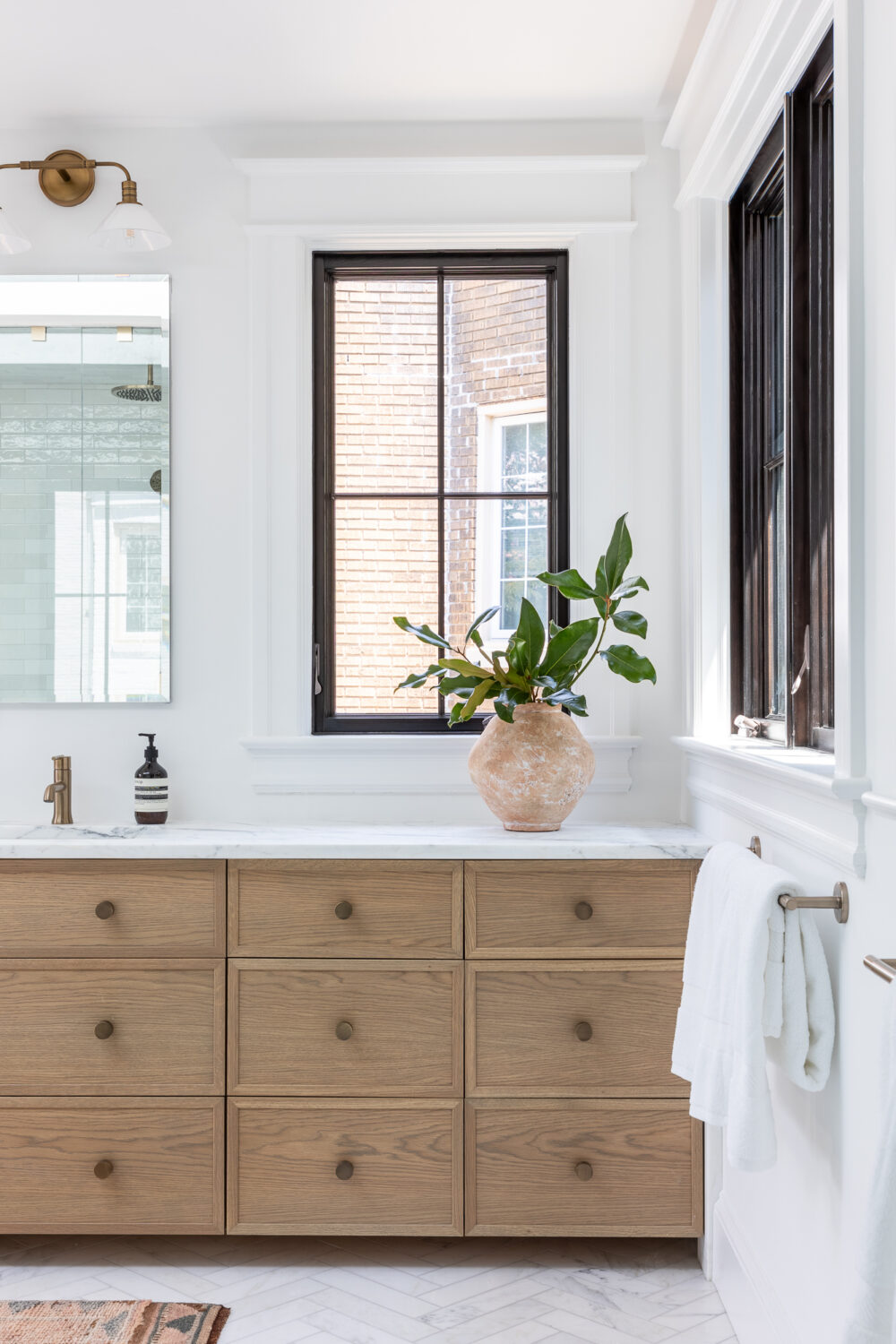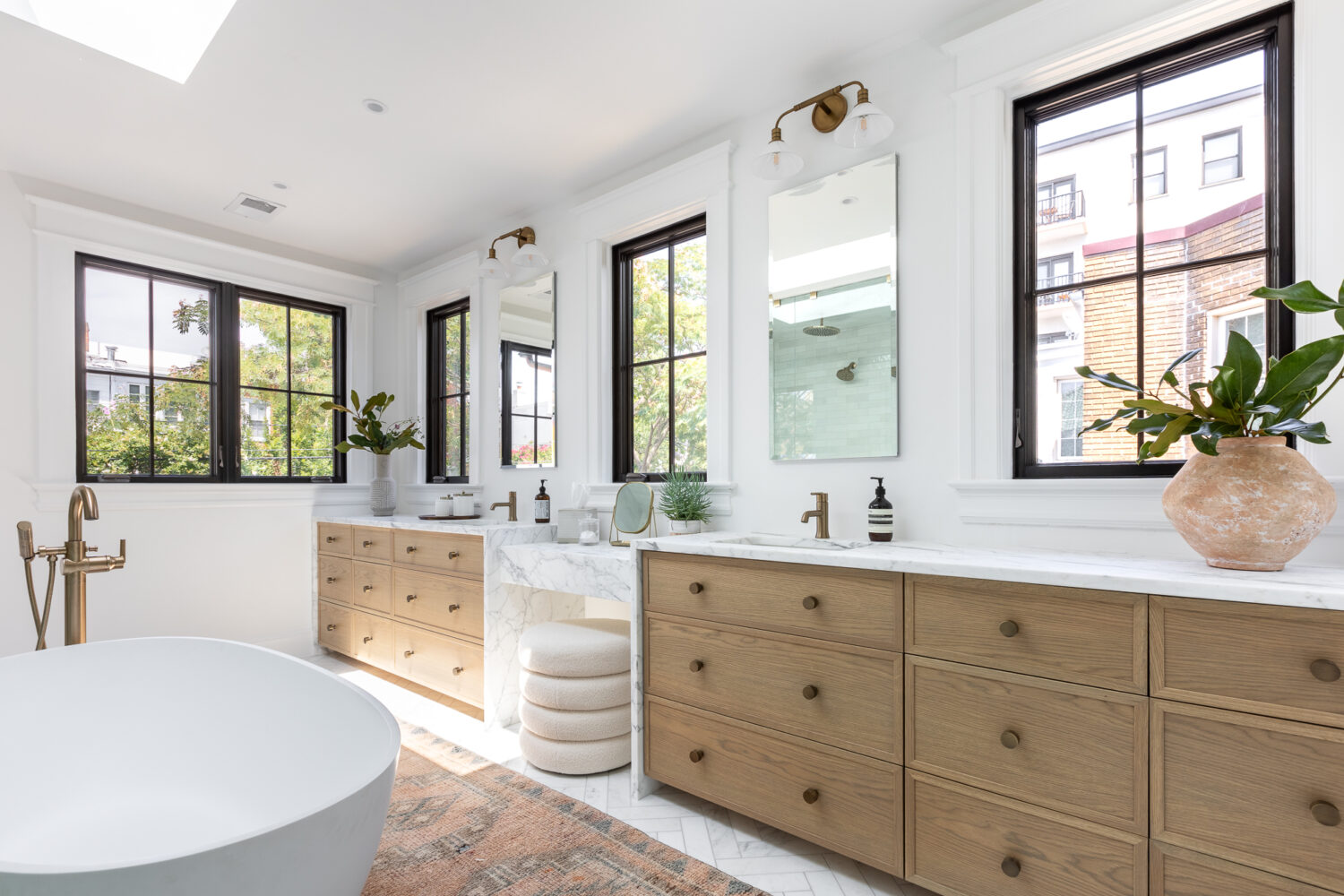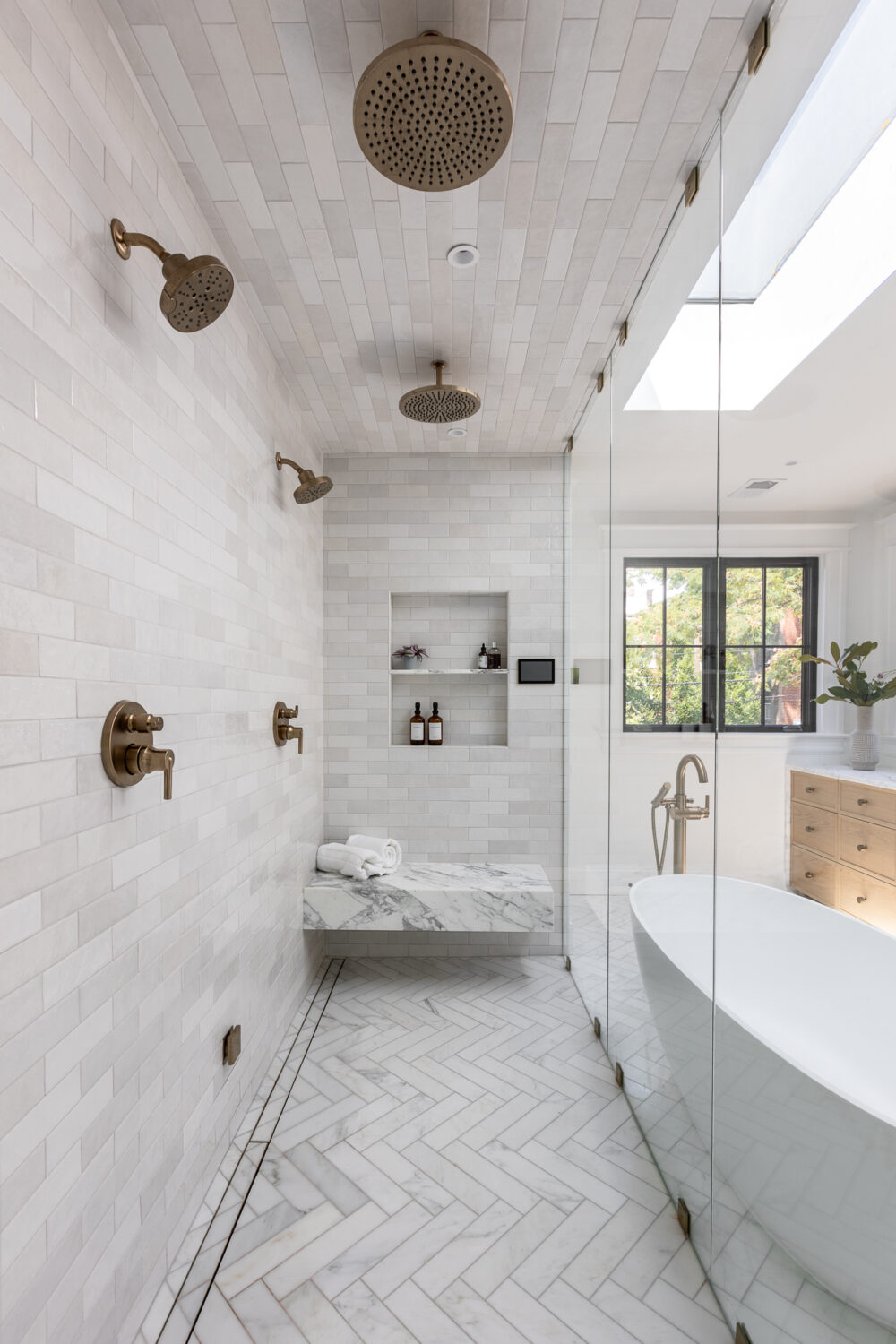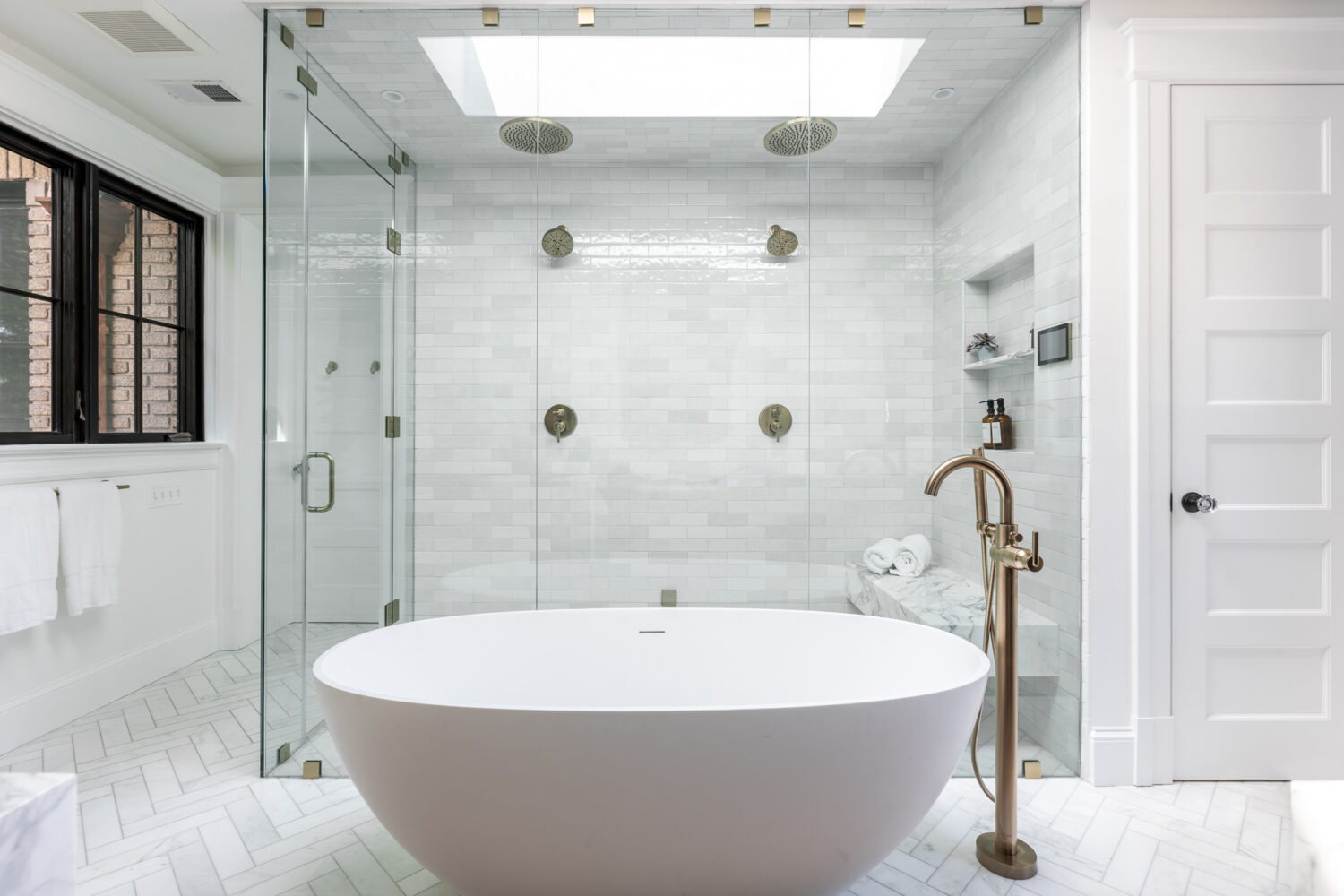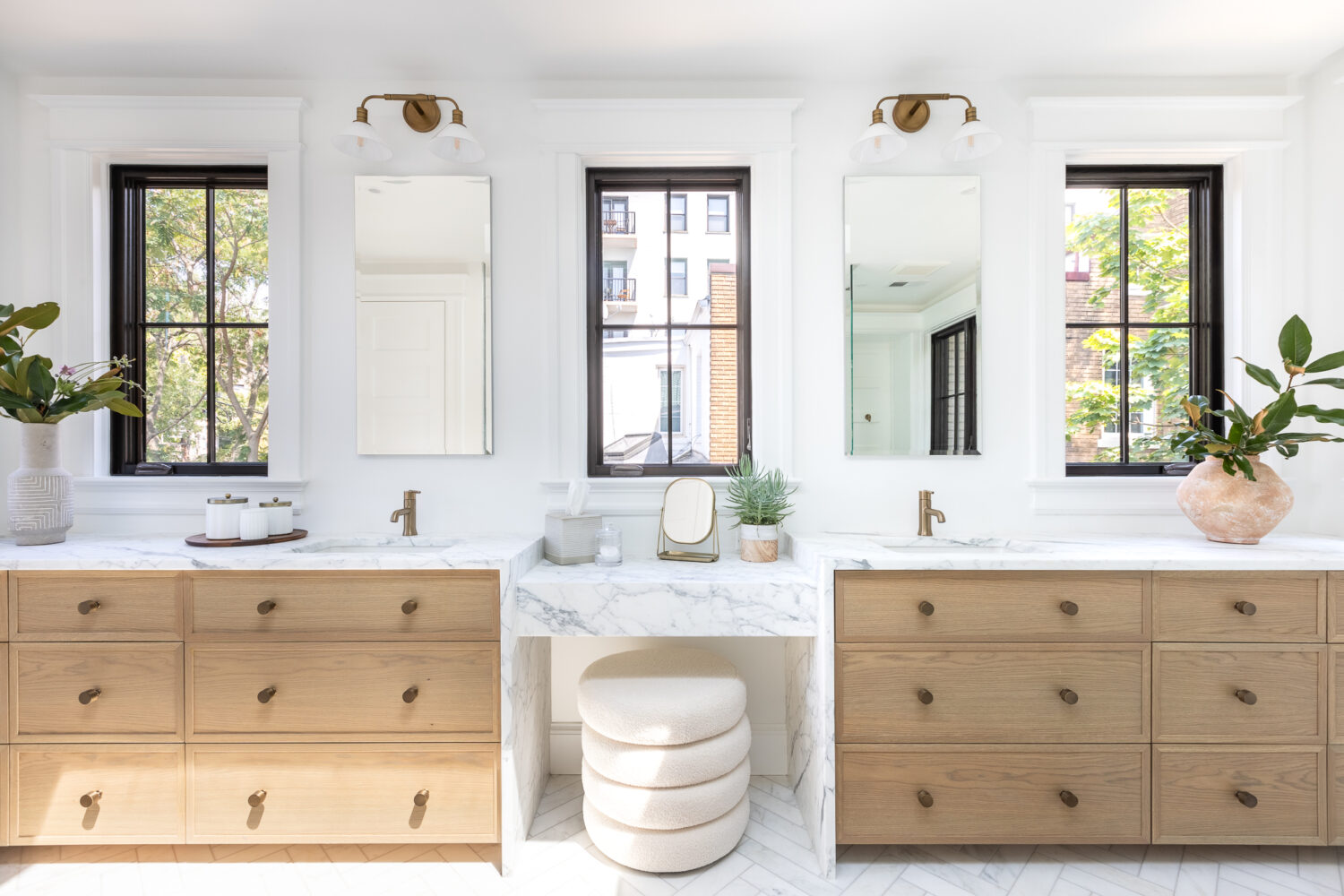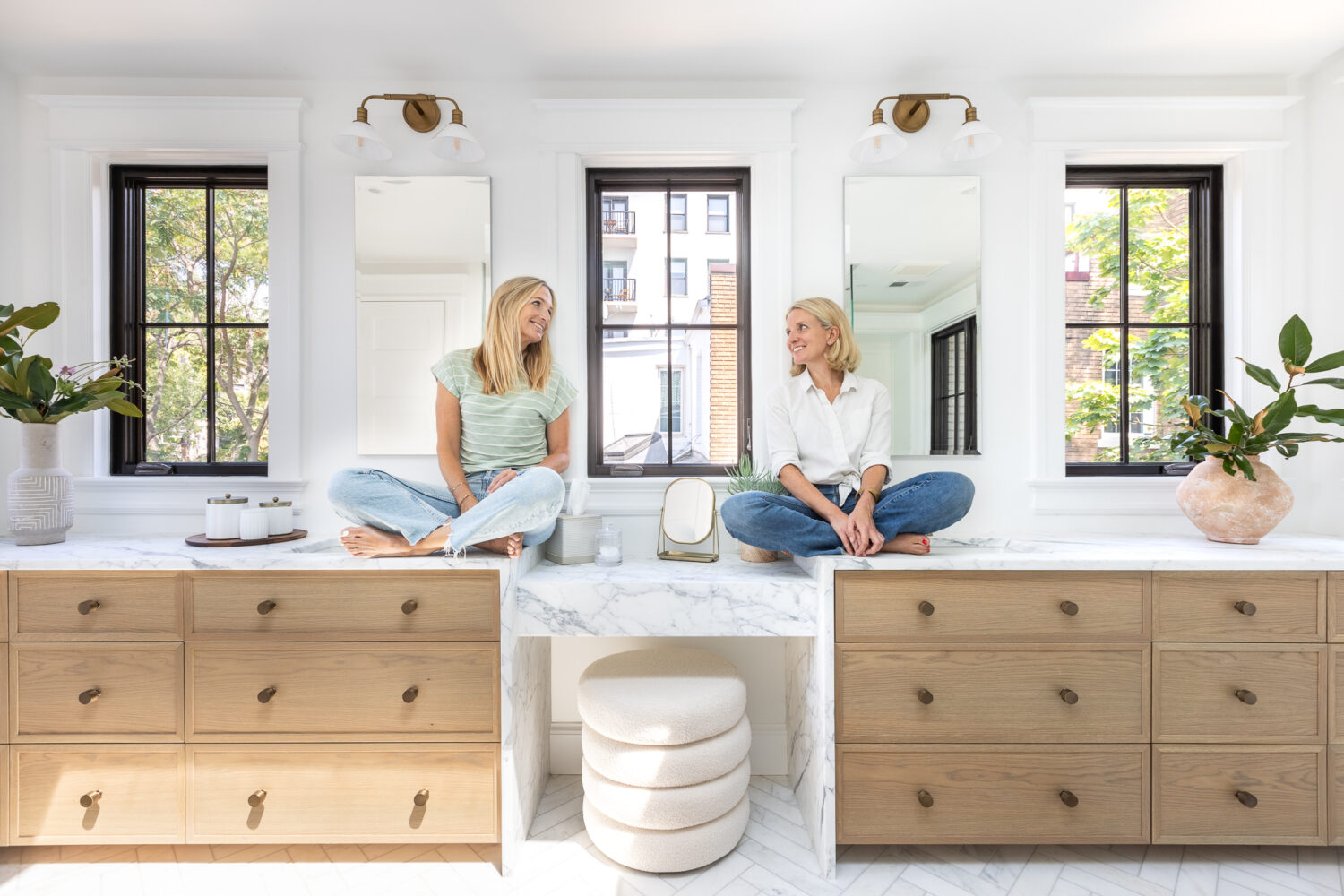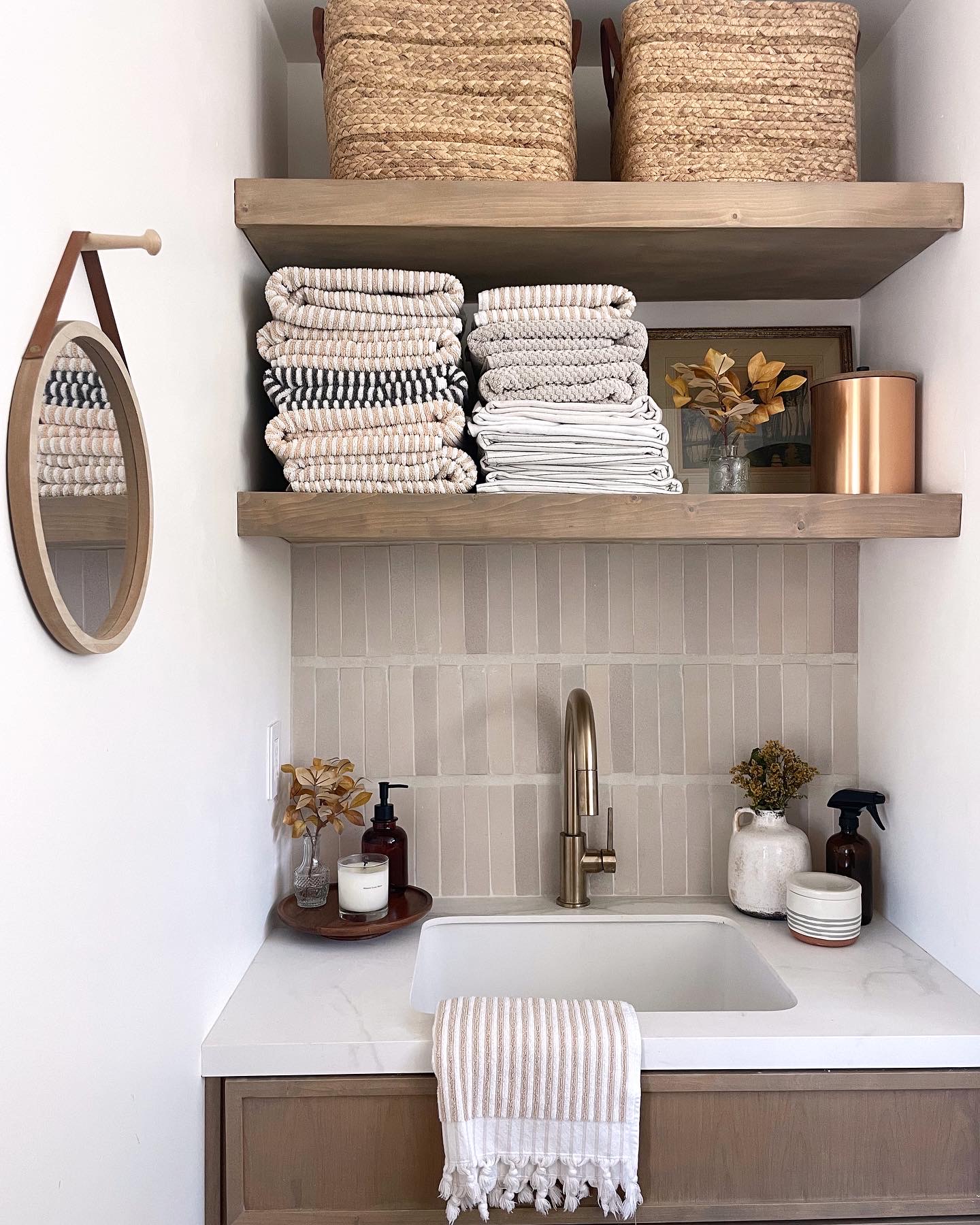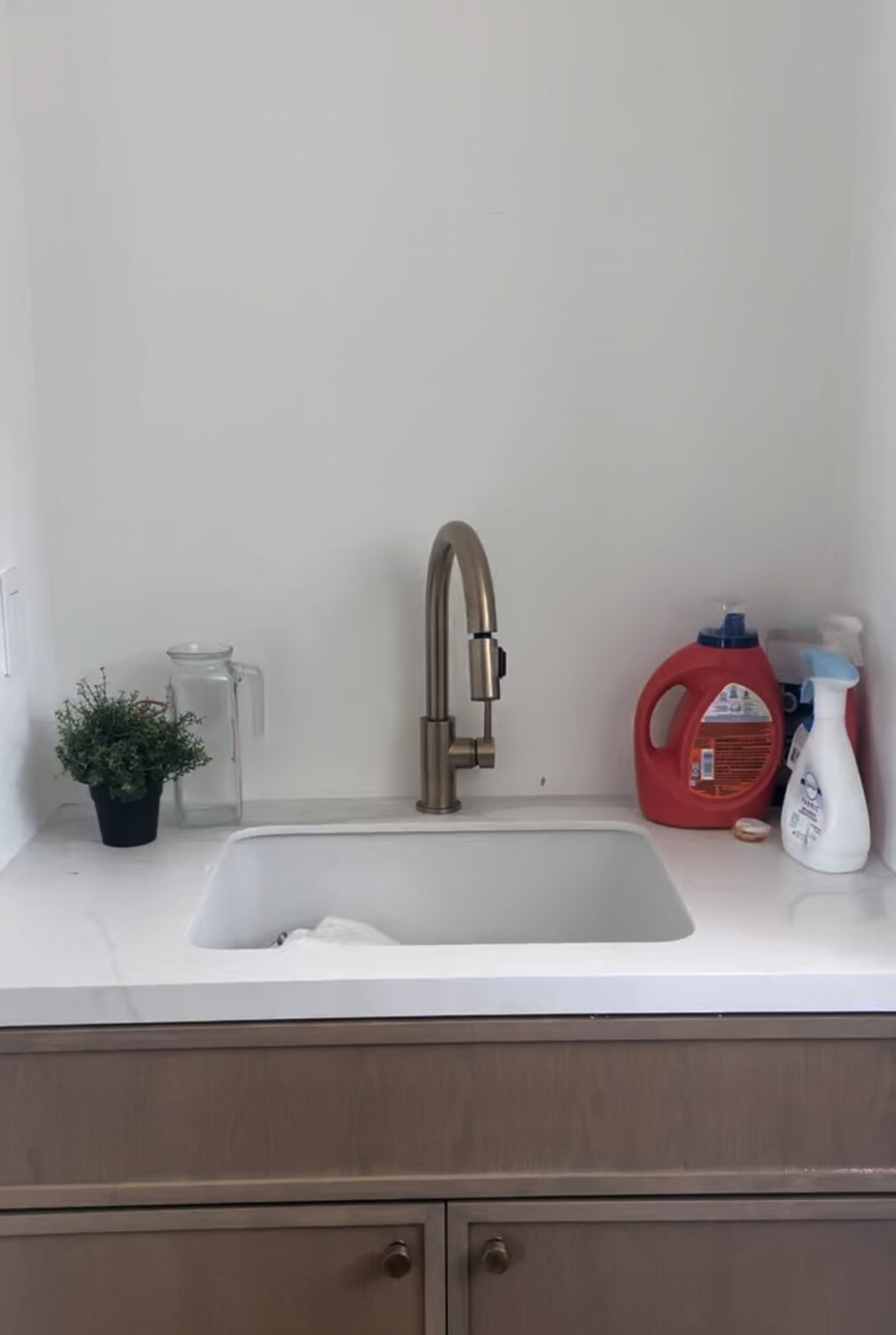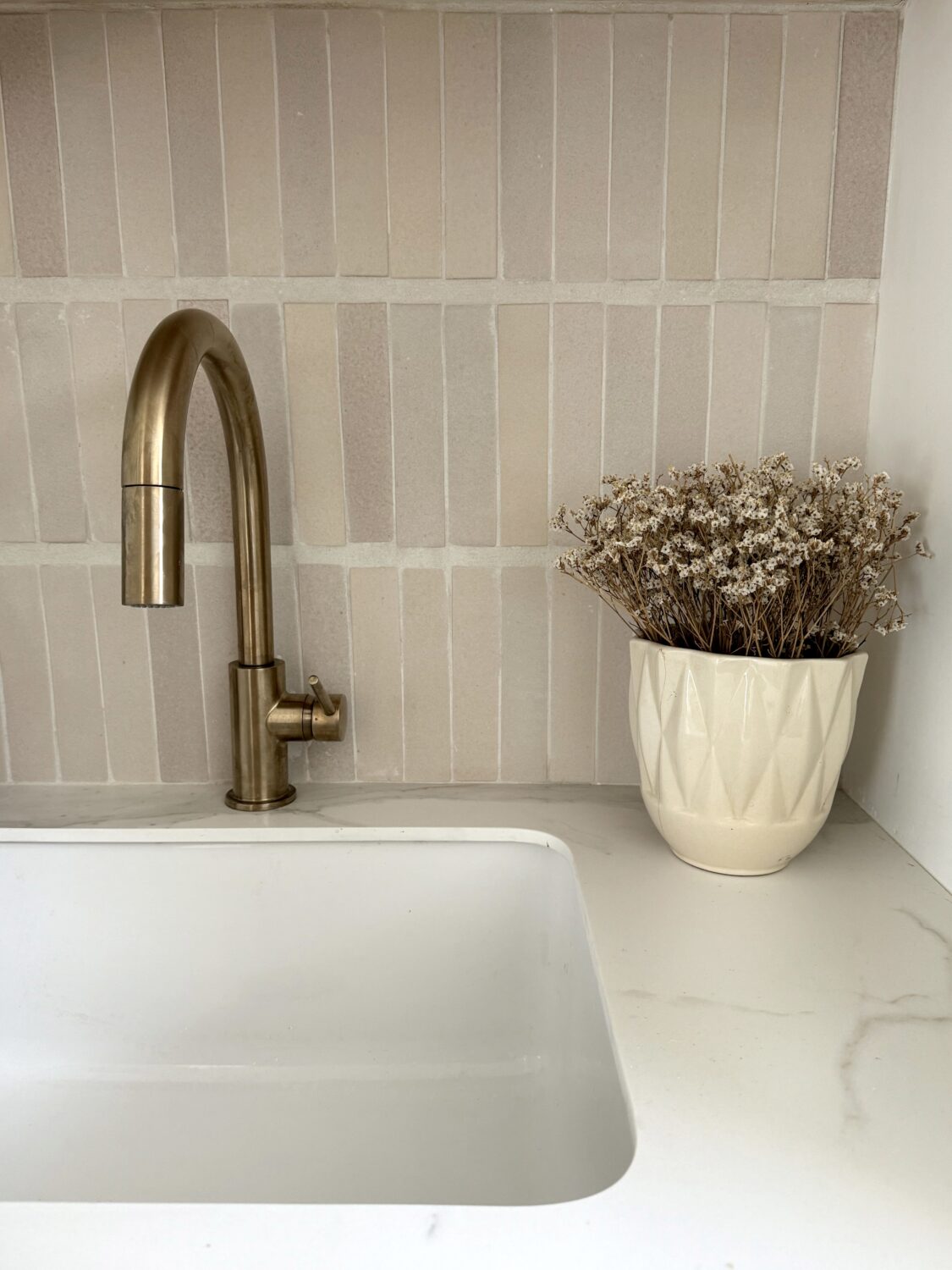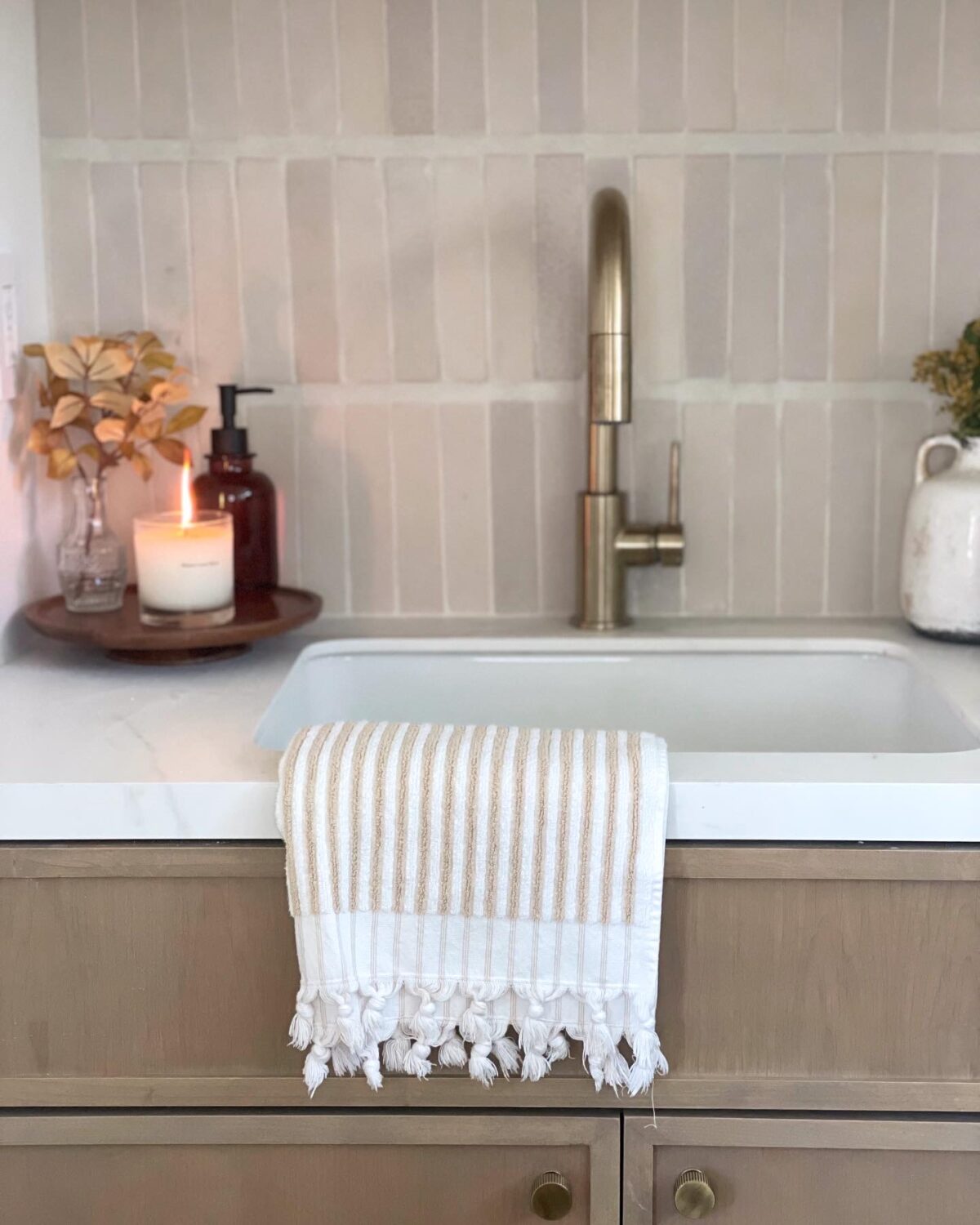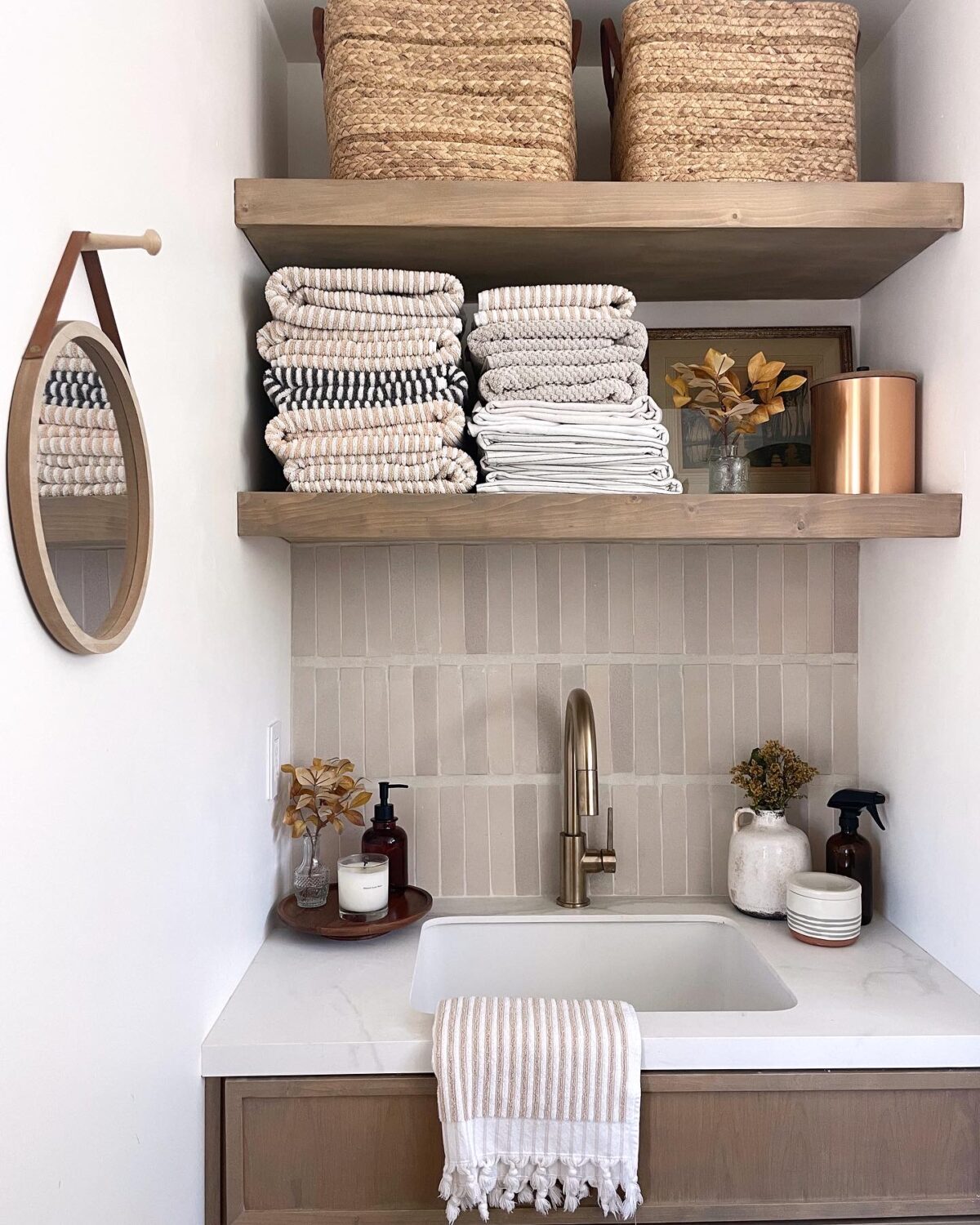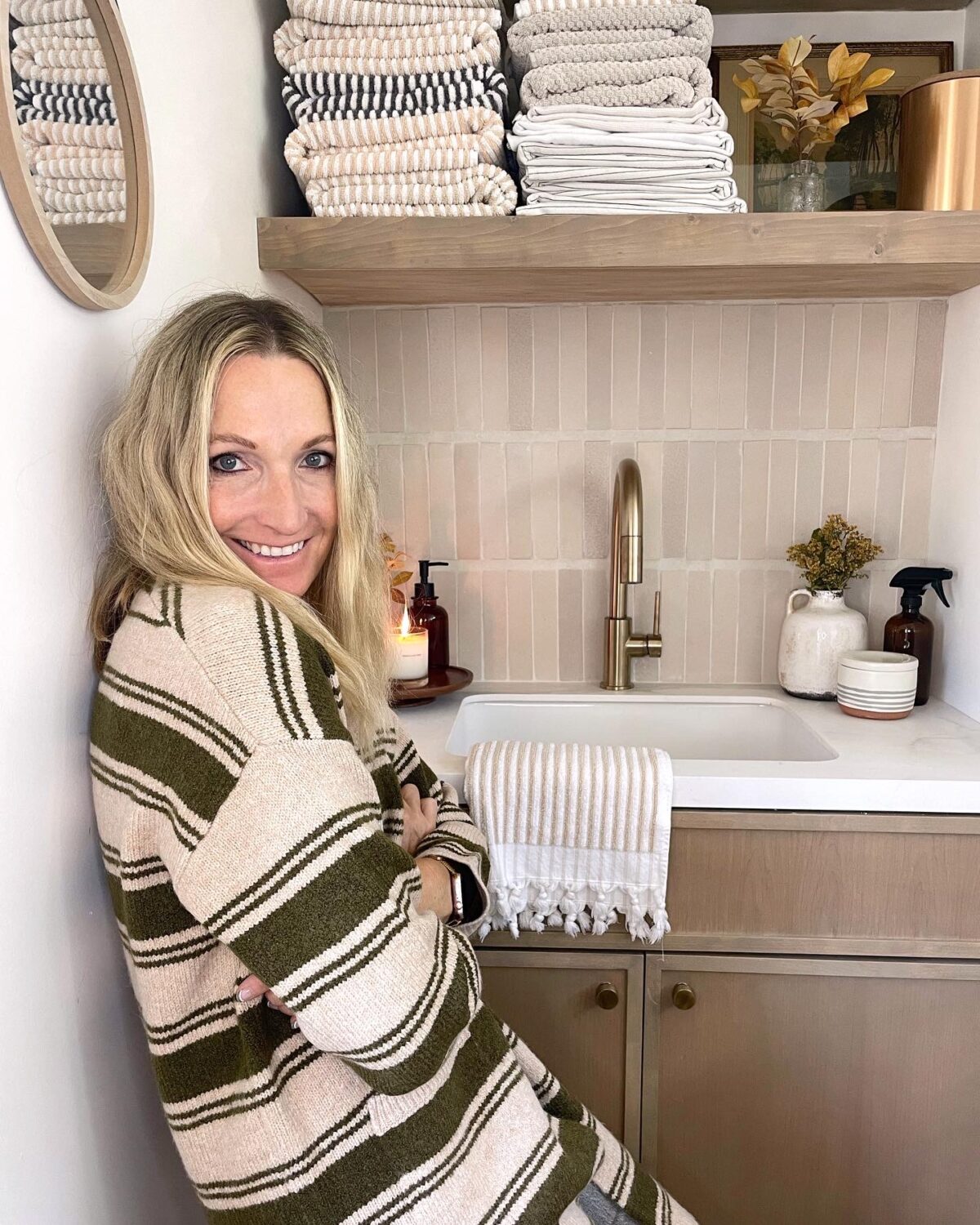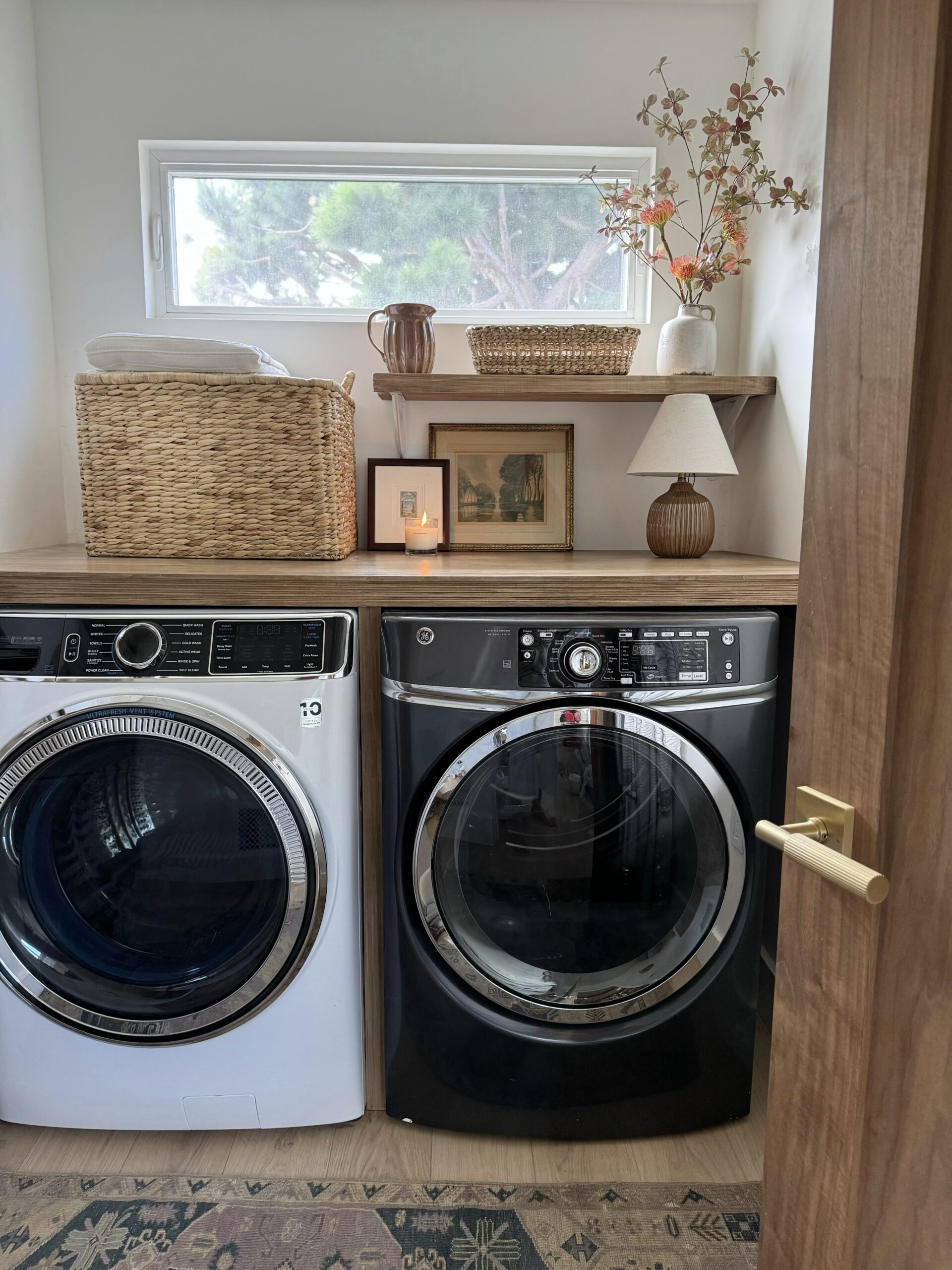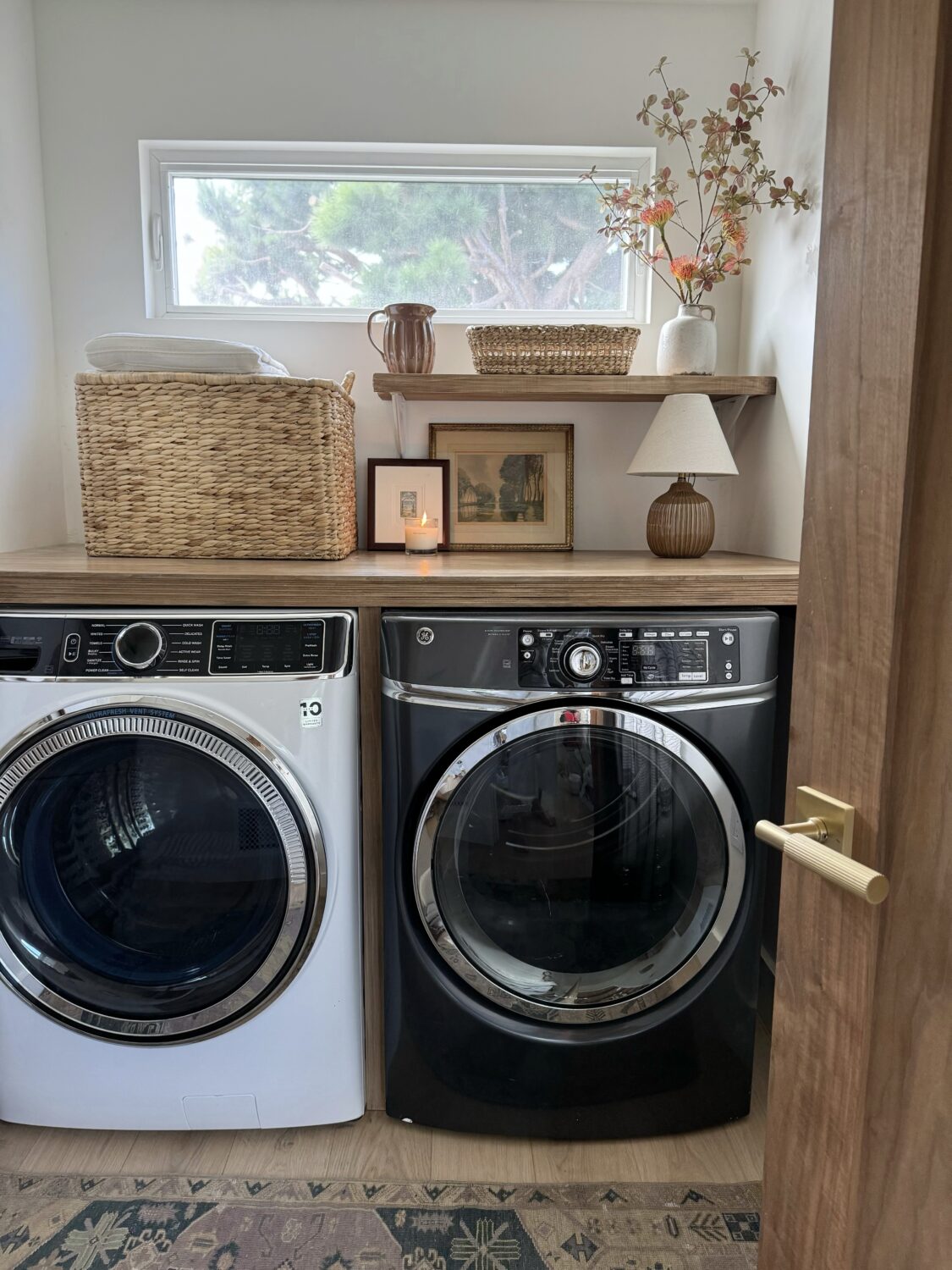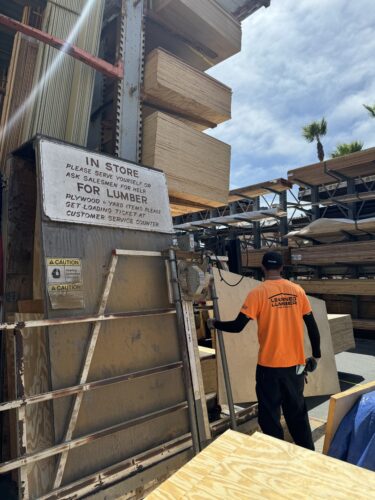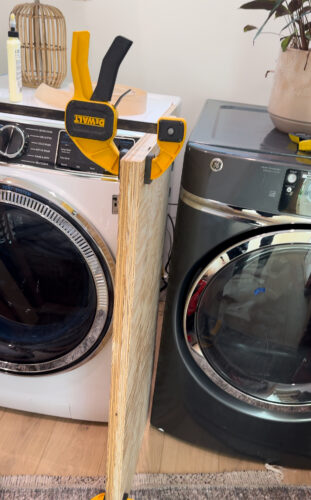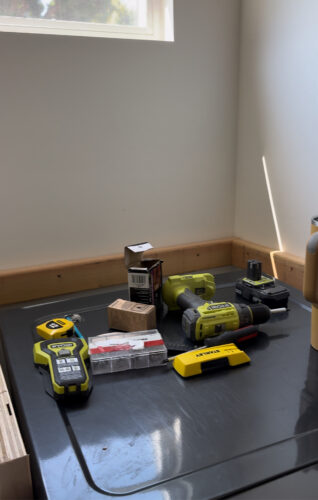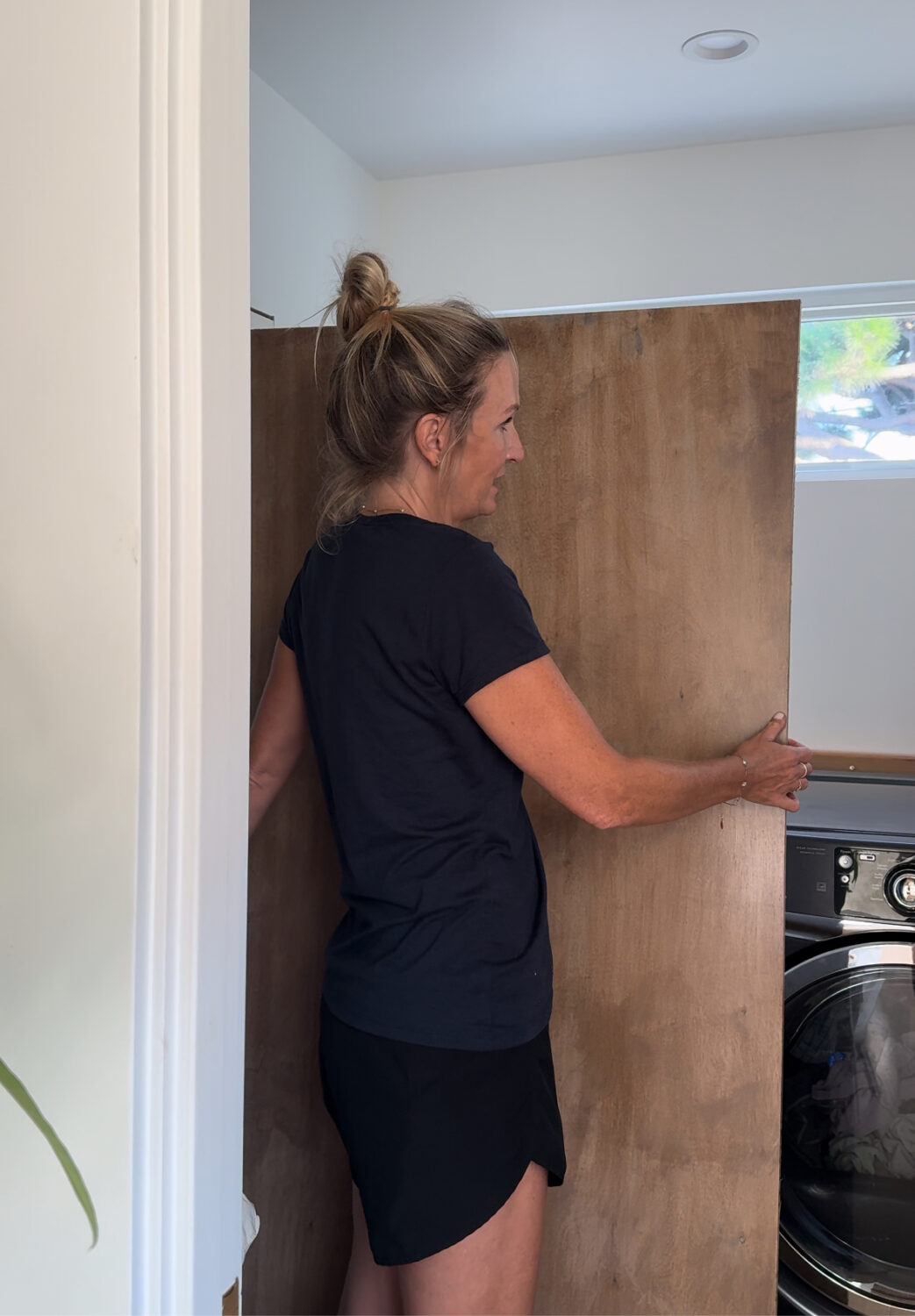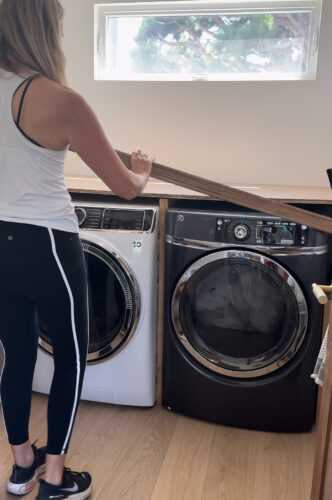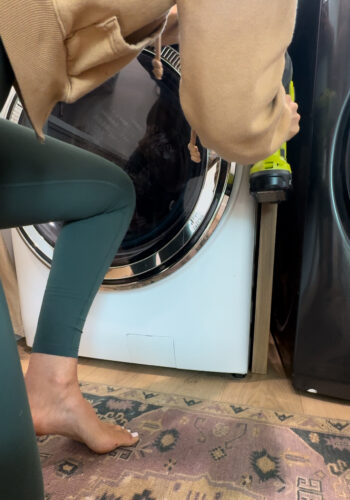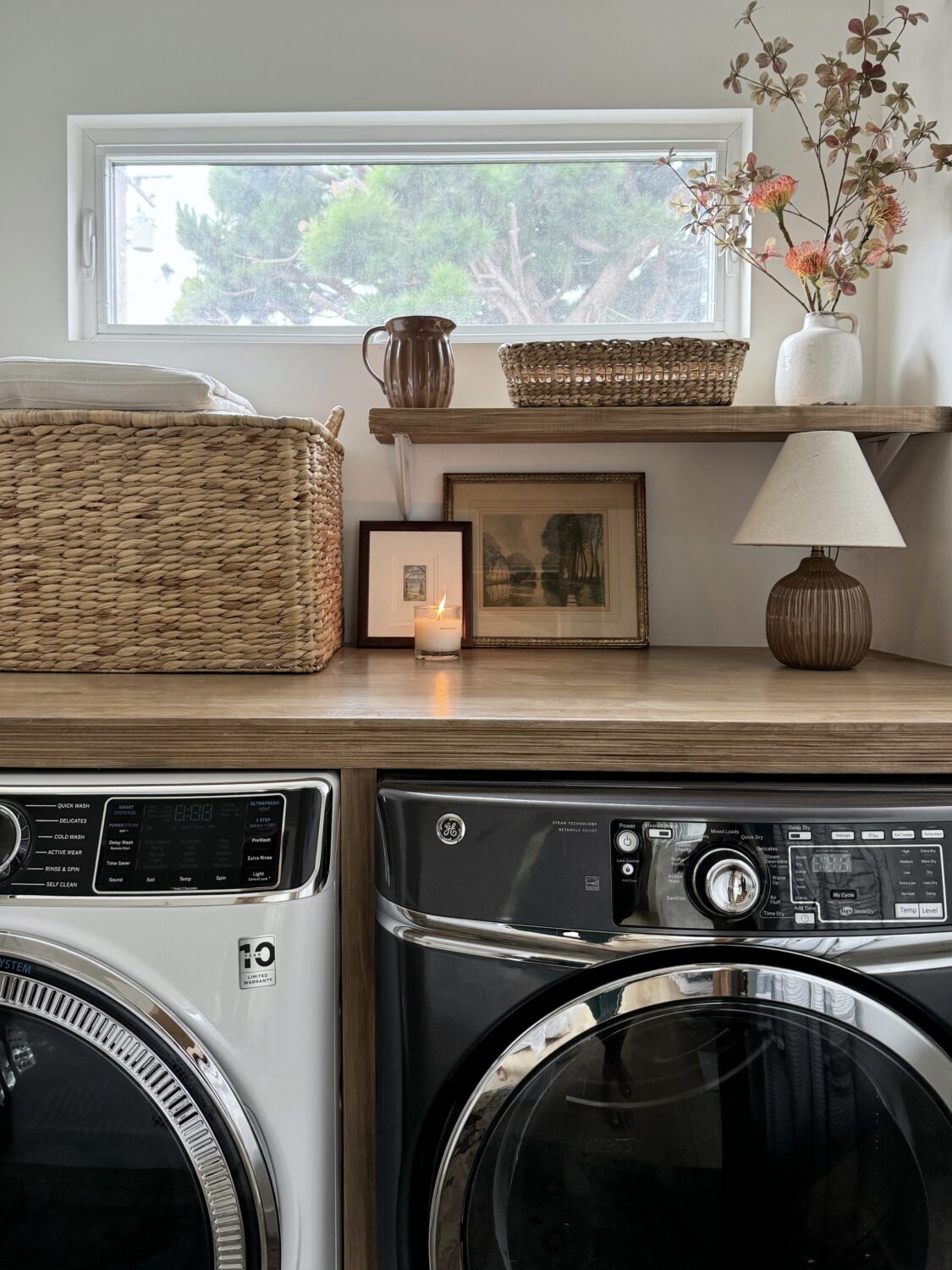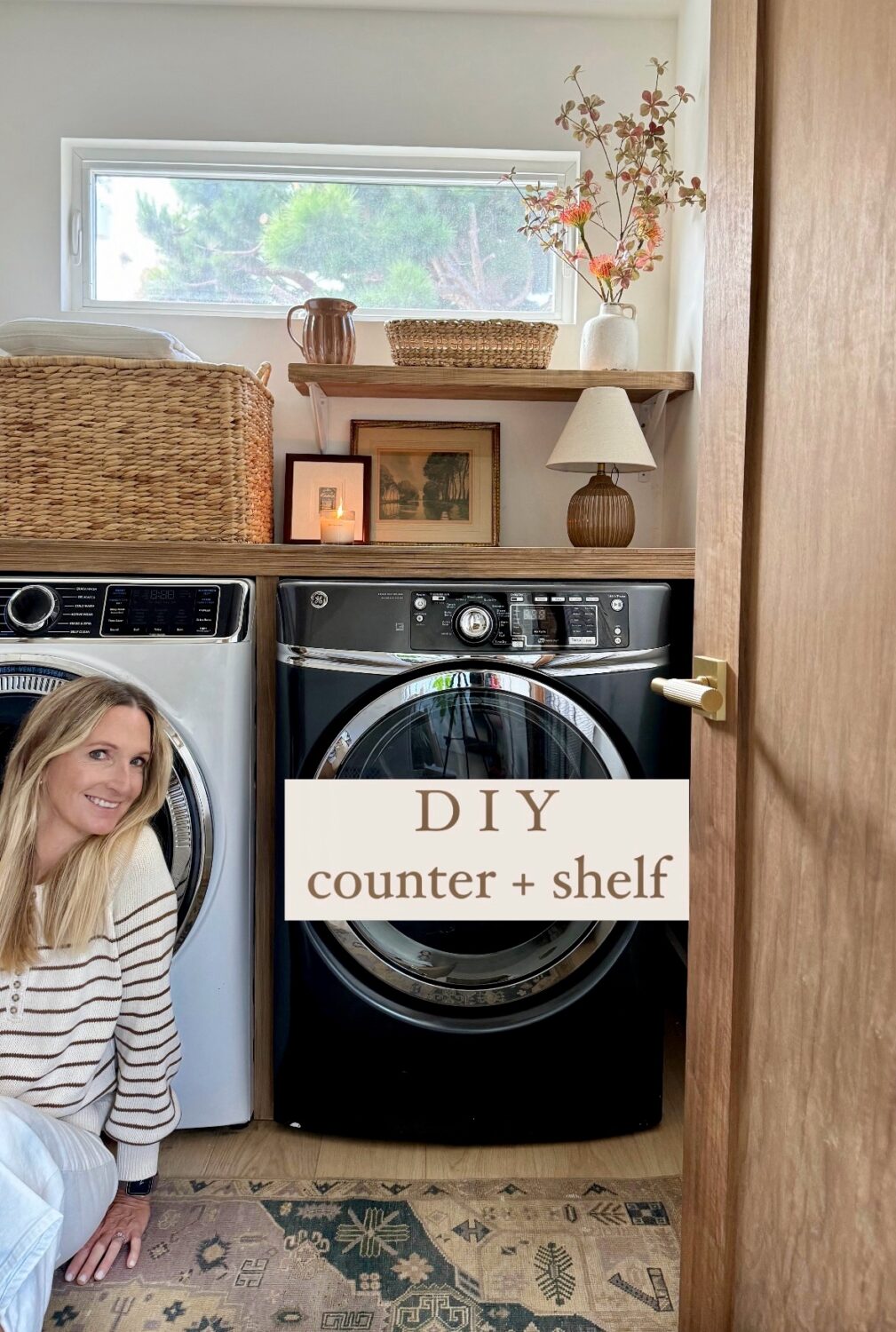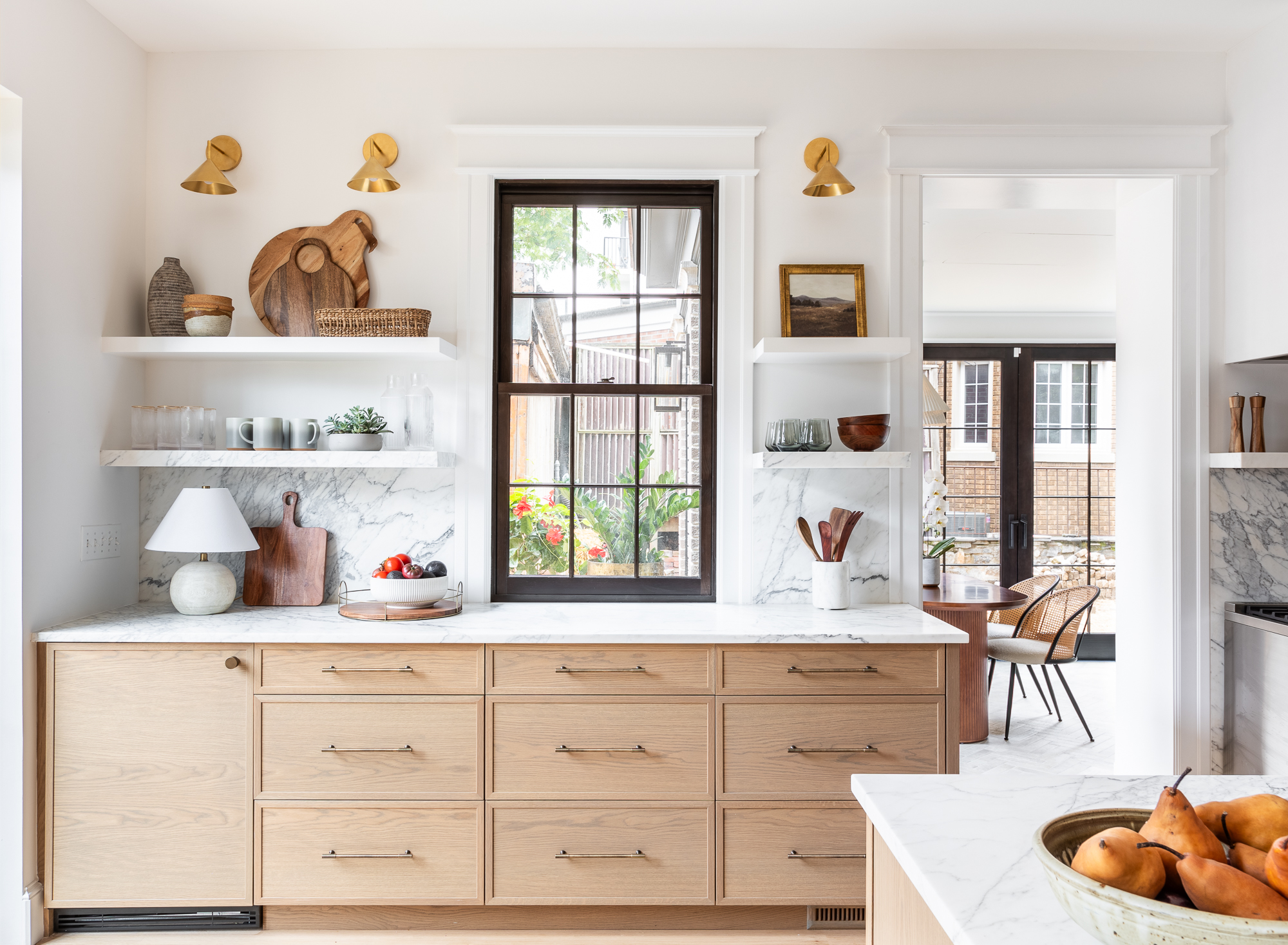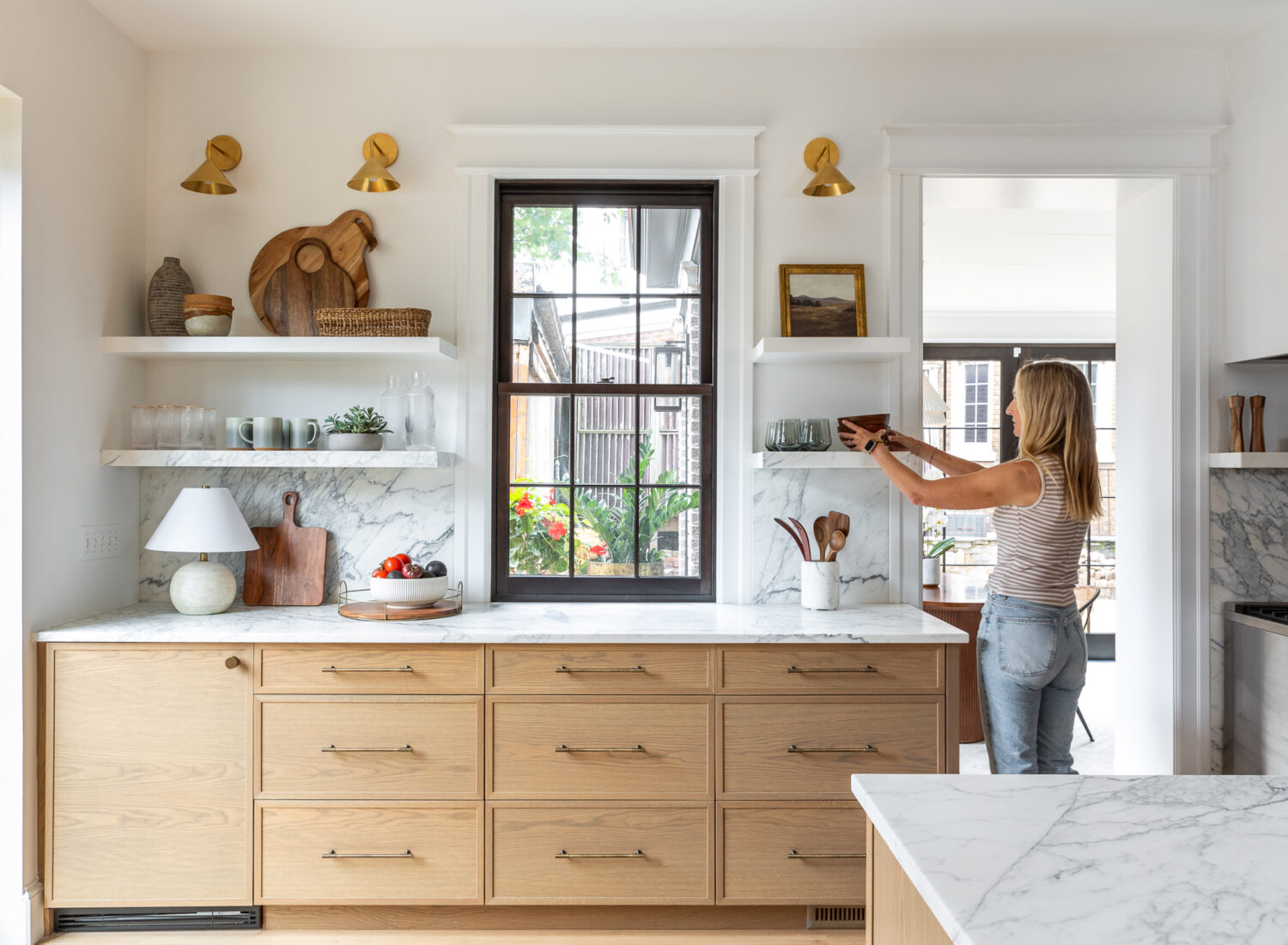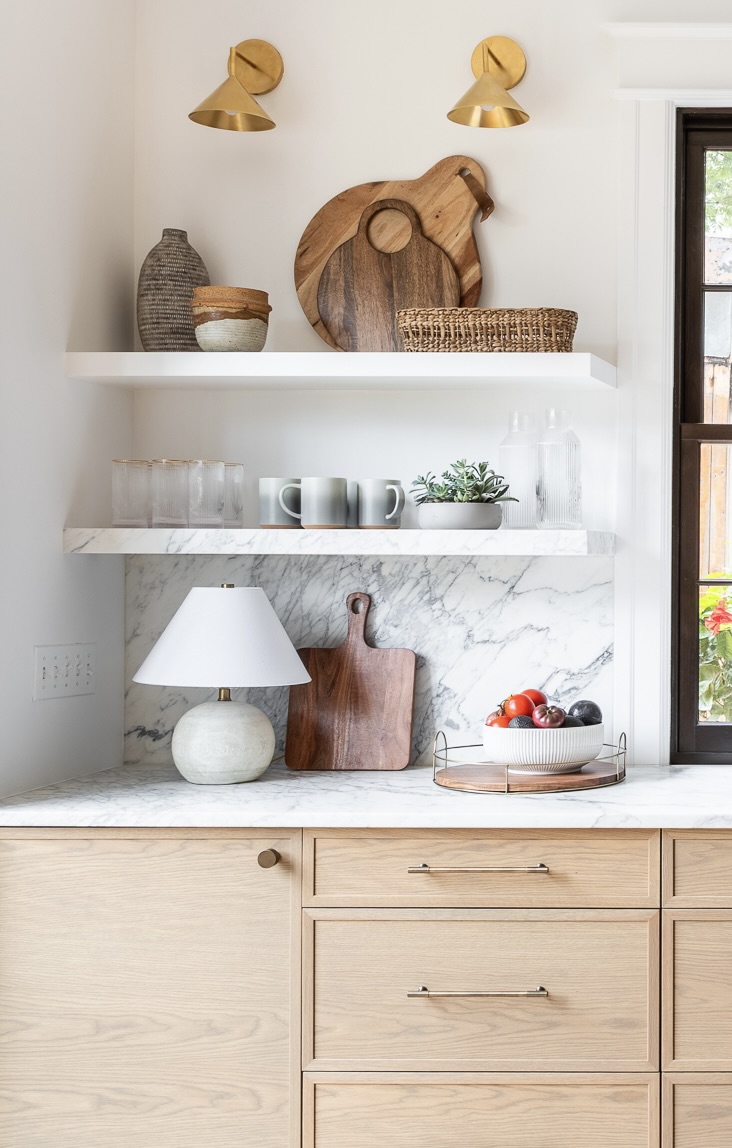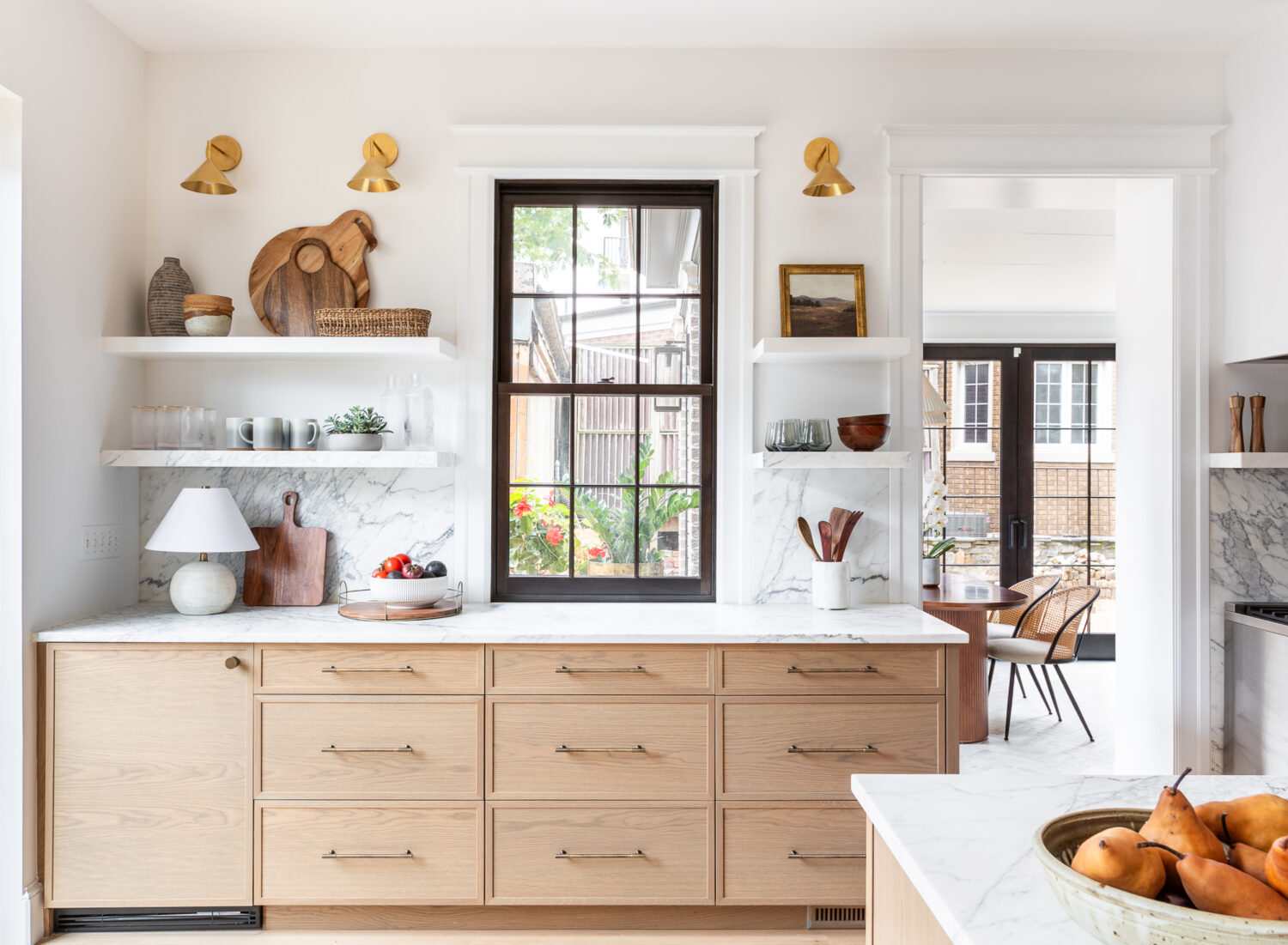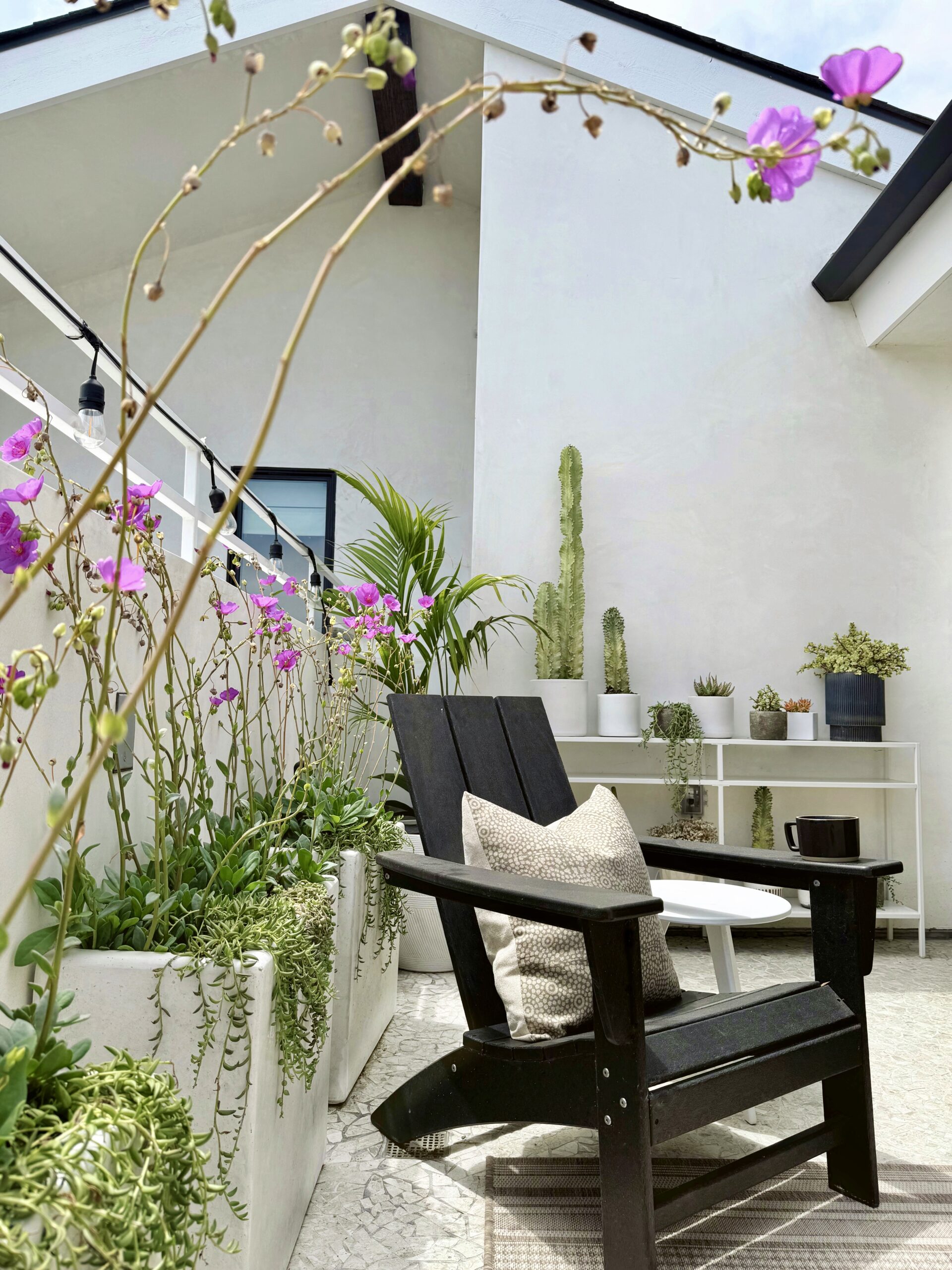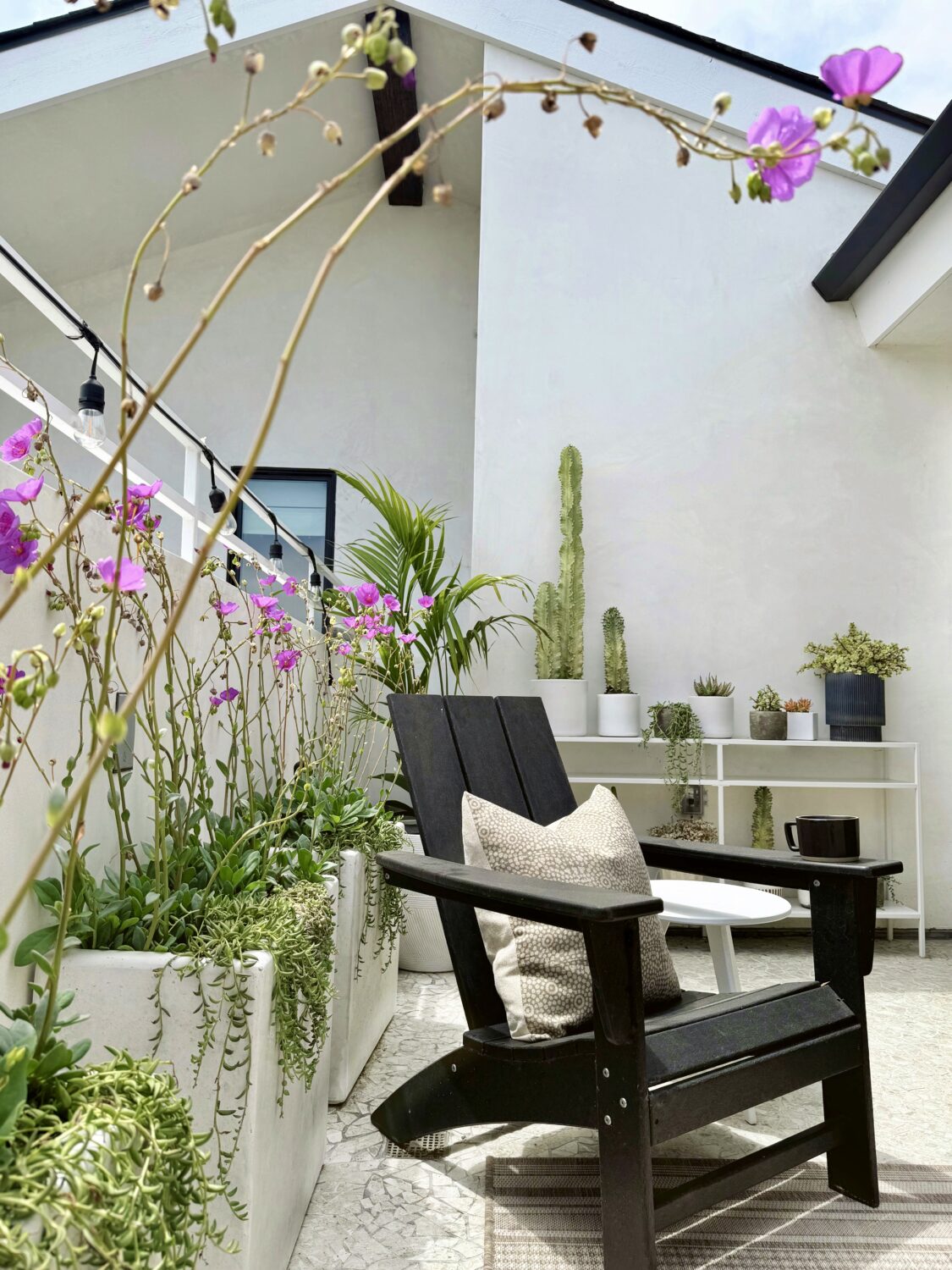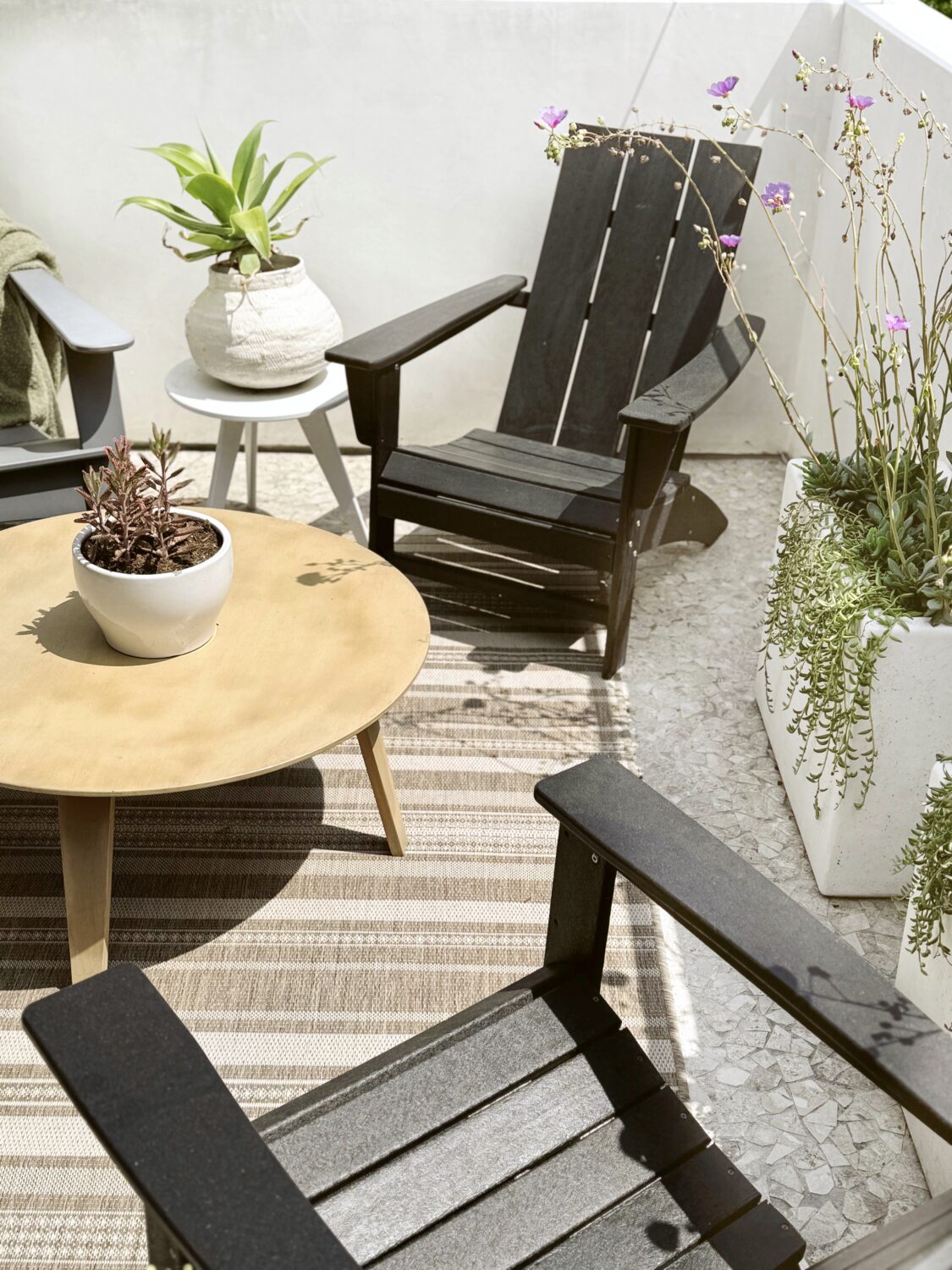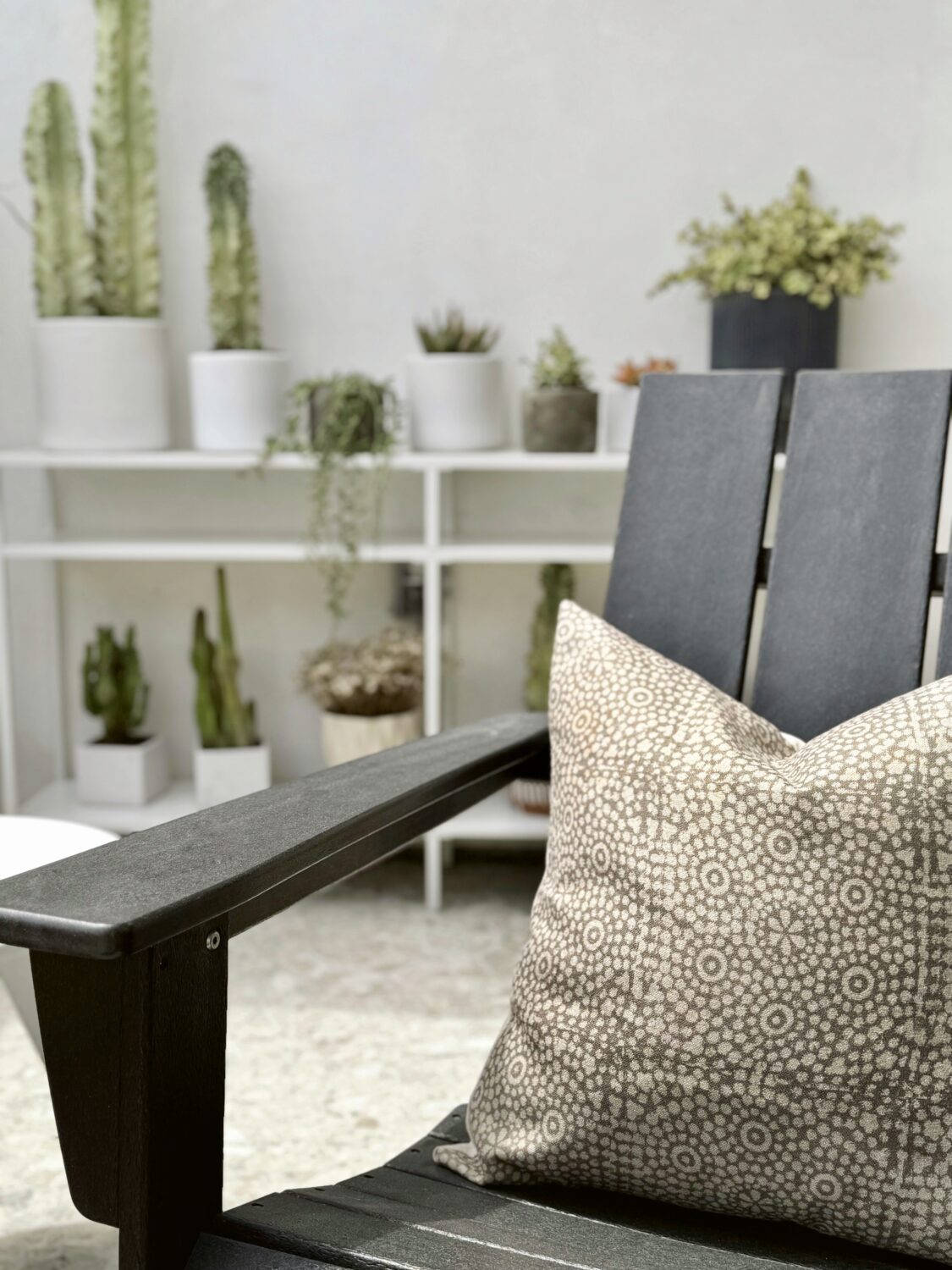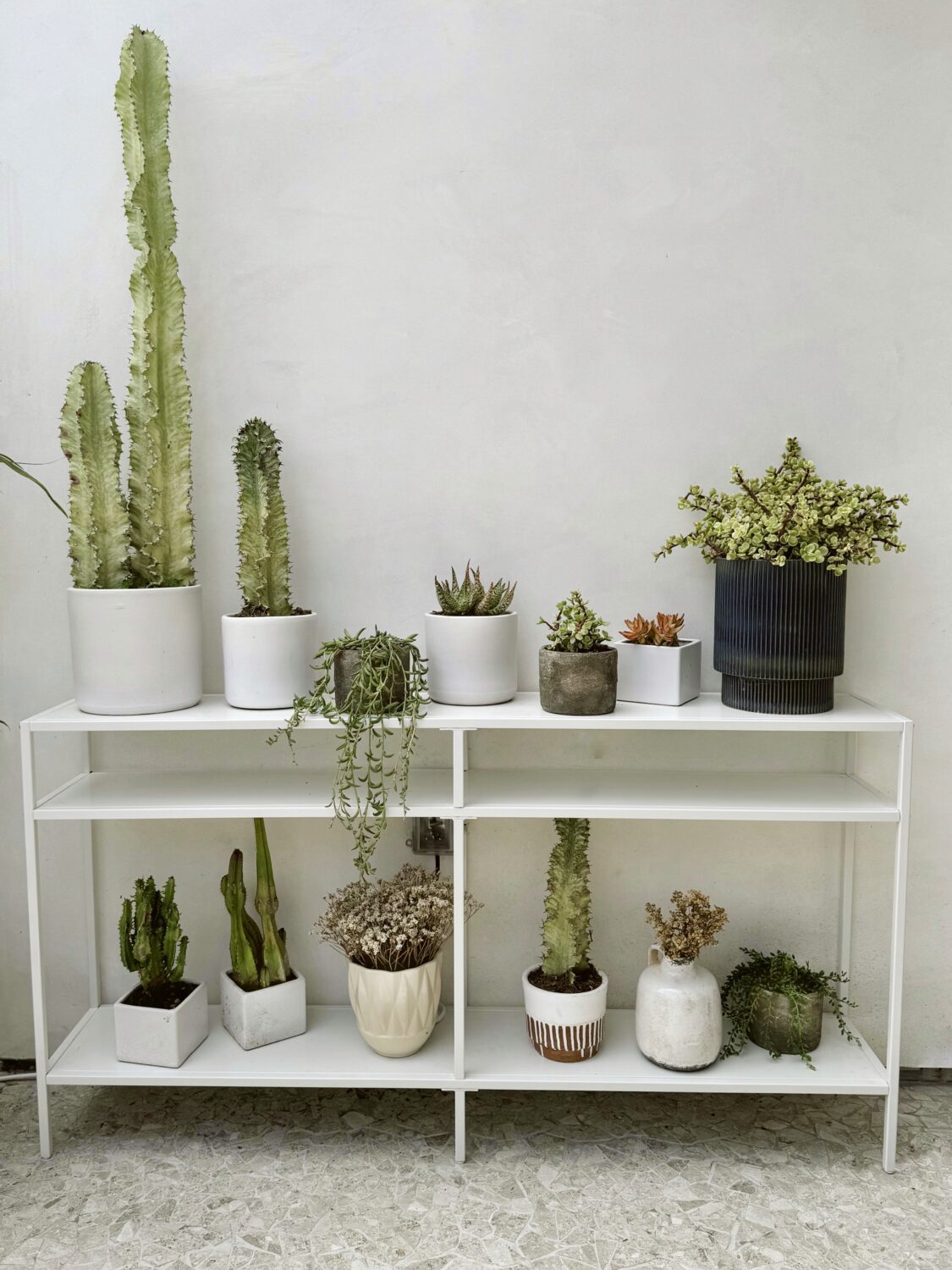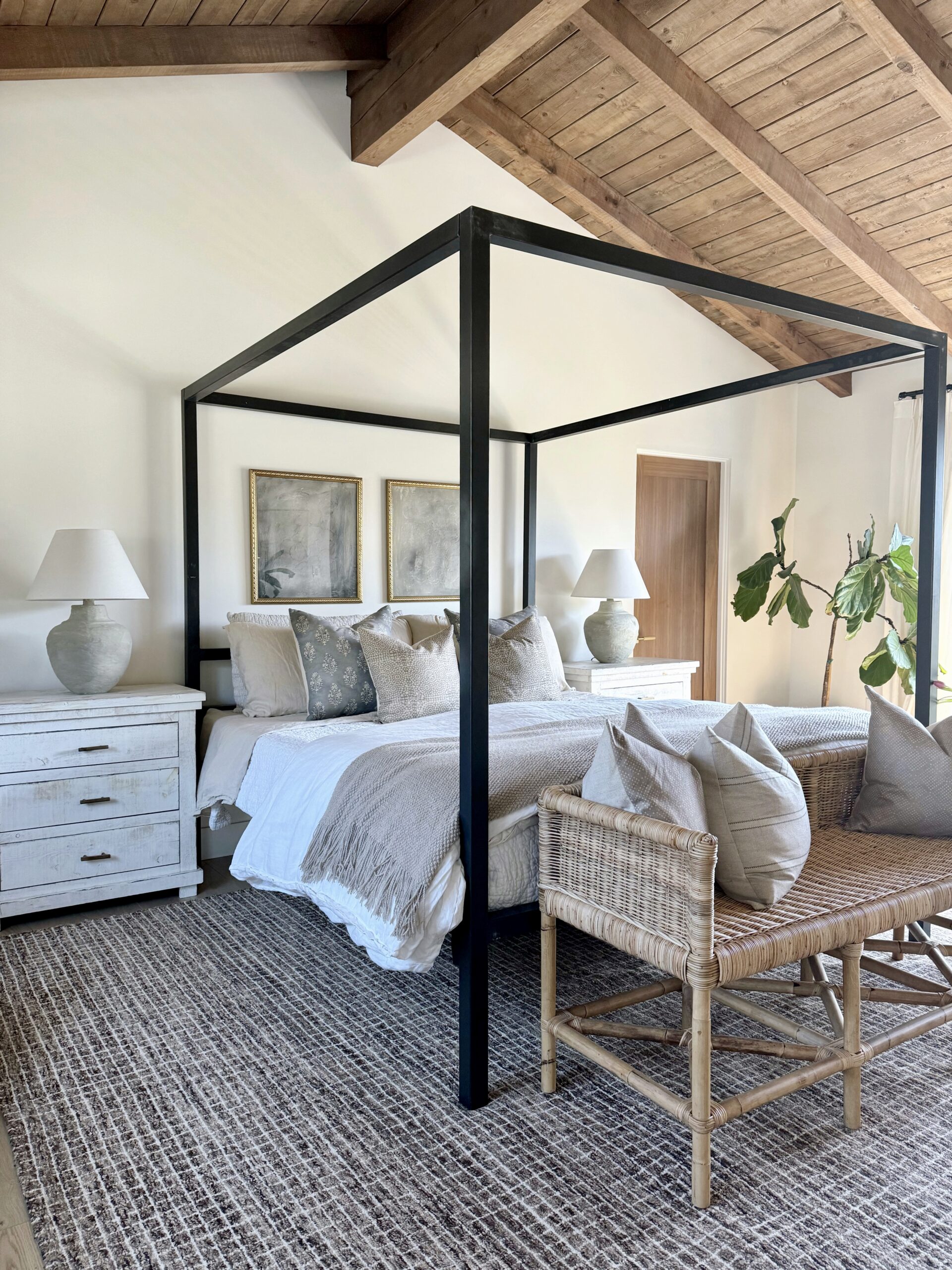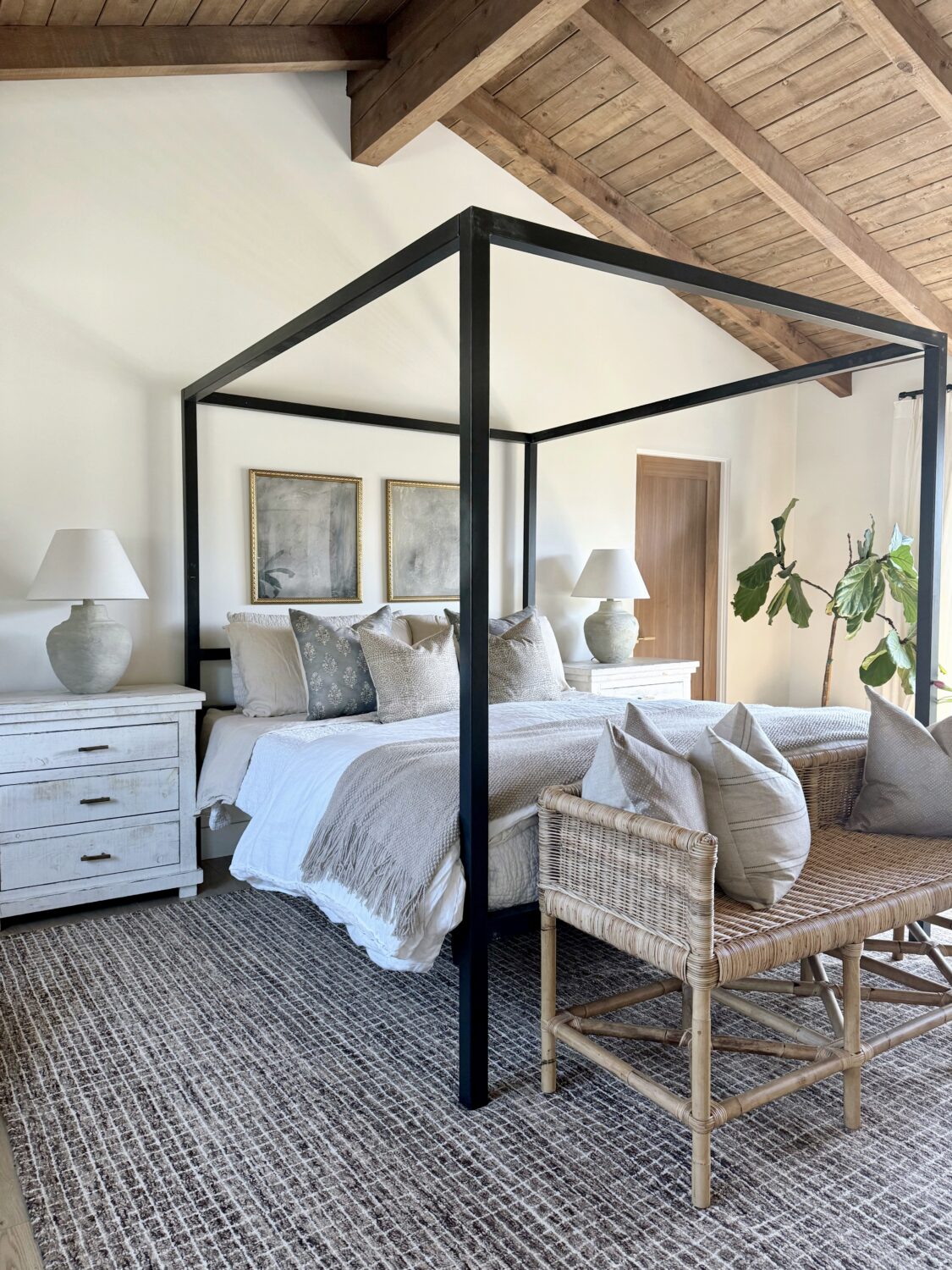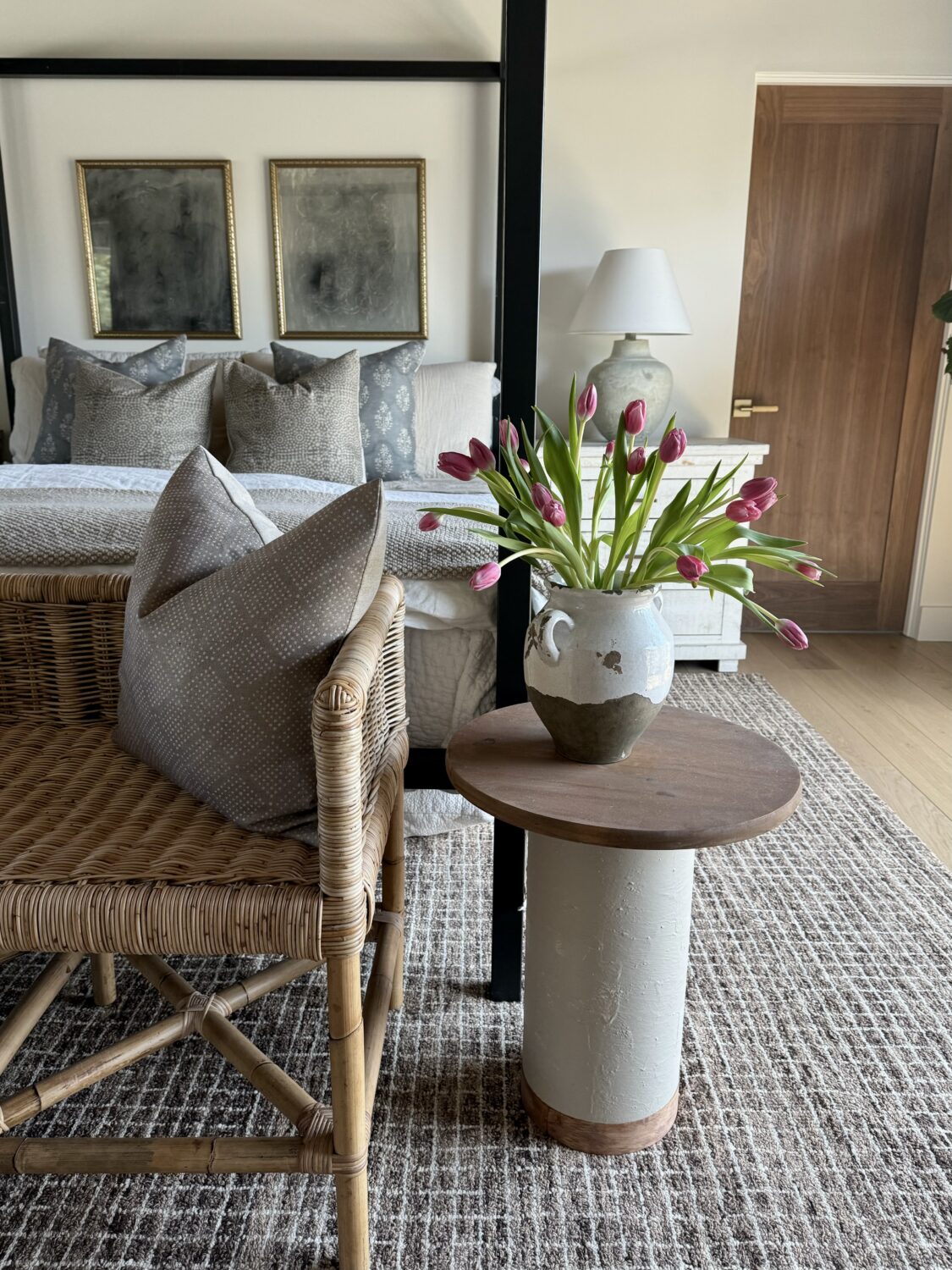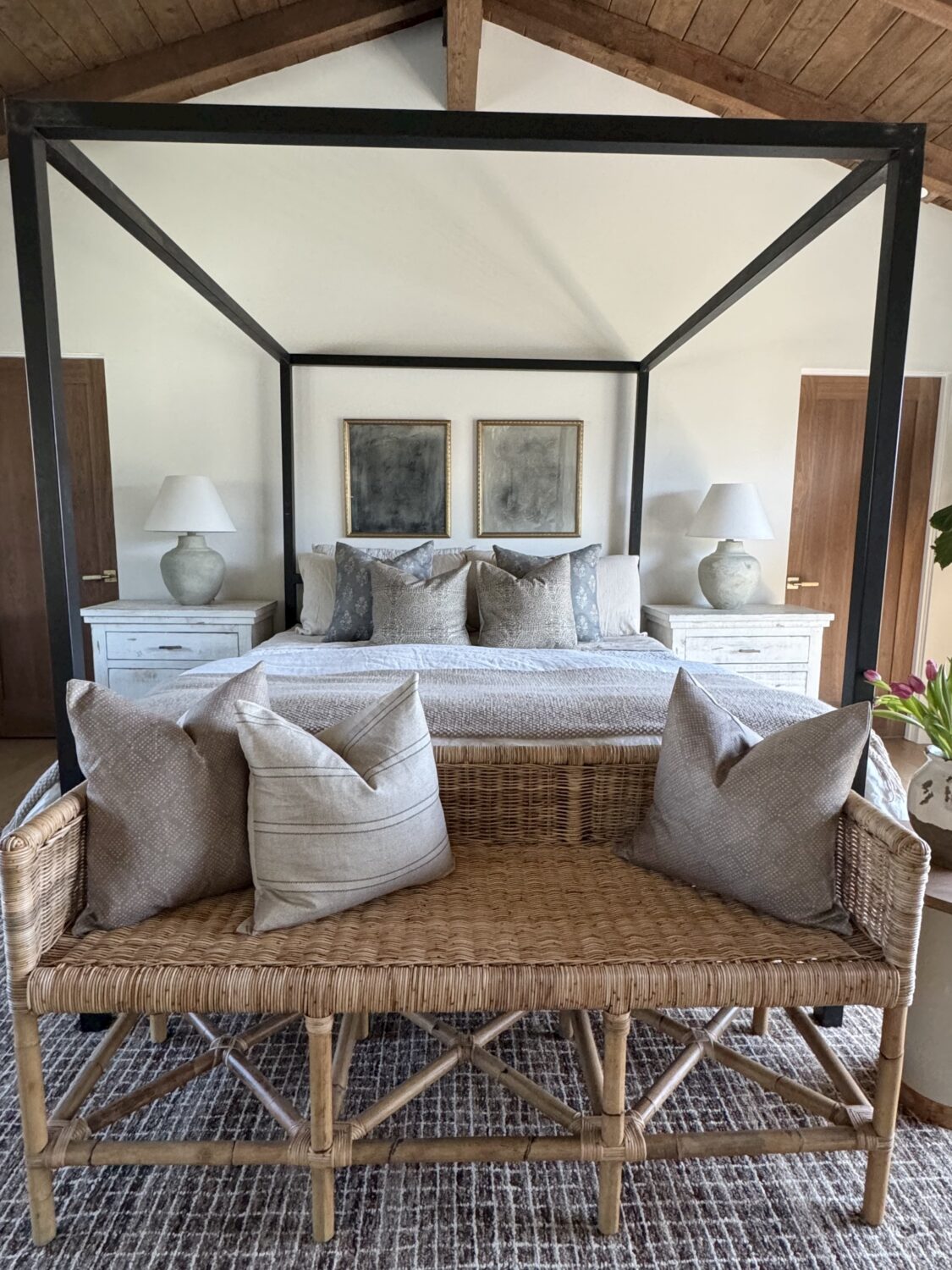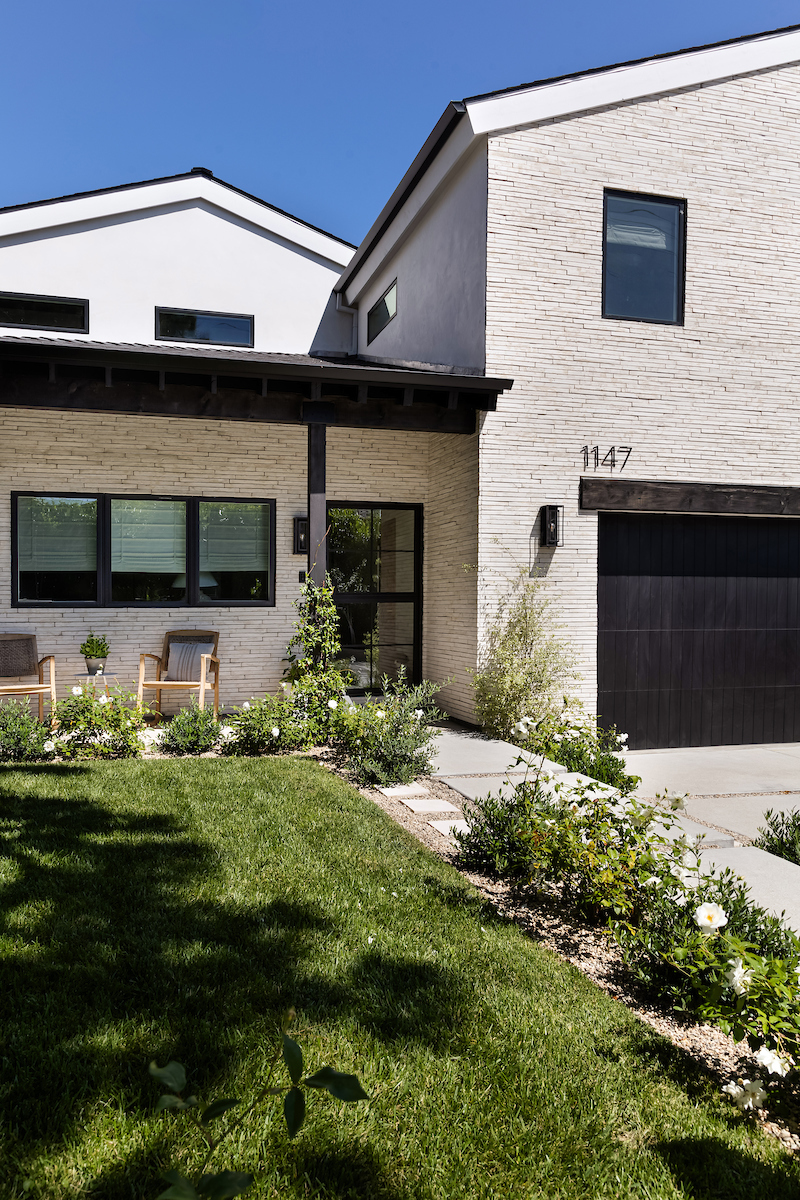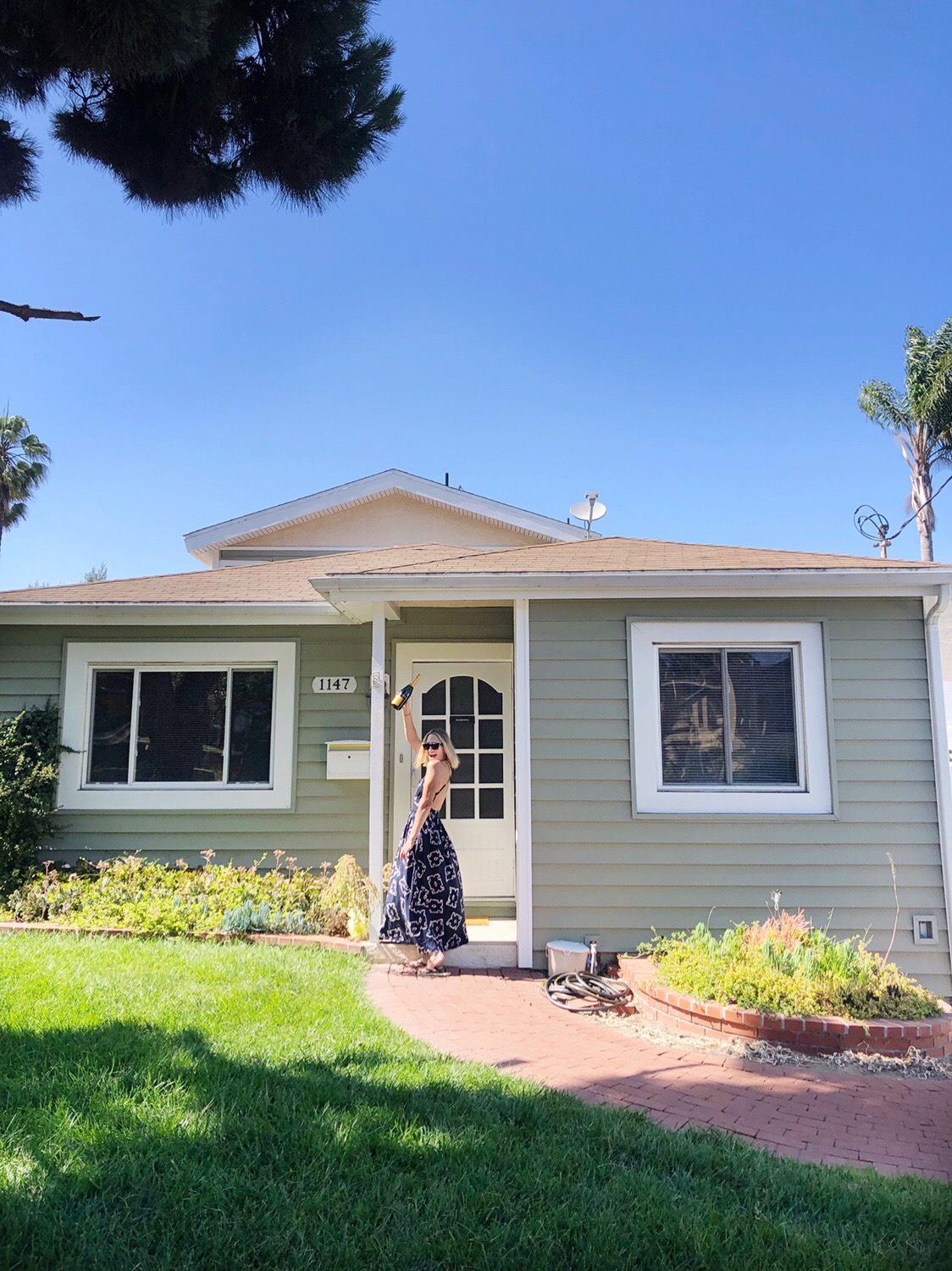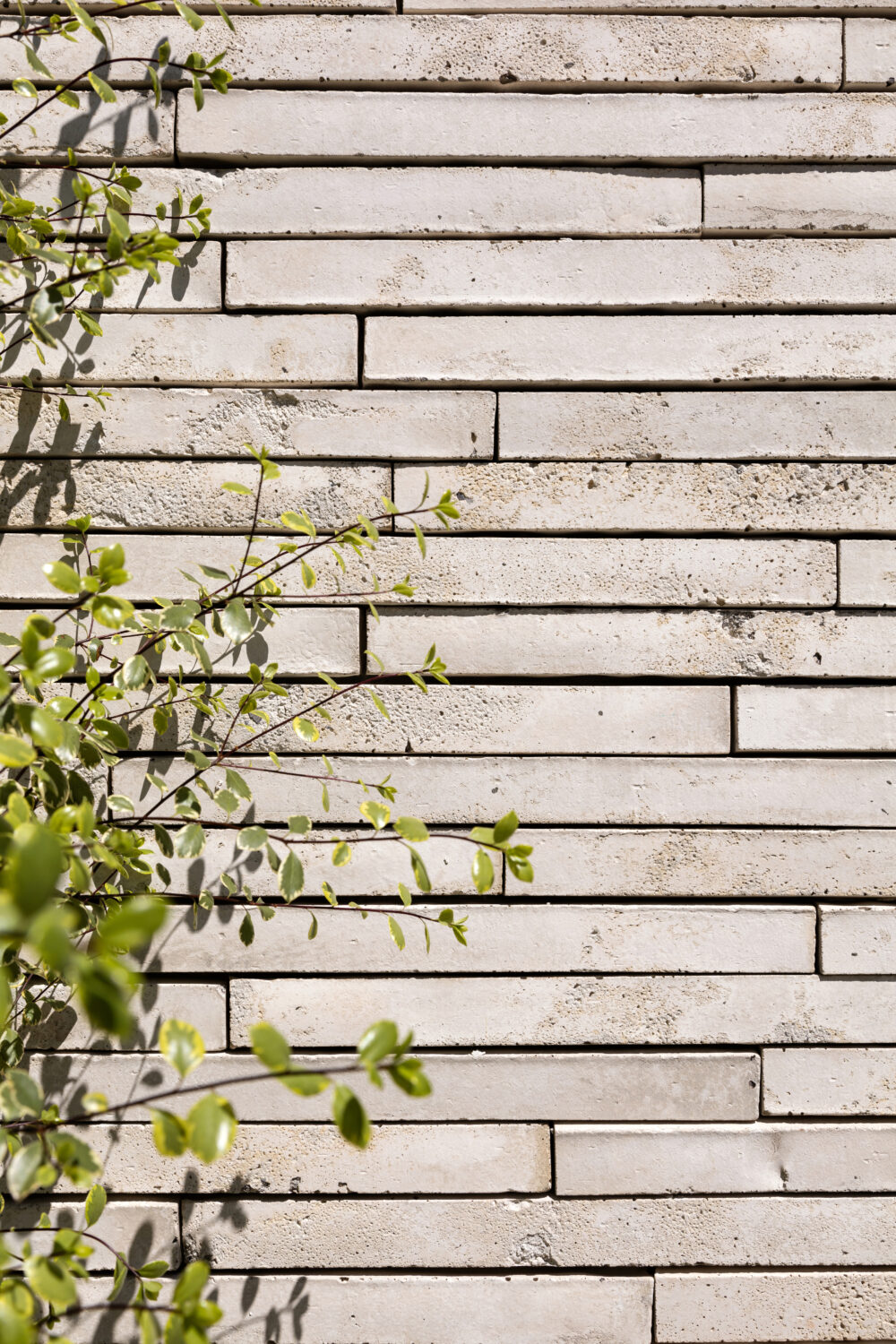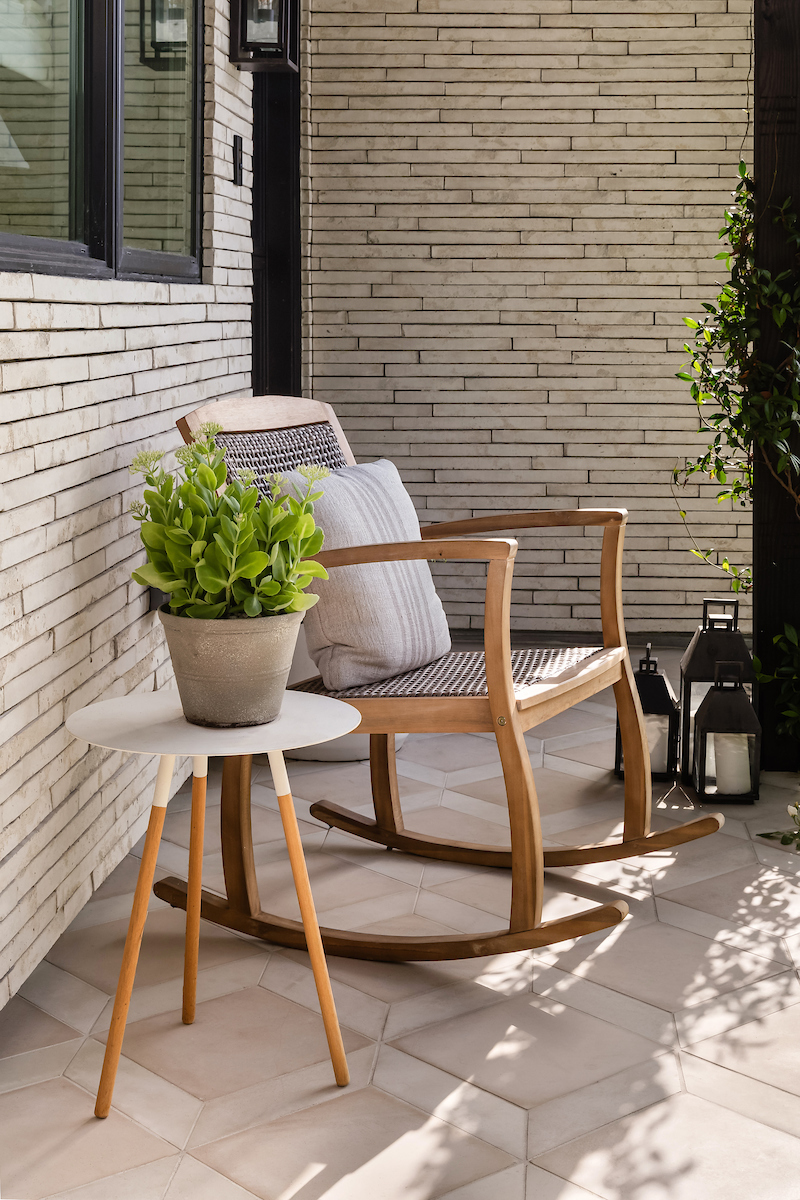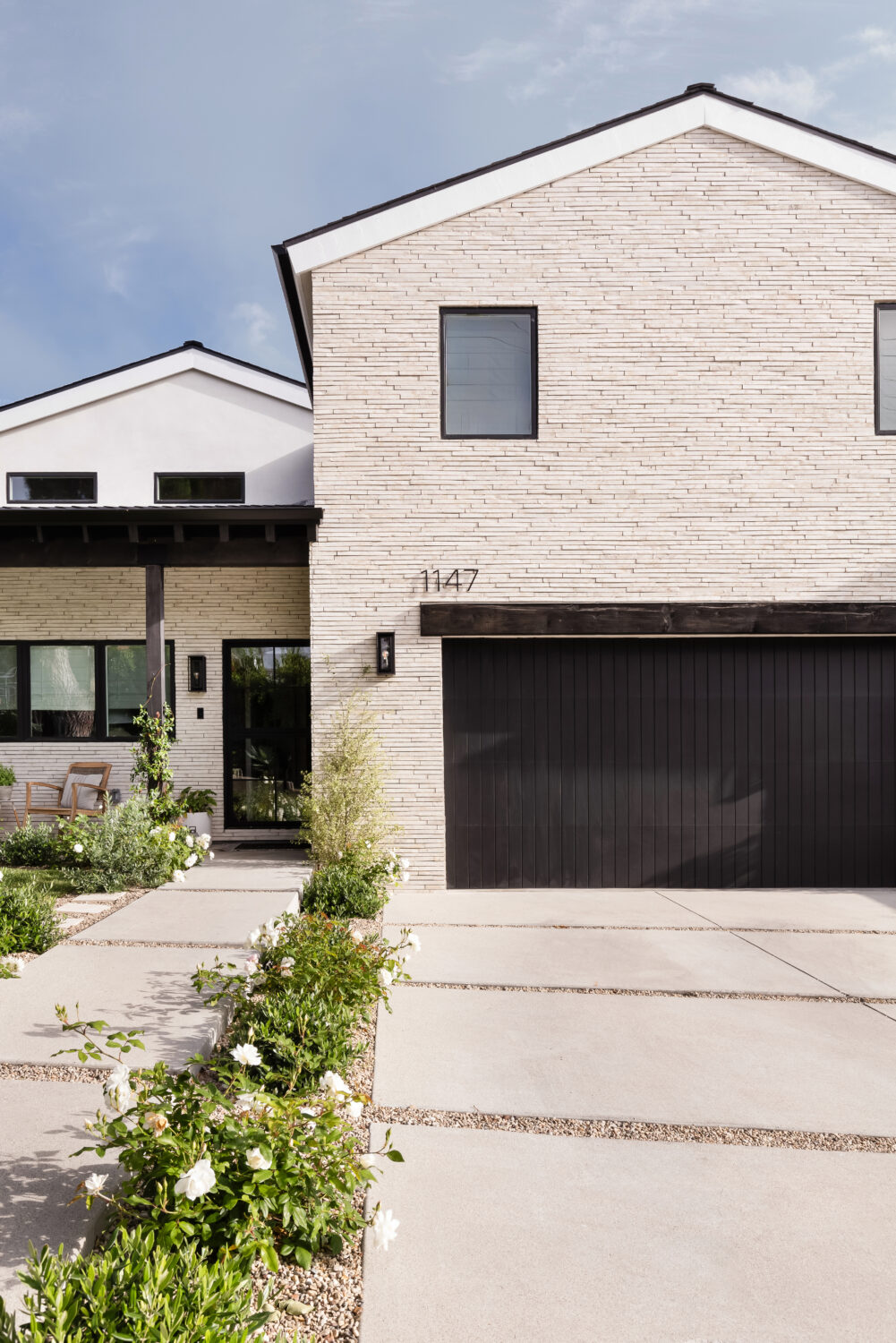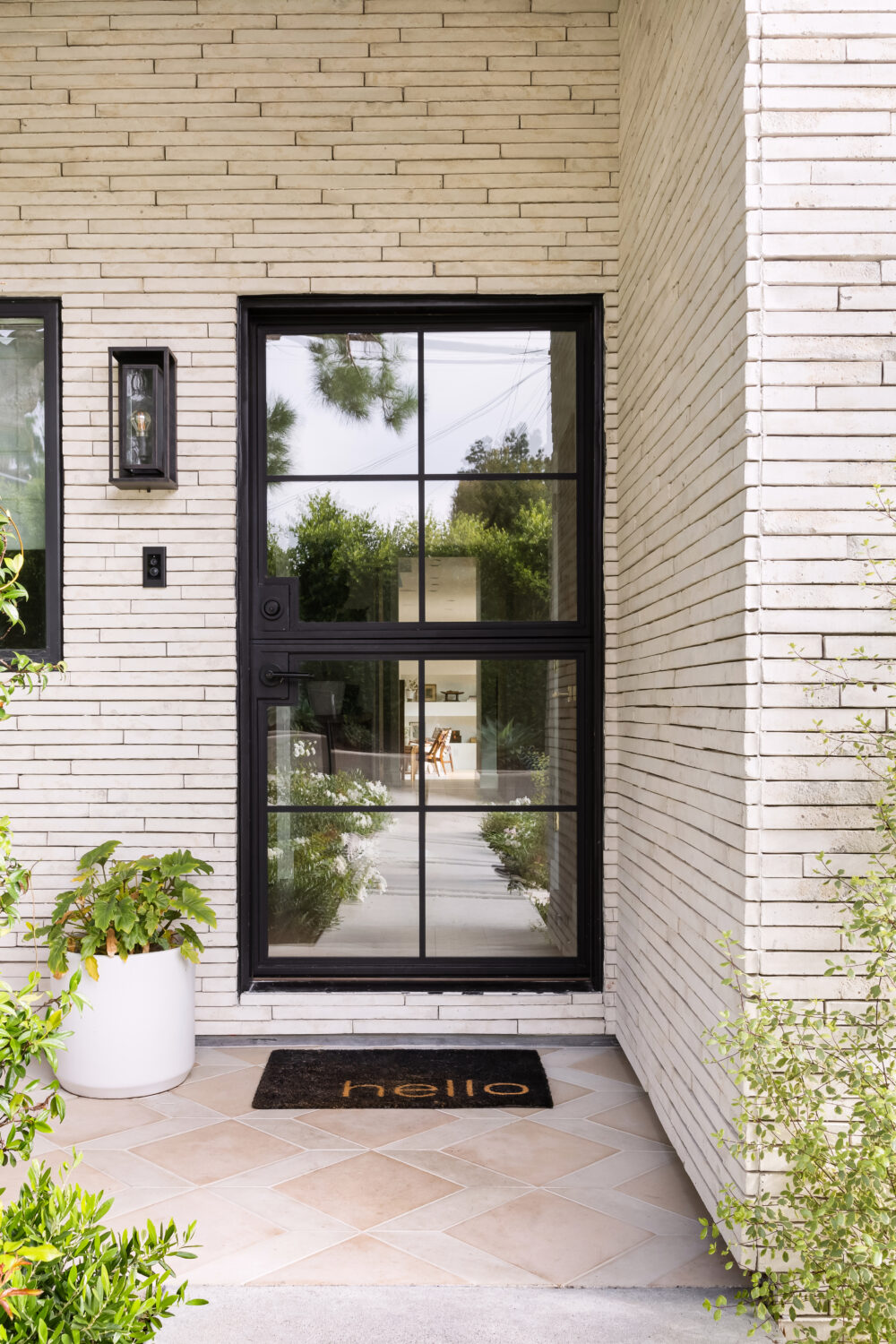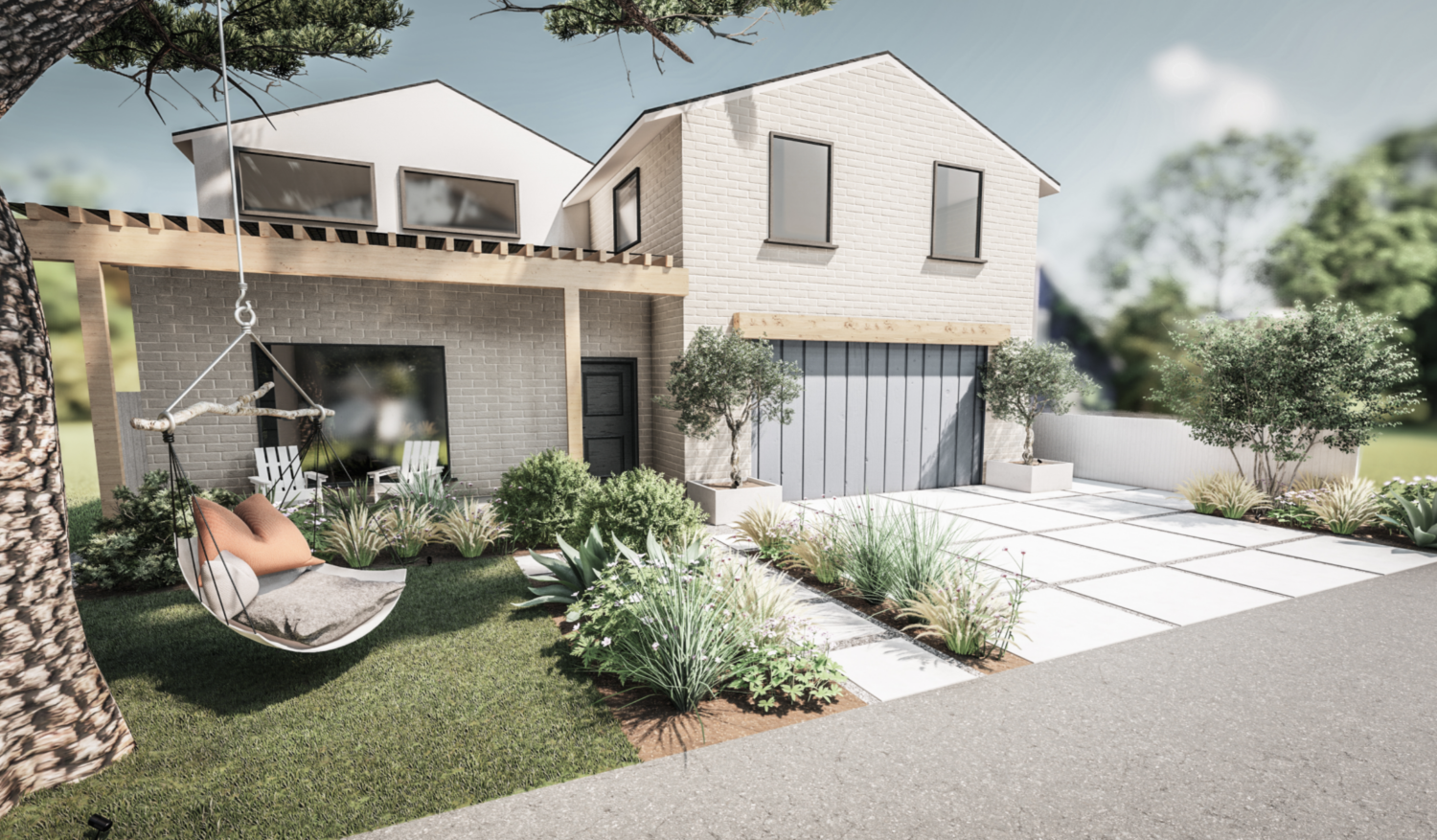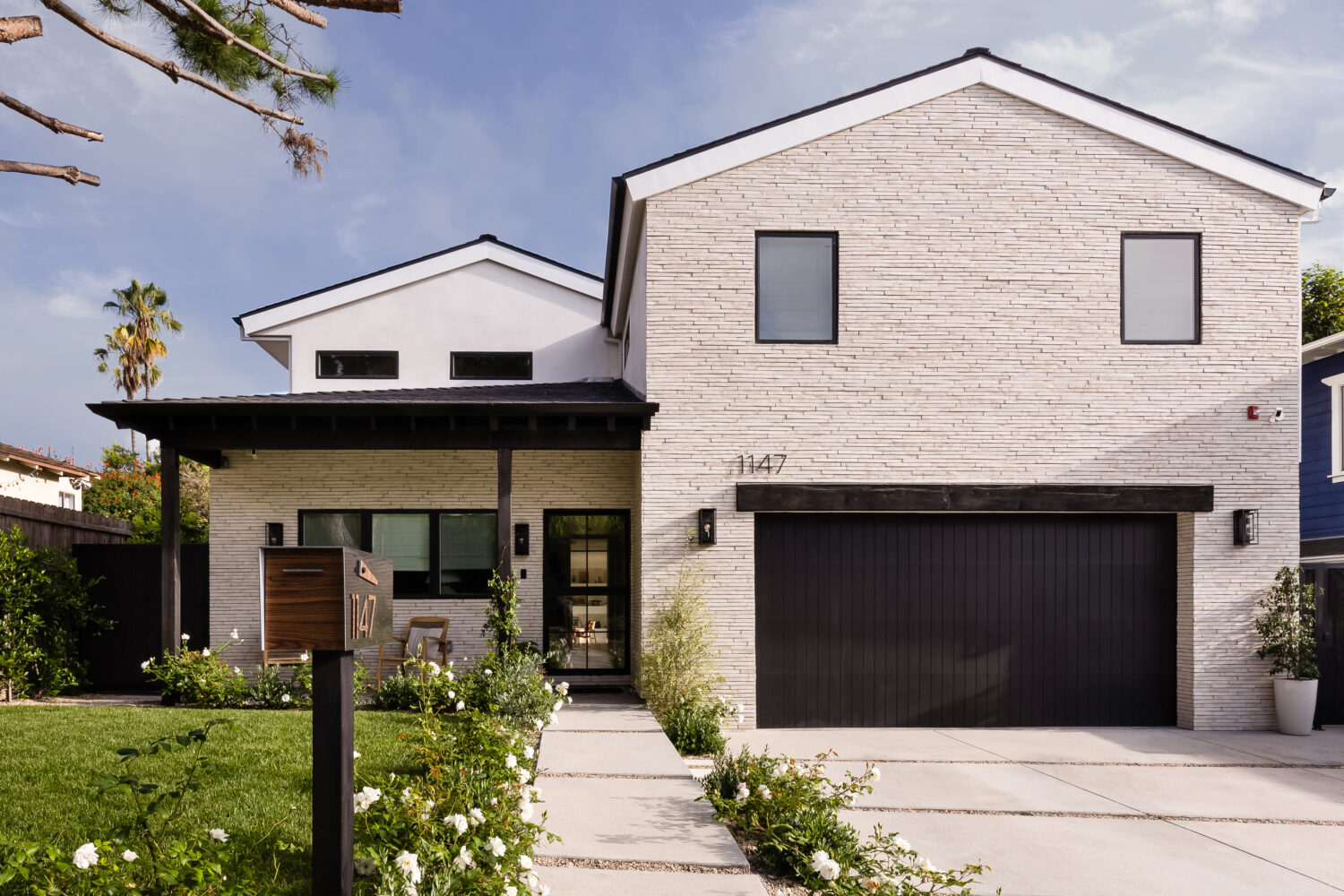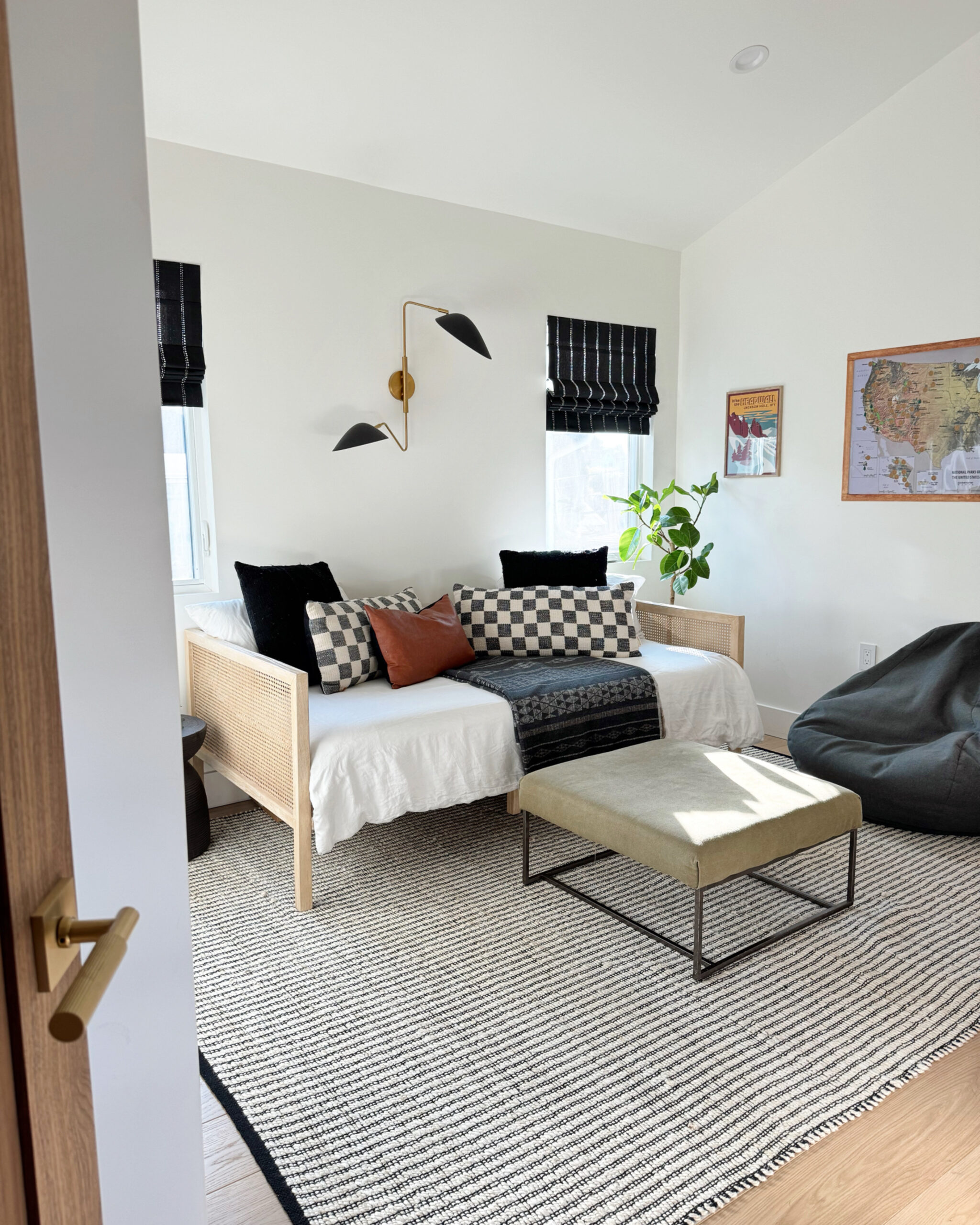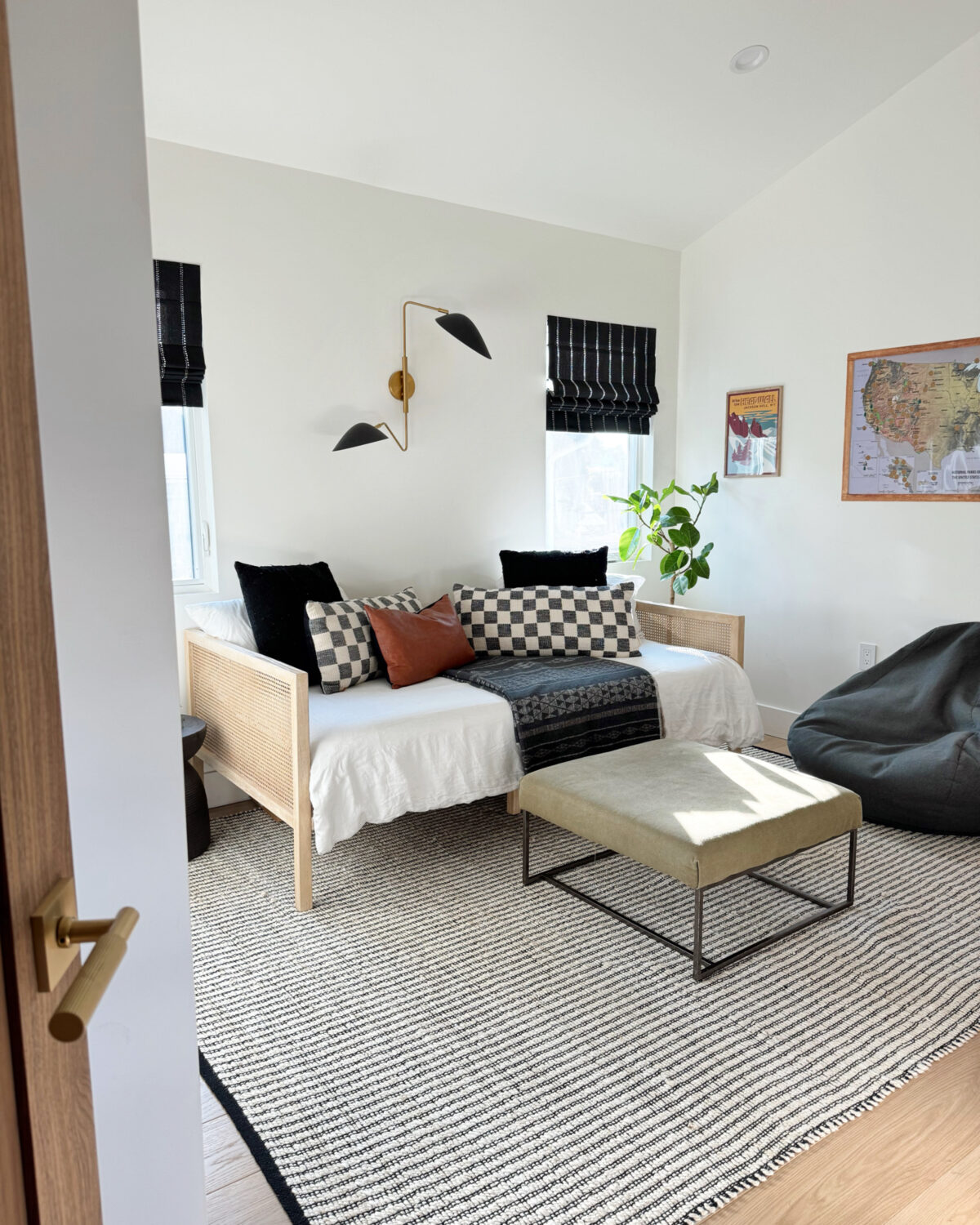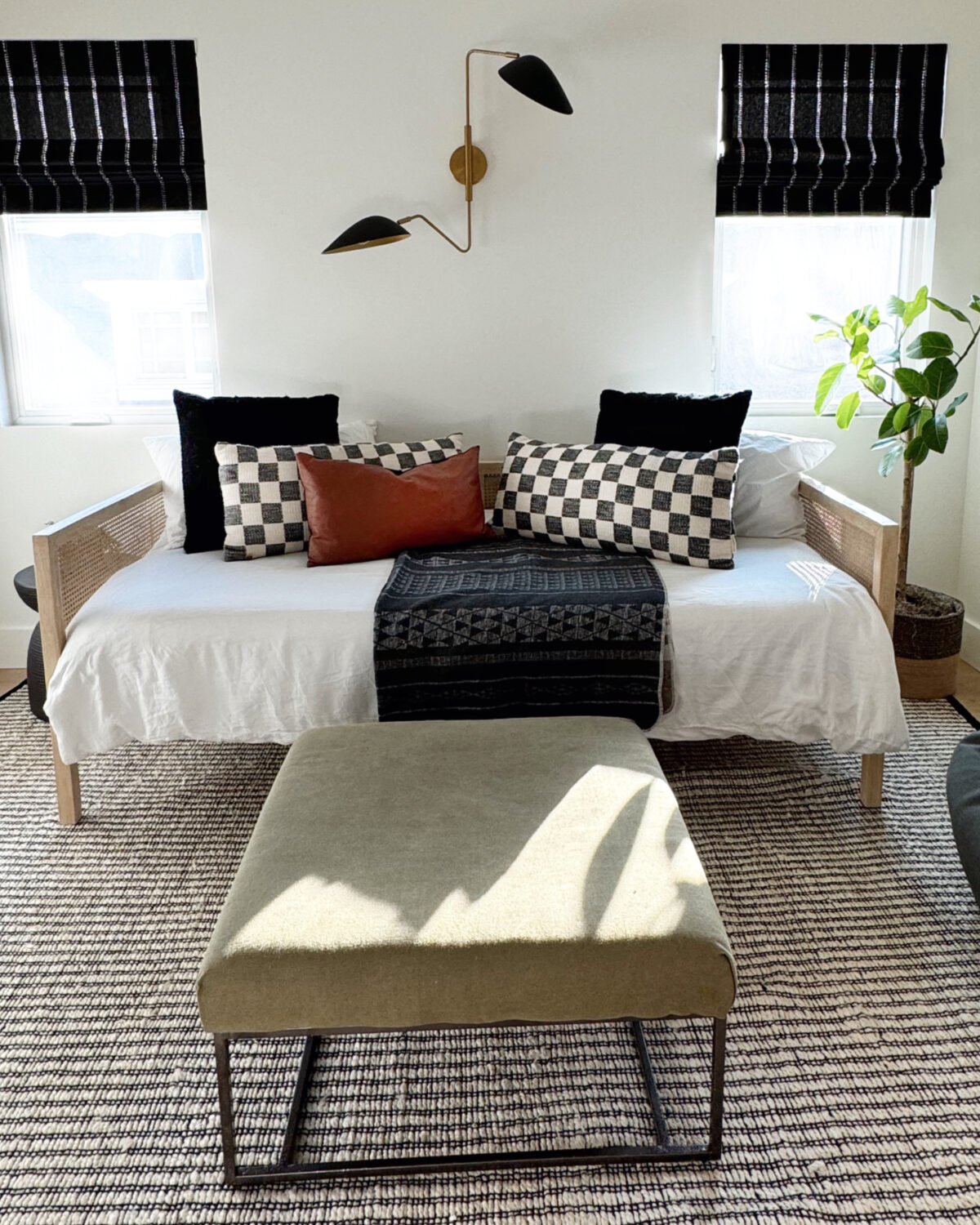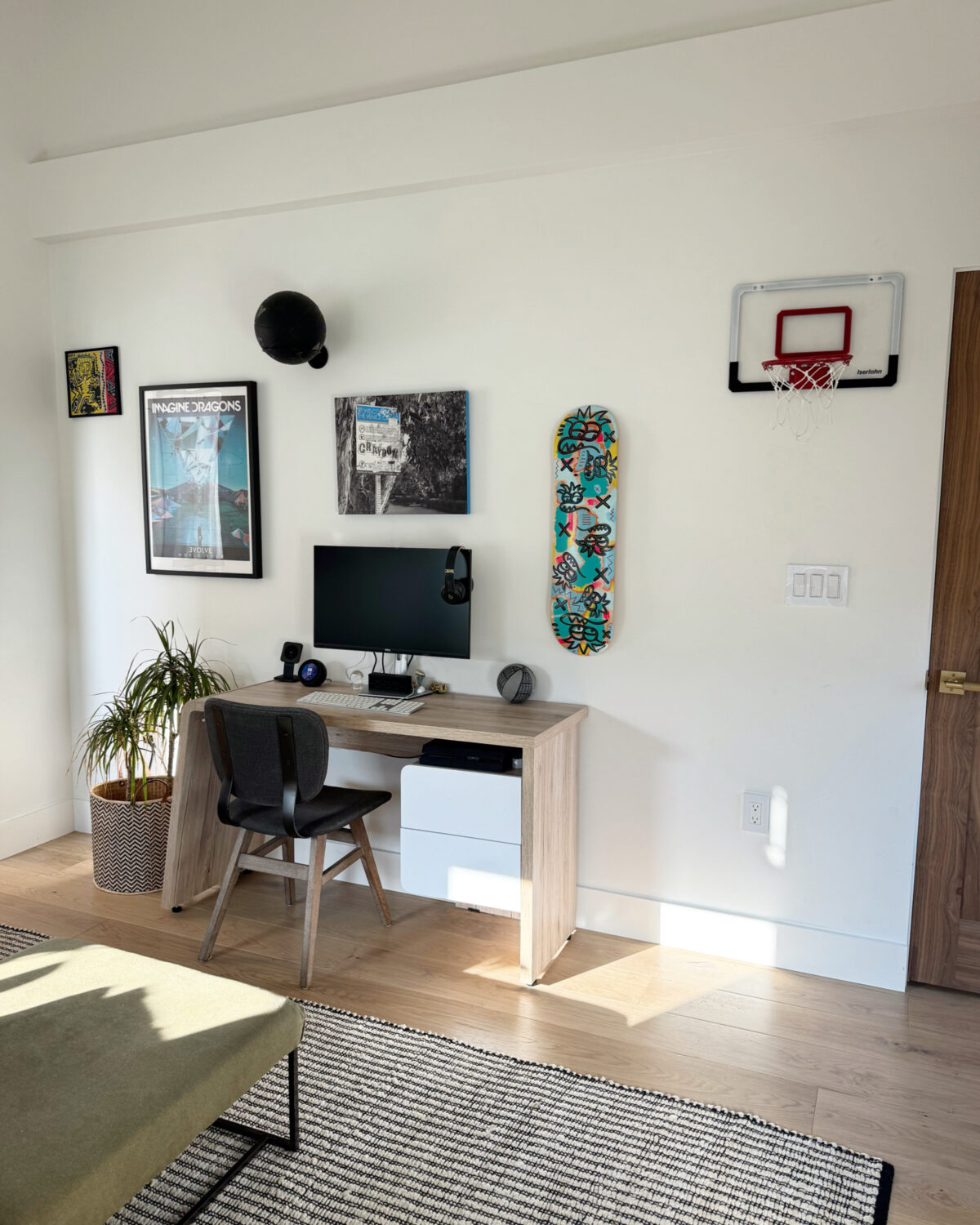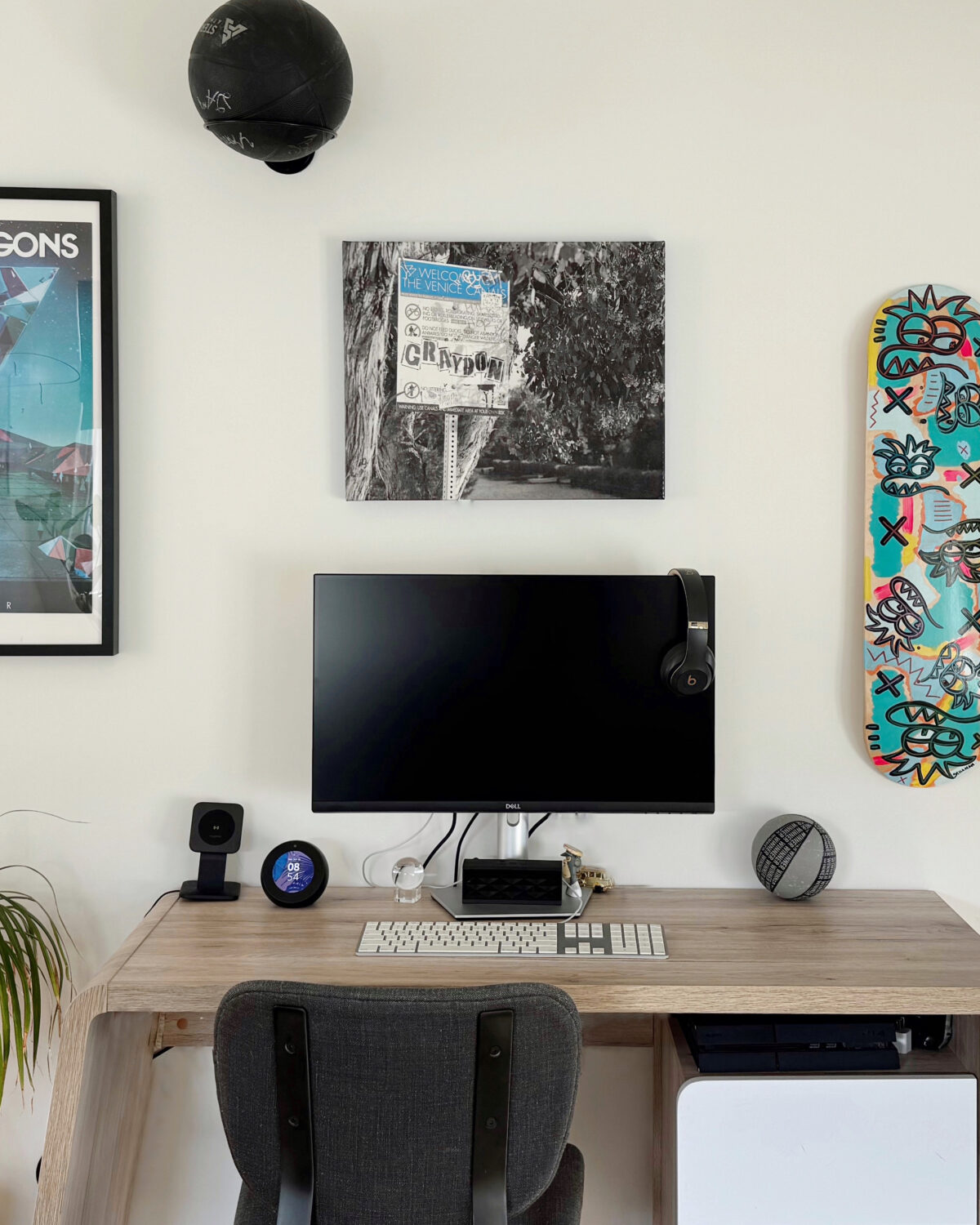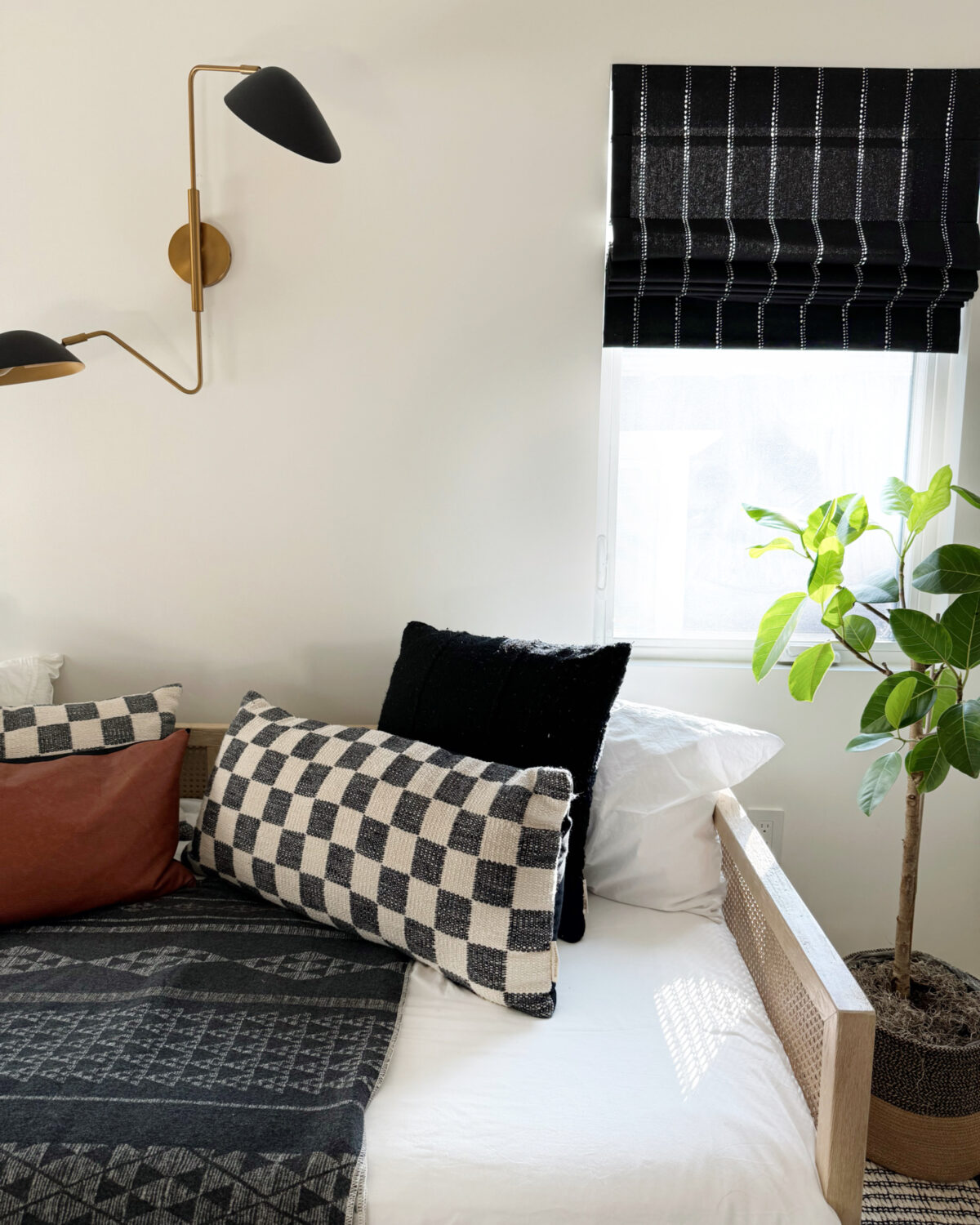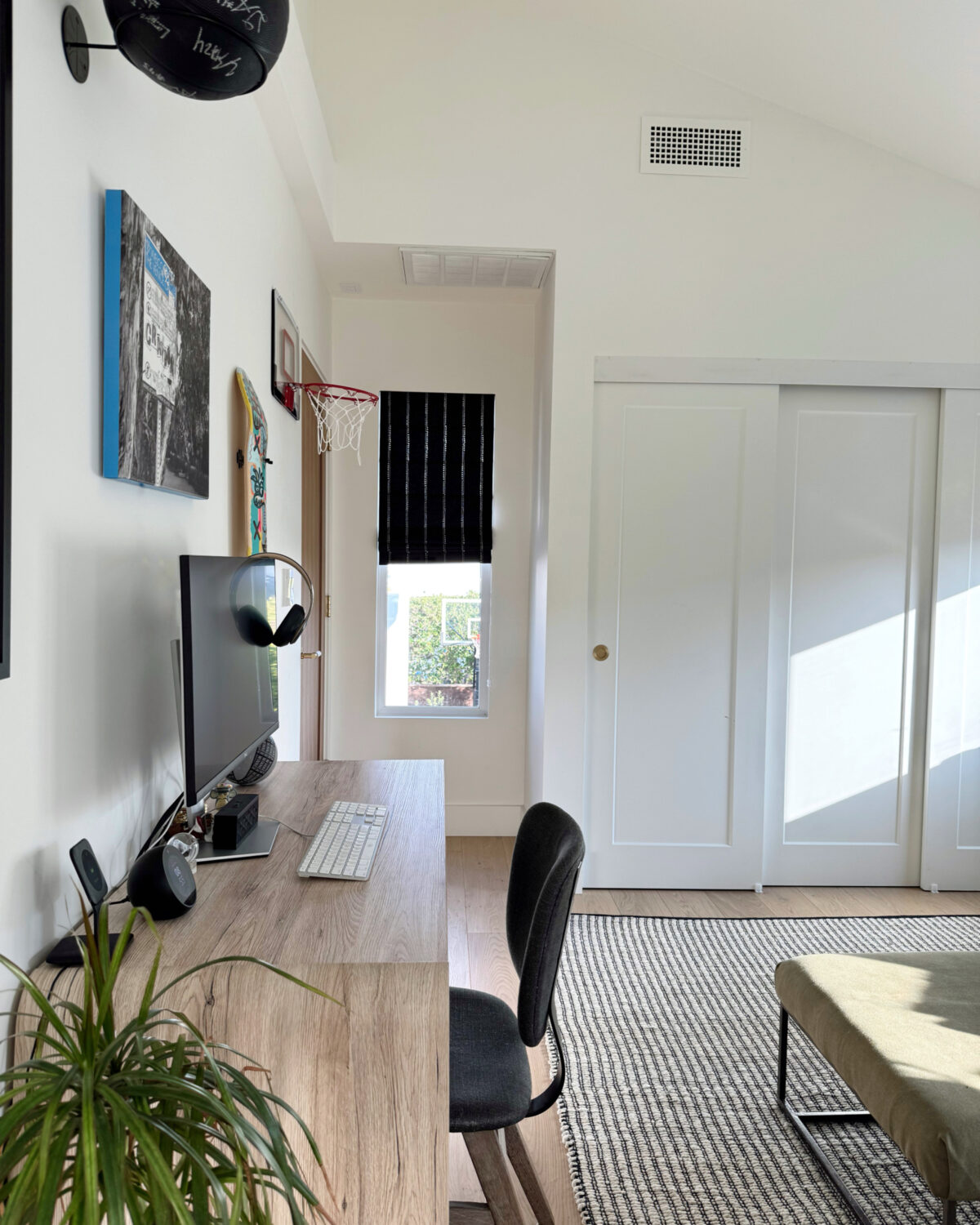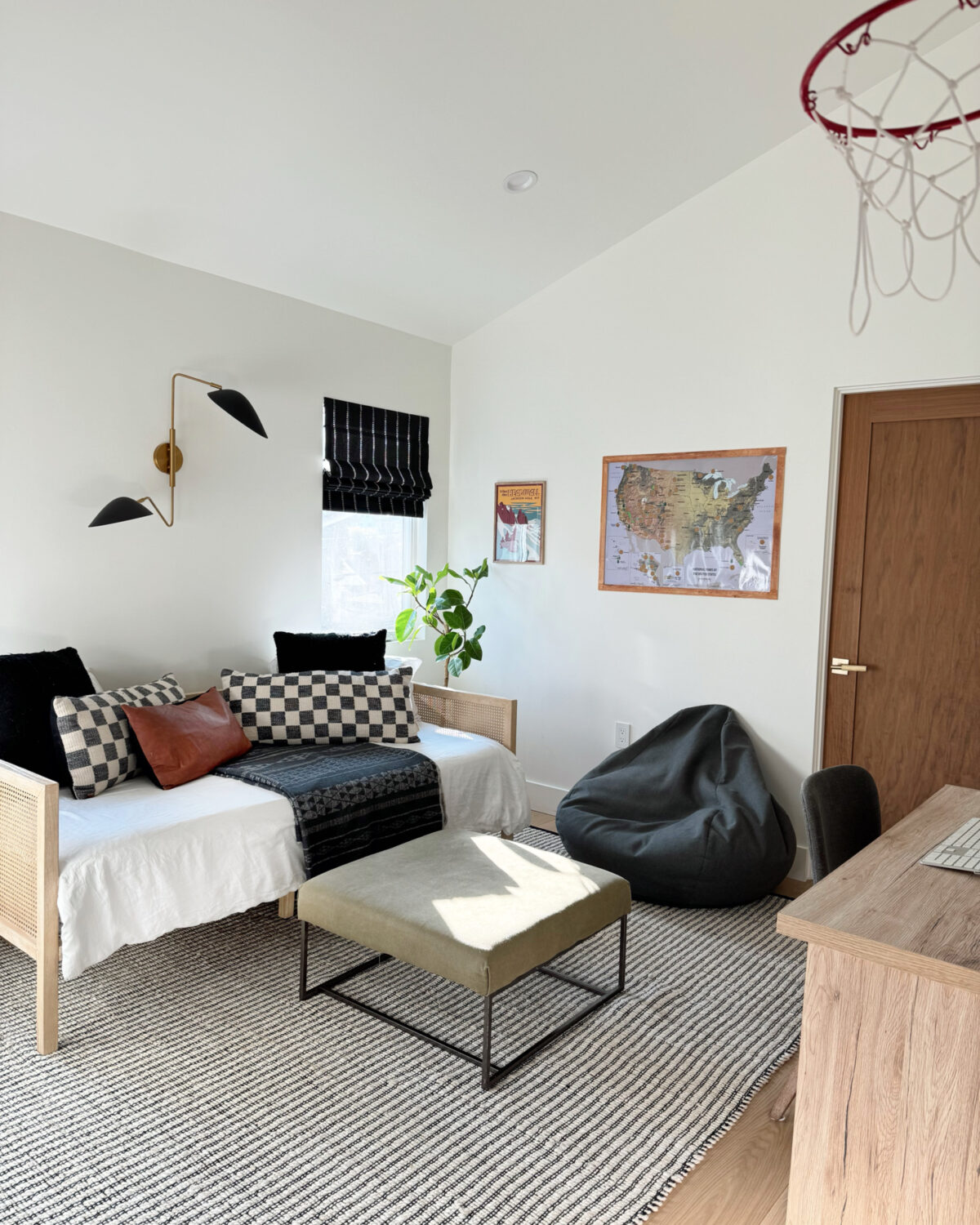When I set out to design my teen daughter’s bedroom (in collaboration with her OF COURSE), we wanted it to be more than just a 11 ft by 11ft box with a bed and dresser. This is her retreat, her hangout spot, and a space that reflects her personality. I wanted her to feel excited to have friends over and show them her room. Our goal was to give her a room that felt uniquely hers—cozy, creative, and full of places to gather with friends. Scroll to the end for a round up of links (rugs, decor, etc).
Here’s how we made it happen.
DIY Paint
The very first thing we did to her room was paint it. She helped me. We painted a chair rail in a very neutral light pink color. It is Tailor Tack by Farrow and Ball, color matched by Benjamin Moore in their matte Aura brand.
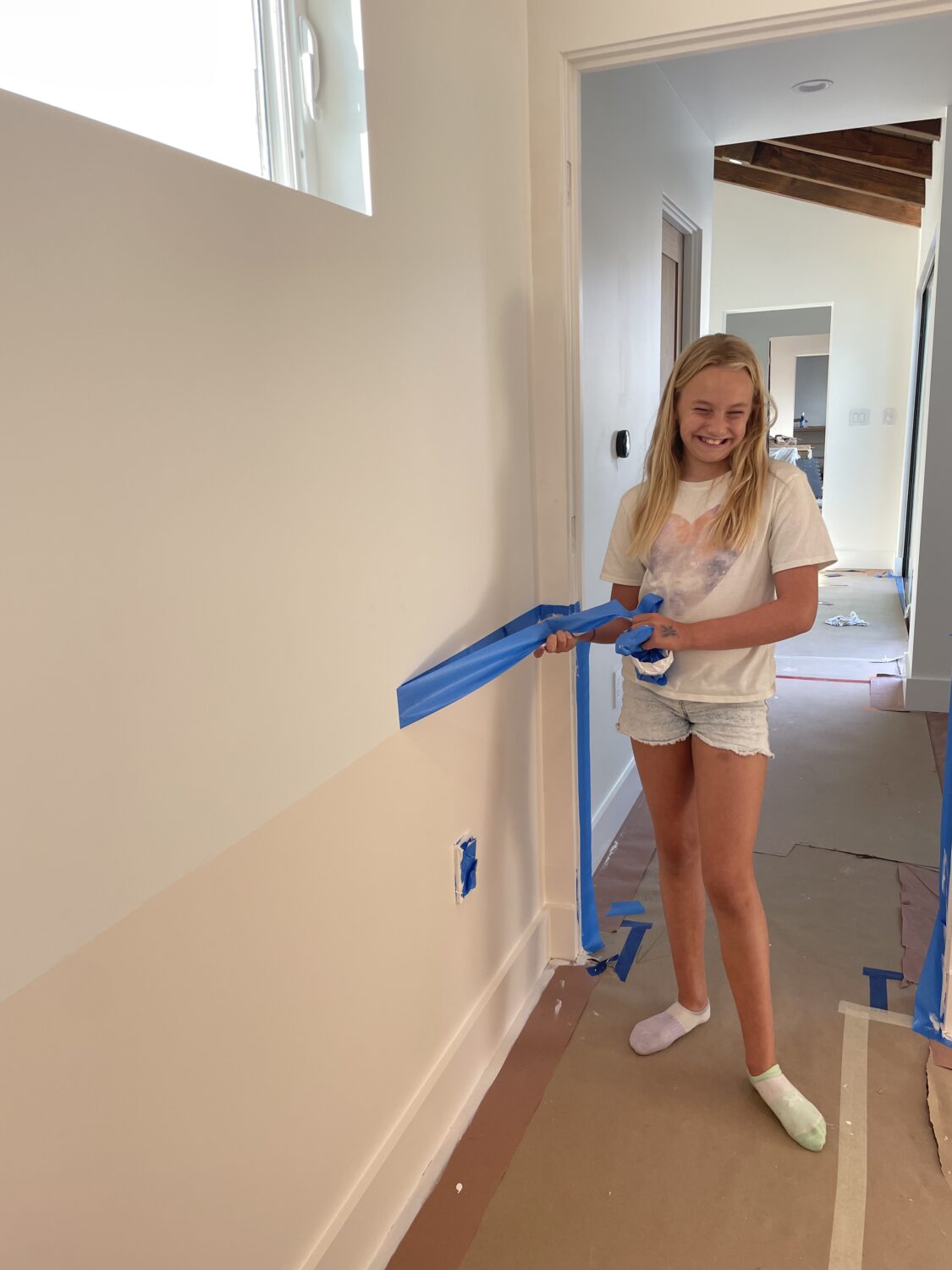
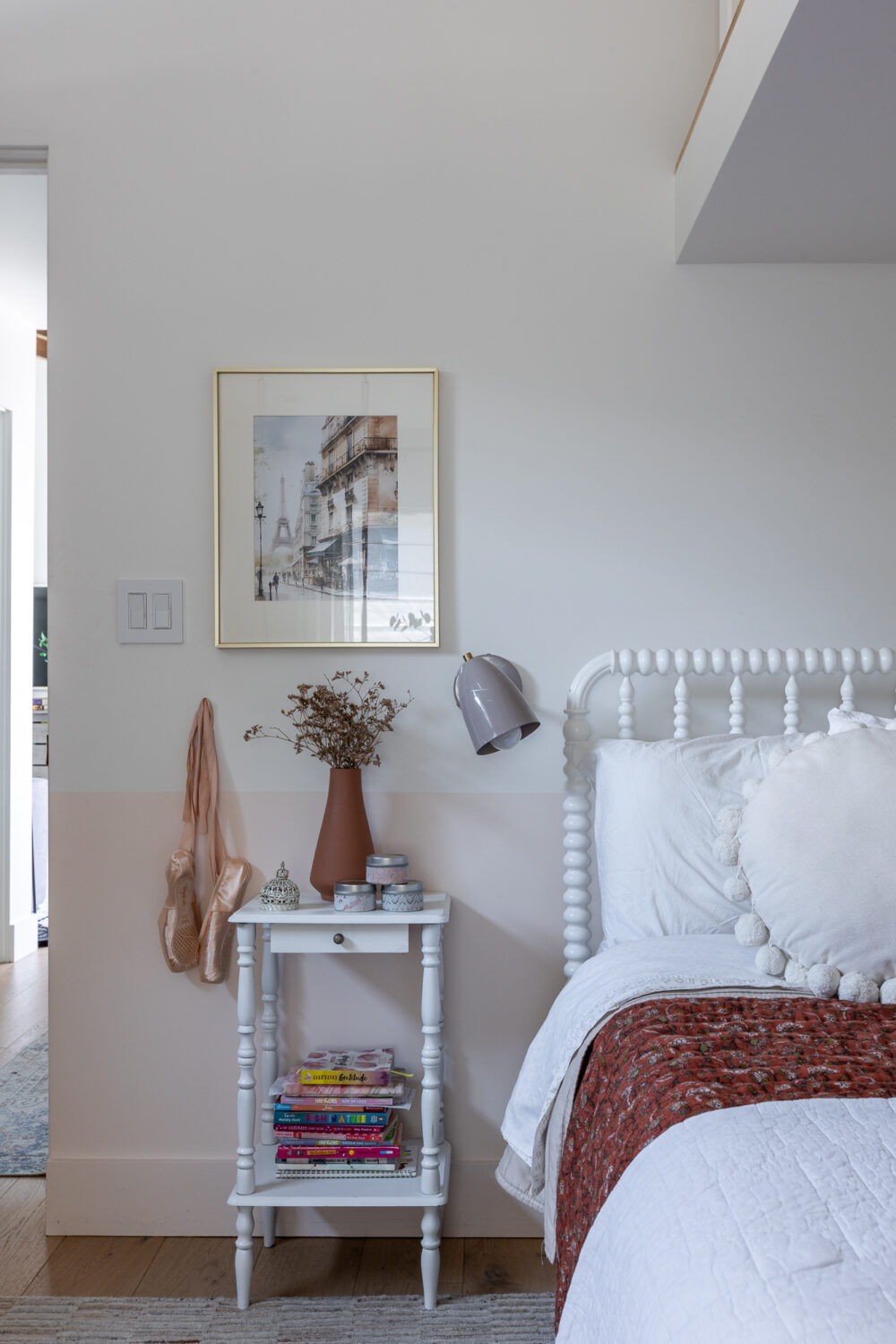
Build her Dream (a Loft): Maximizing Every Inch of Space
She has been asking for a loft since we walked through an open house 9 years ago. Teens love having their own “hangout zone,” so the loft was always on our list. By taking advantage of vertical space, we created a 10 ft x 6 ft space perfect for lounging with friends, reading, doing nails, or just chilling. It instantly makes the room feel bigger (and the bed space below cozier) and adds that cool factor that makes her excited to invite people over. Another cool feature, is I had extra room at the end of her bed behind the ladder, so I build a simple desk.
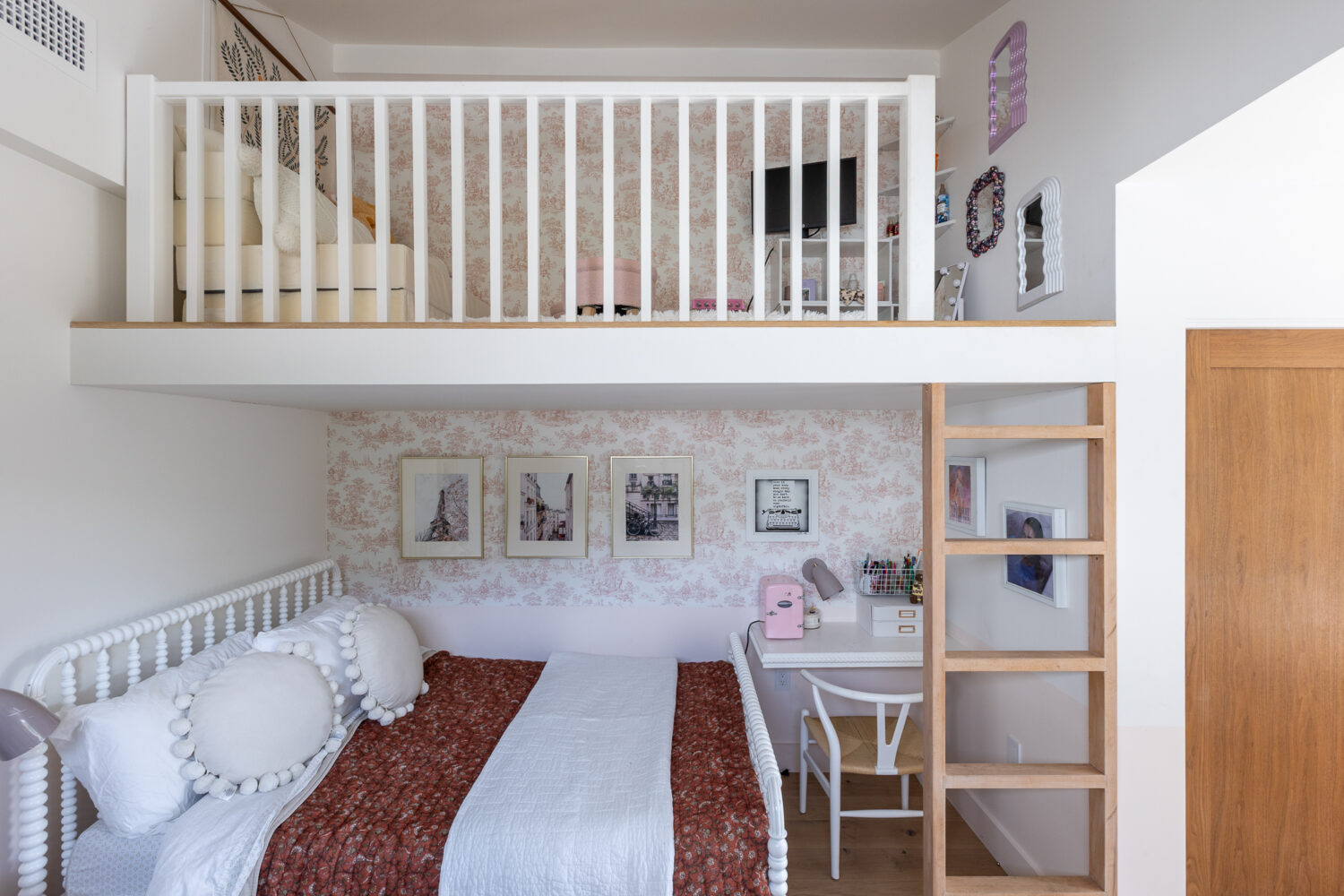
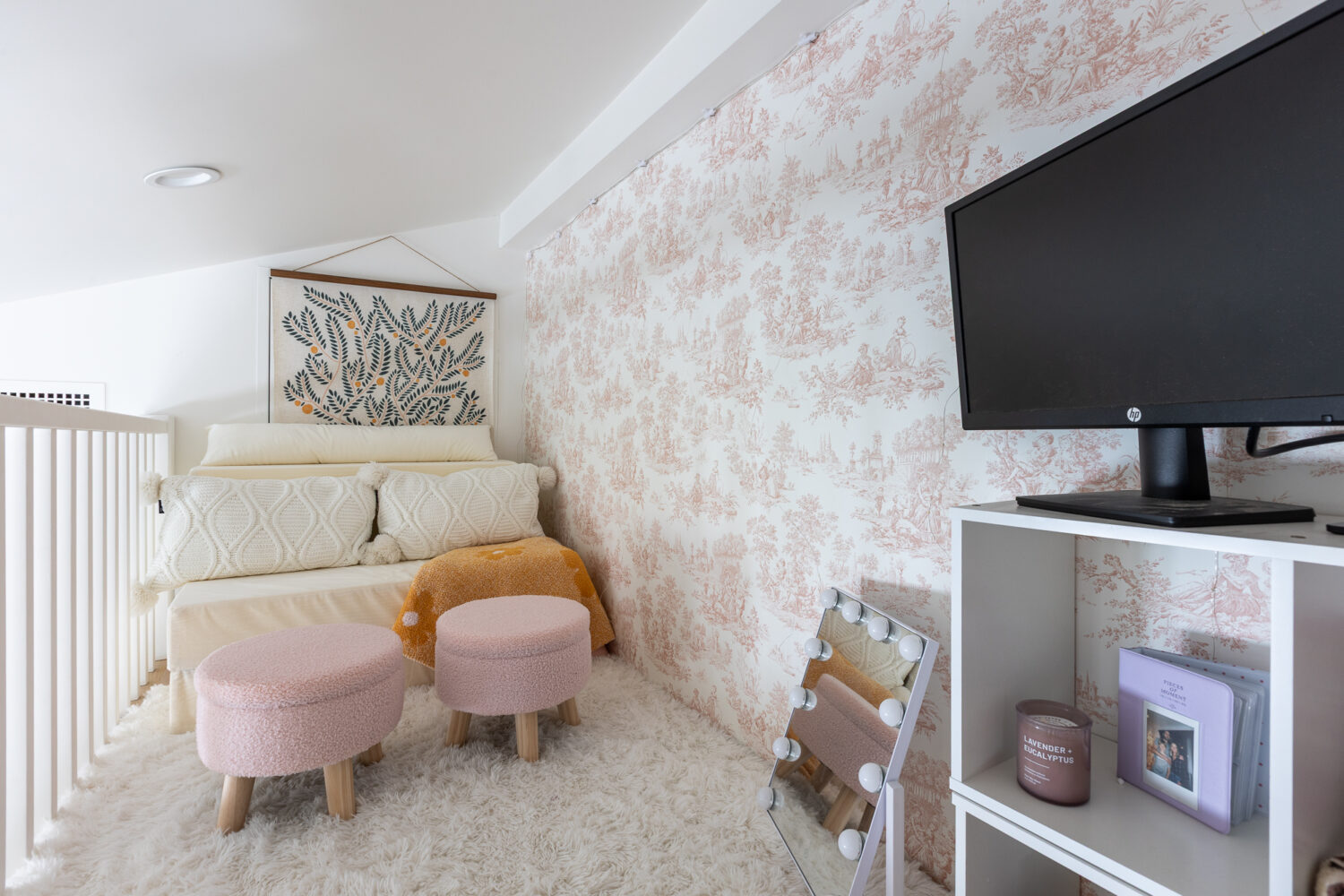
A DIY Window Seat (and more storage)
My daughter loves to curl up with a book, so I built her a DIY window seat. It’s not only functional—it doubles as hidden storage—but also adds a custom, cozy nook that feels like her personal little library corner. With plush cushions and pillows (of course!), it’s become a nice extra nook and adds extra seating when her friends come over. I bought a cheap tv stand off Facebook Marketplace and made it our own to match the vibe of her room with paint and new hardware. To add depth to the seat, I added some framing behind it, which is hidden by the pillow top. To make it look built in, I added molding to each side. Easy!
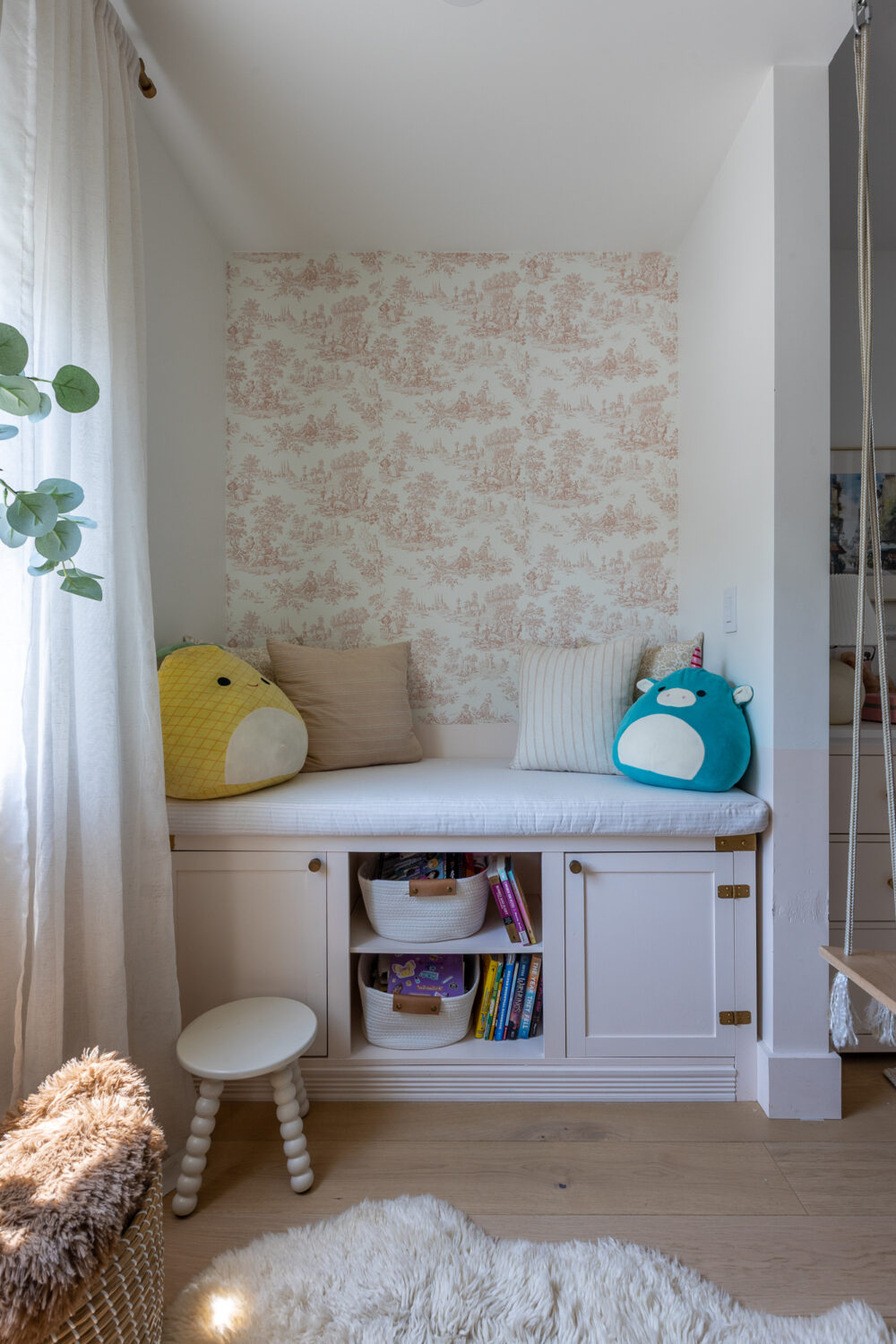
IKEA Hack: A Custom Dresser
No teen room is complete without storage for clothes and treasures. Yes one of the drawers is a treasure drawer (I call it her junk drawer). Instead of buying something off the shelf, I gave a basic IKEA dresser a makeover with paint and new hardware. With a little creativity, new hardware, and fresh styling, it looks completely custom for her.
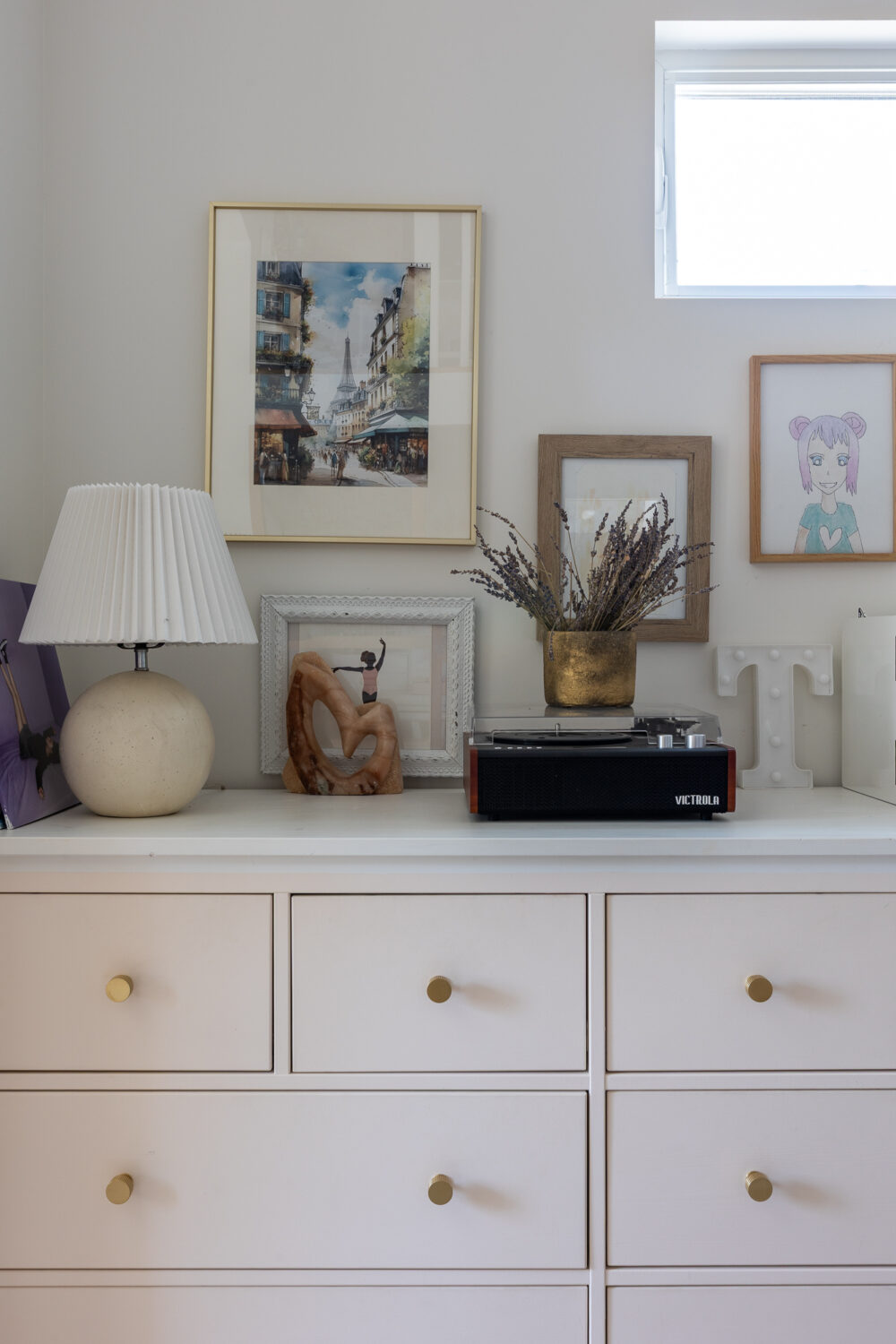
A Swing Inside Her Room
This might just be the star of the show. Adding a swing indoors was a bold choice, but it’s been such a hit. It’s playful and unexpected, yet styled in a way that feels modern and chic, not childish. I have a separate “how-to” post about\ it available here.
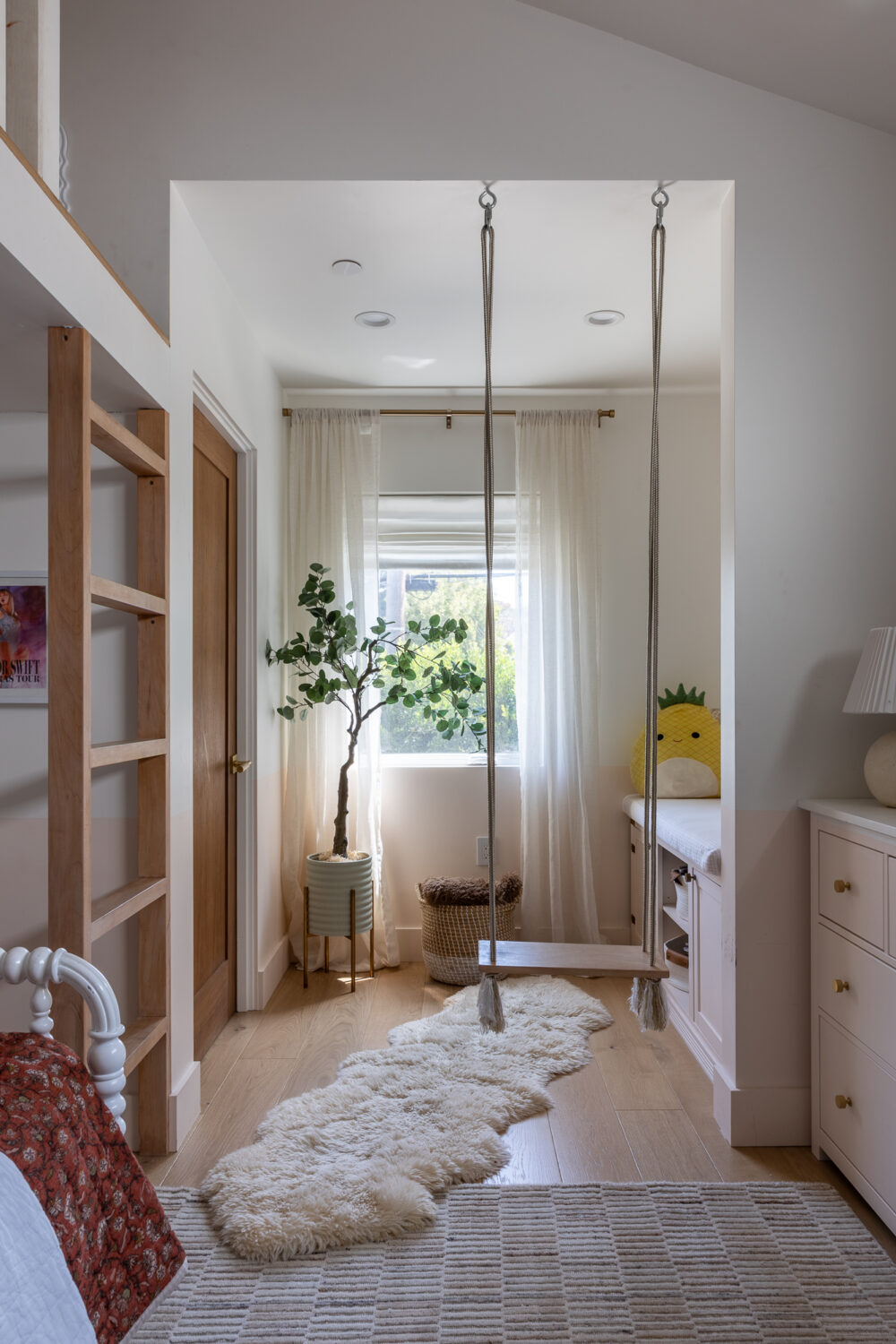
Peel-and-Stick Wallpaper Magic
Walls set the tone for any room, and peel-and-stick wallpaper gave us the flexibility to add personality without commitment. It’s stylish, easy to install (and remove when her tastes change), and instantly transformed the room. To add more personality, we framed some pictures from Paris and Olivia Rodrigo and TS.
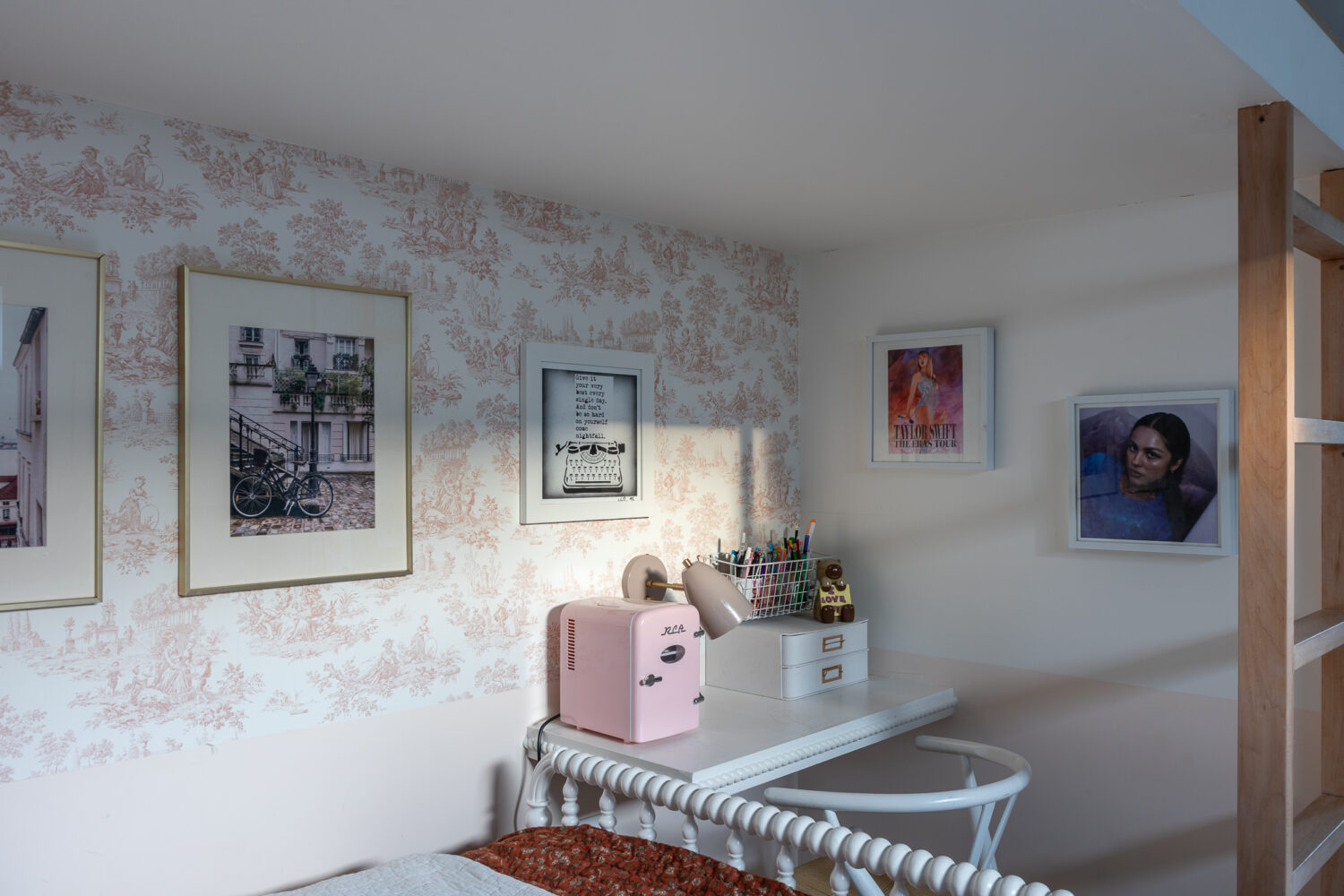
The Result: A Reflection of Her
The best part of this project isn’t just the DIYs or creative space planning, it’s how much the room reflects her. From the loft to the swing, everything was chosen with her in mind. It’s a room that makes her feel at home, safe, inspires her creativity, and gives her space to grow.
Designing for a teen is all about listening to what they love, layering in function, and adding a little magic. I think we accomplished all three and seeing her enjoy the space every day is the biggest reward.
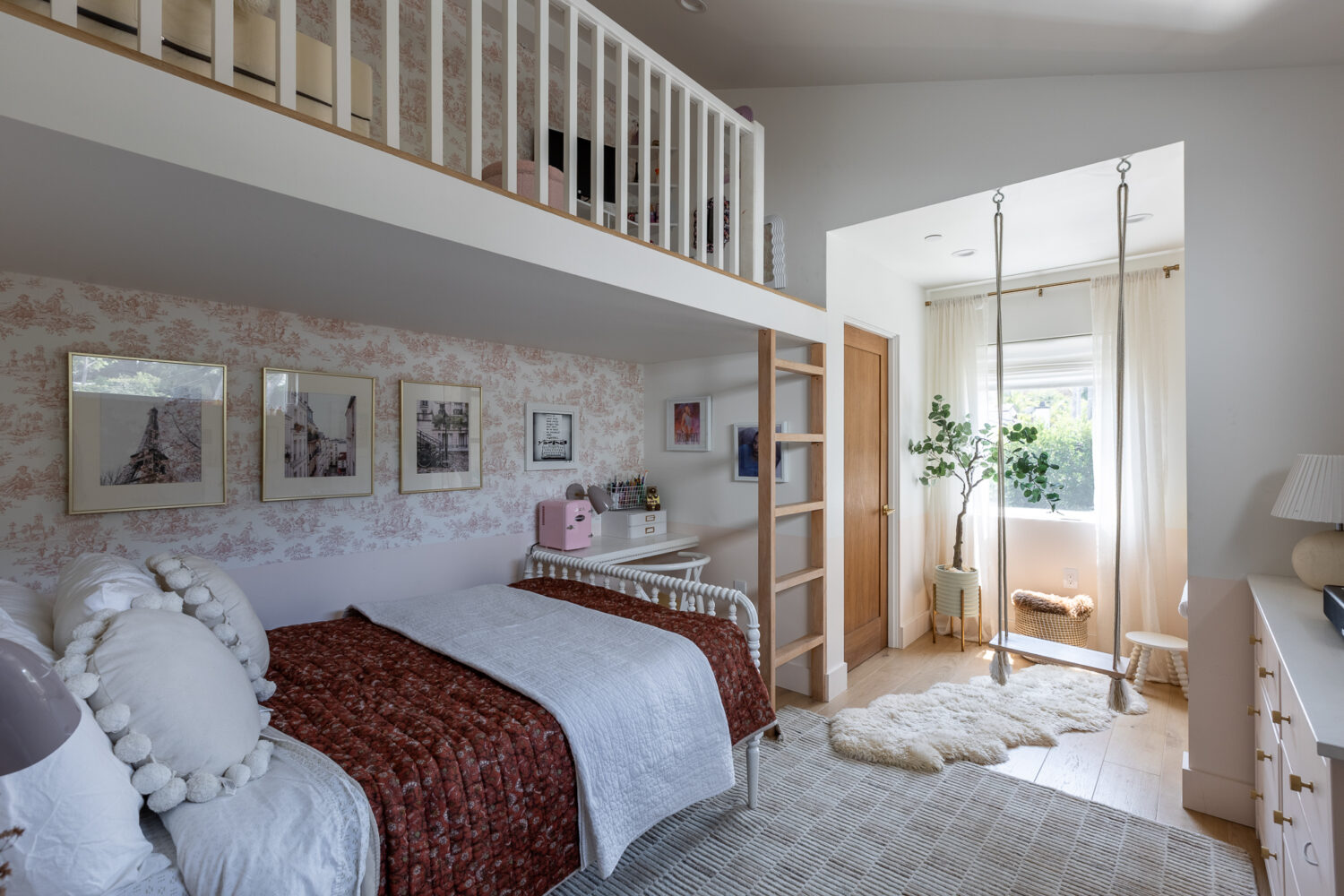
Hope this helps with some ideas for your teen’s room. Feel free to reach out to me if you want my design help! I offer a free consult to go over my process, fees, ideas, etc.
Photos: By Kate Wichlinski
xx,
Kristin

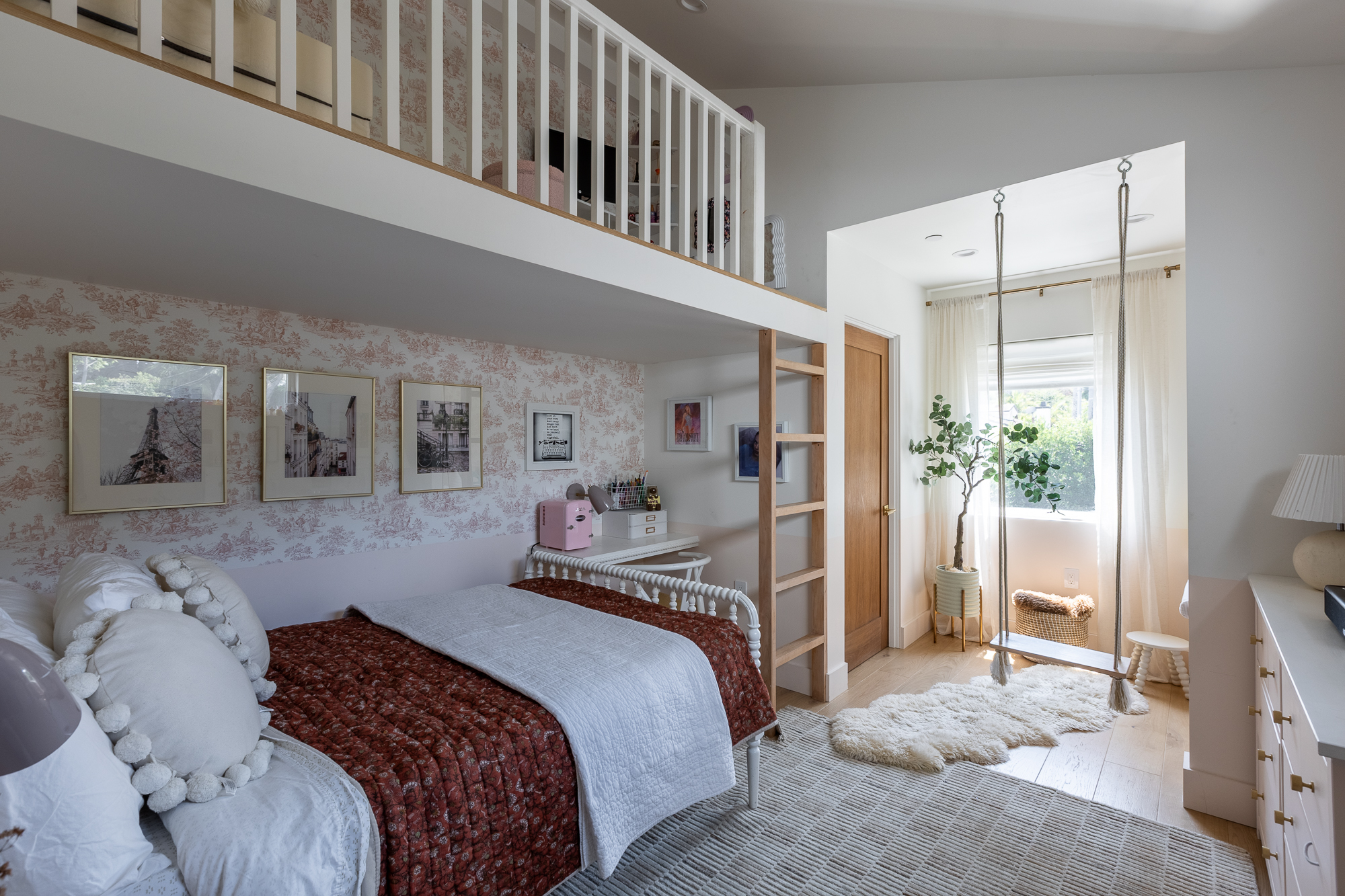


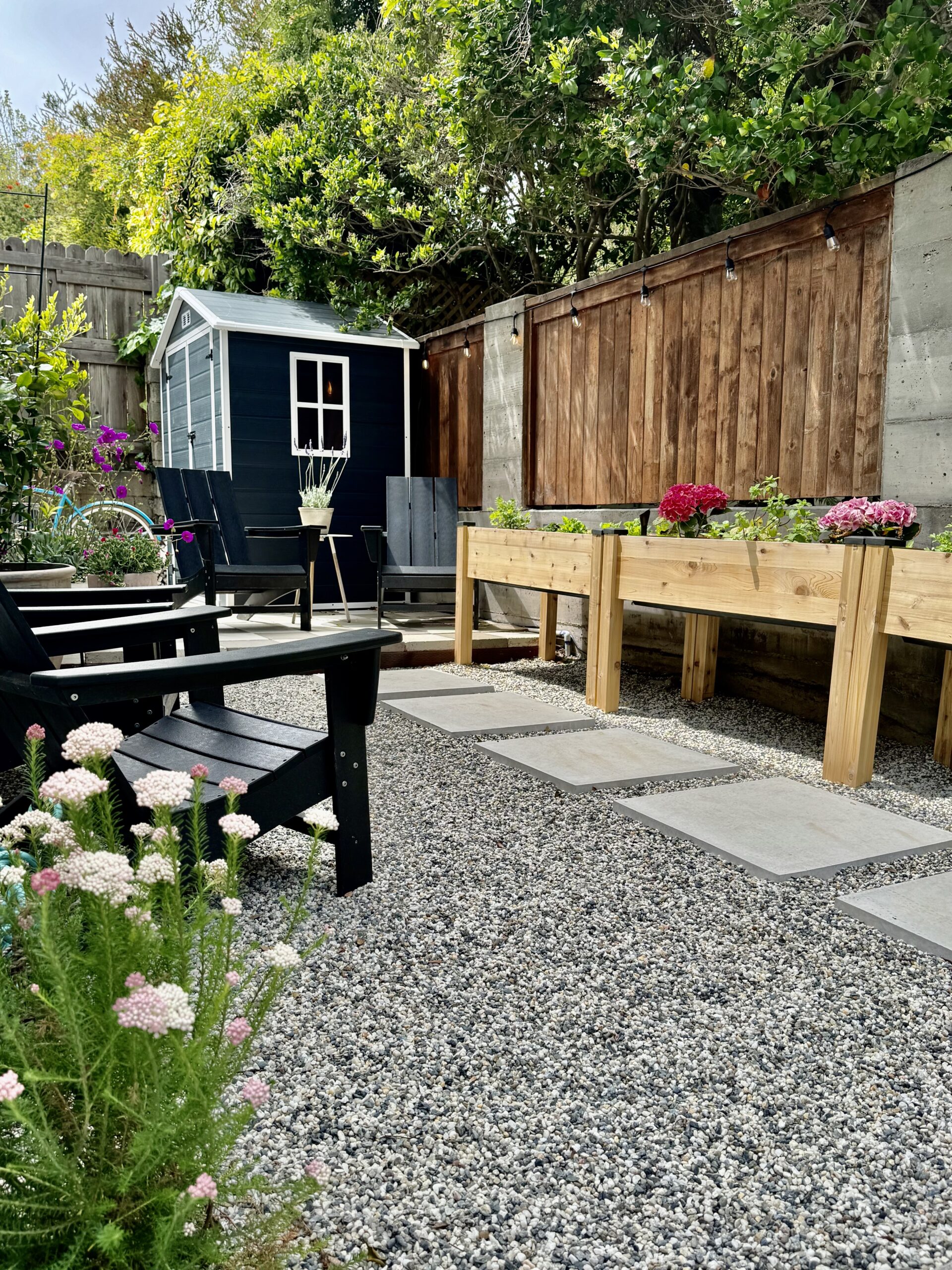
 What was once a small, neglected space behind our house has become one of the most loved areas of our home.
What was once a small, neglected space behind our house has become one of the most loved areas of our home.